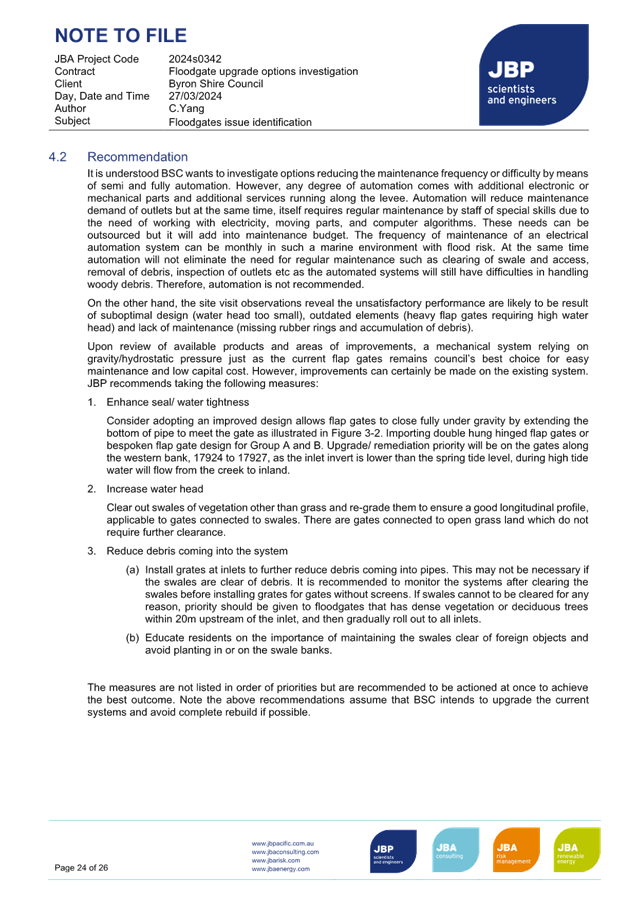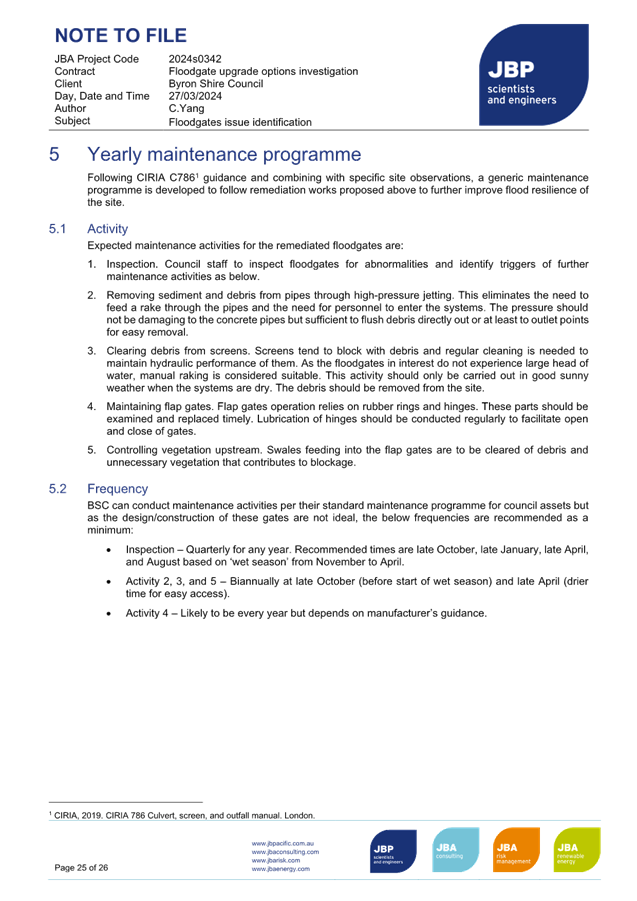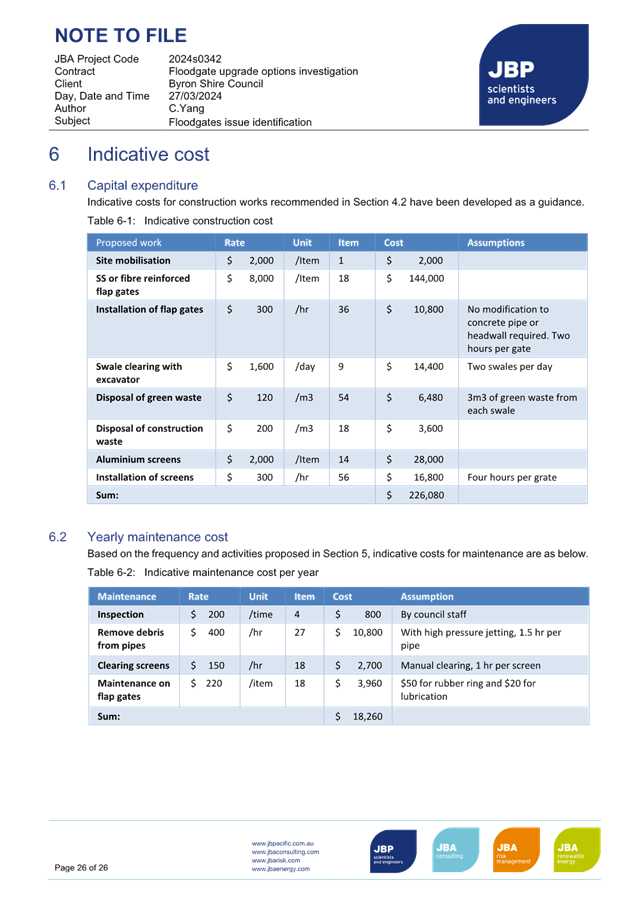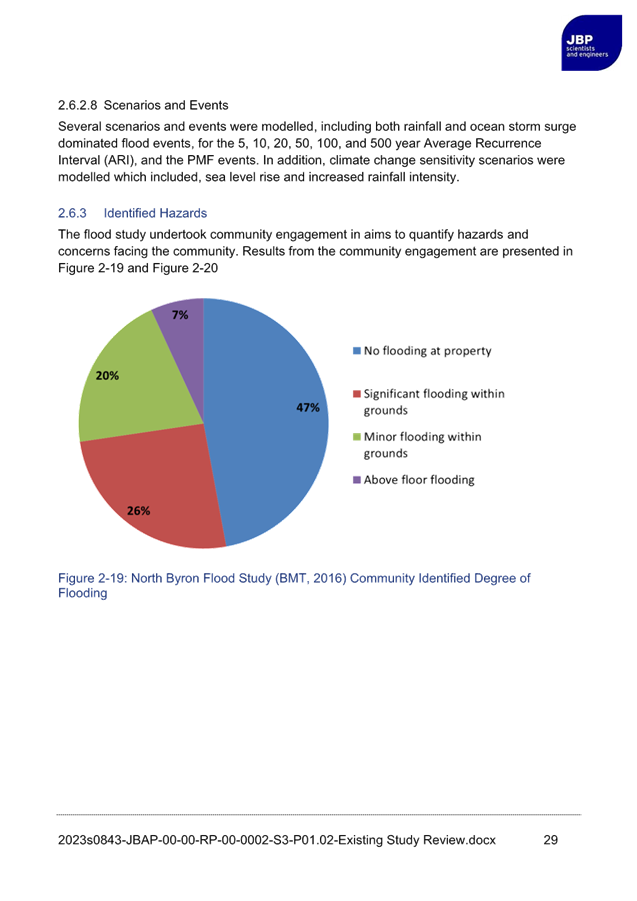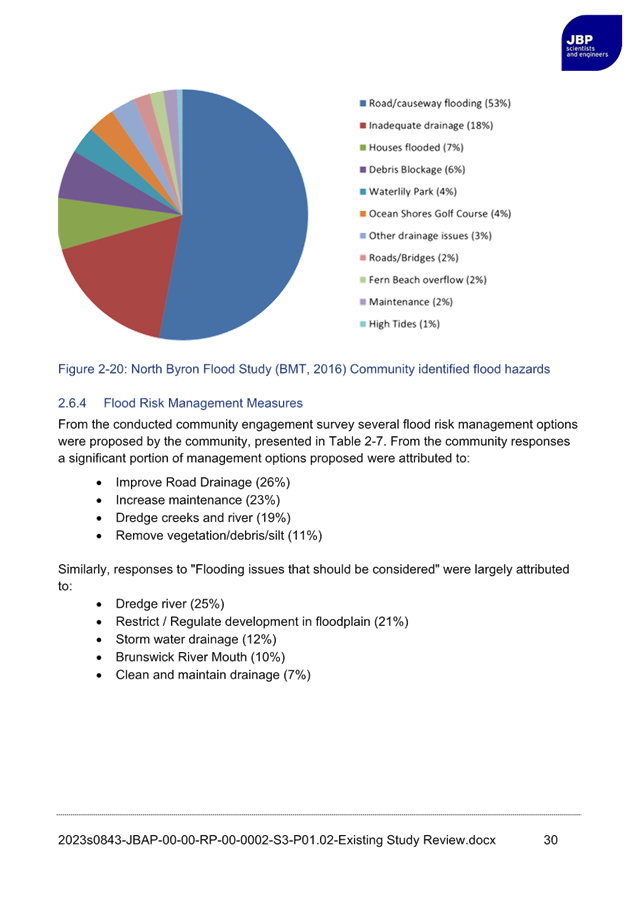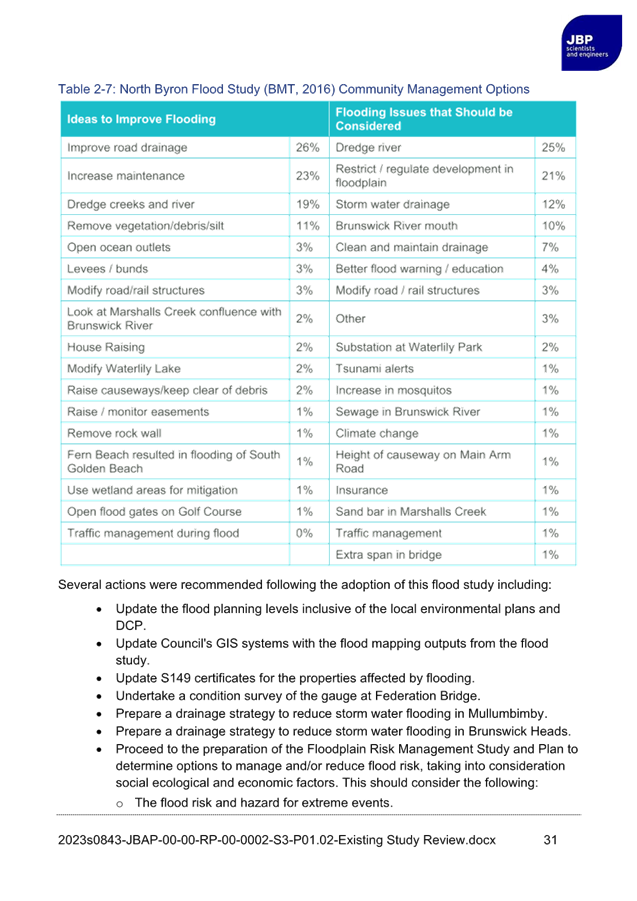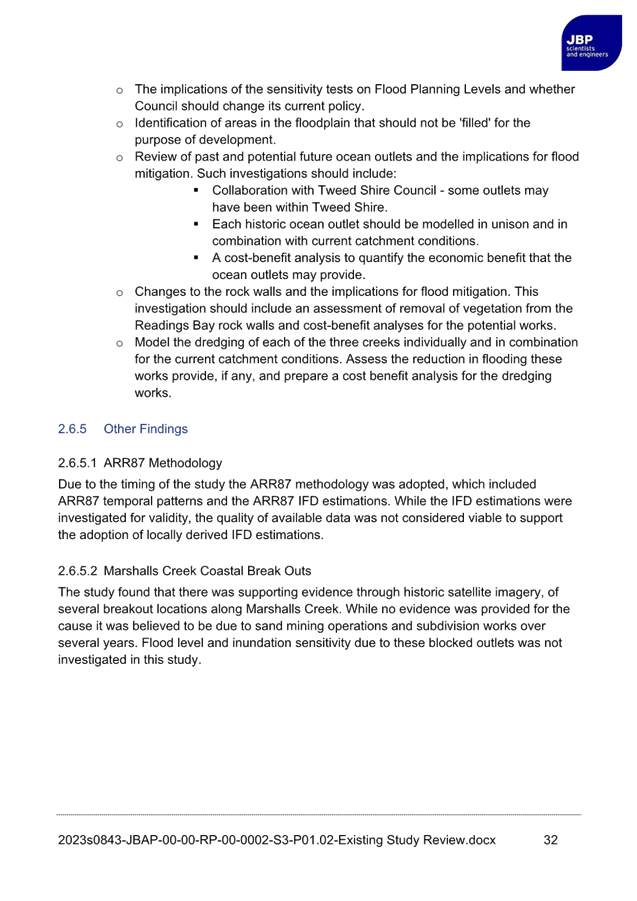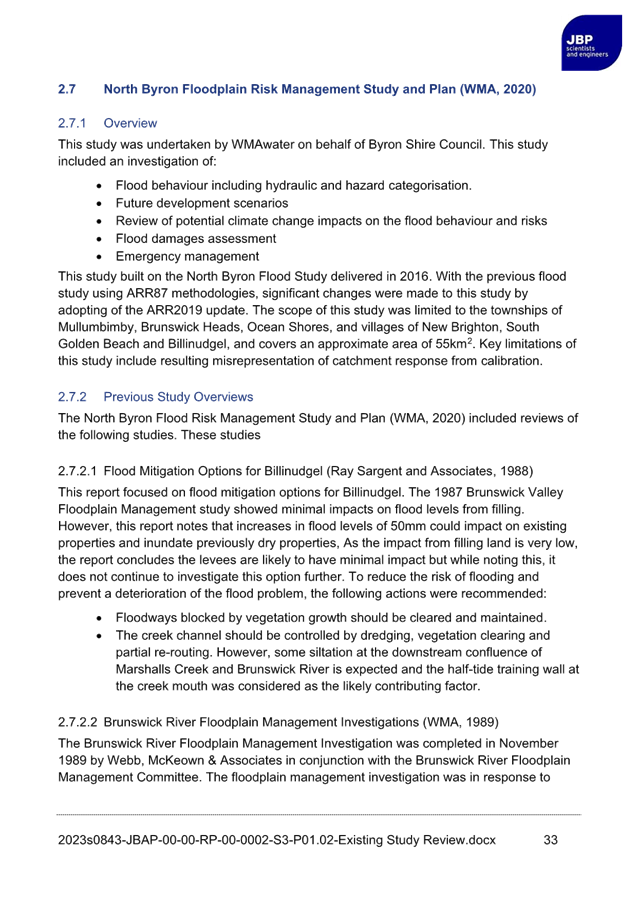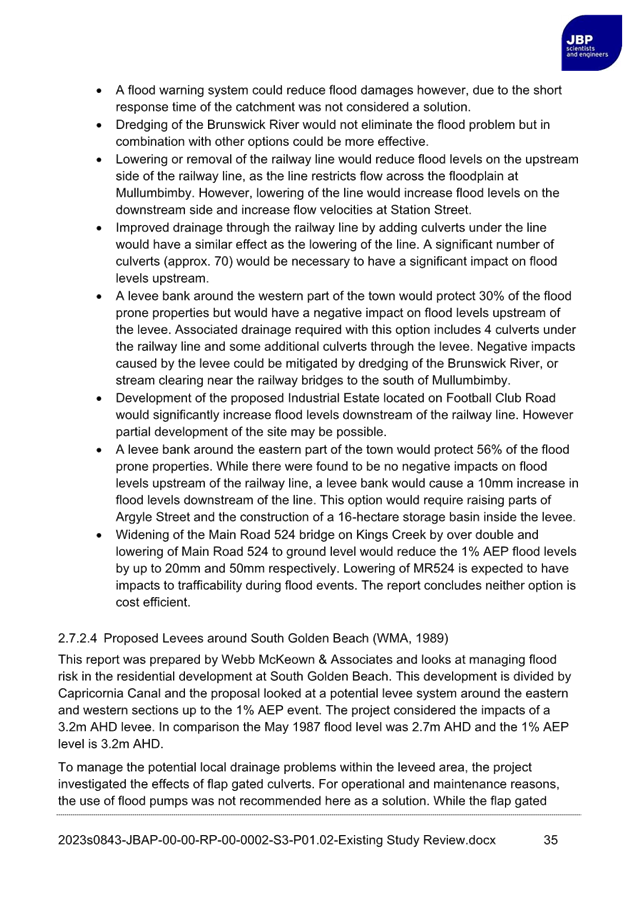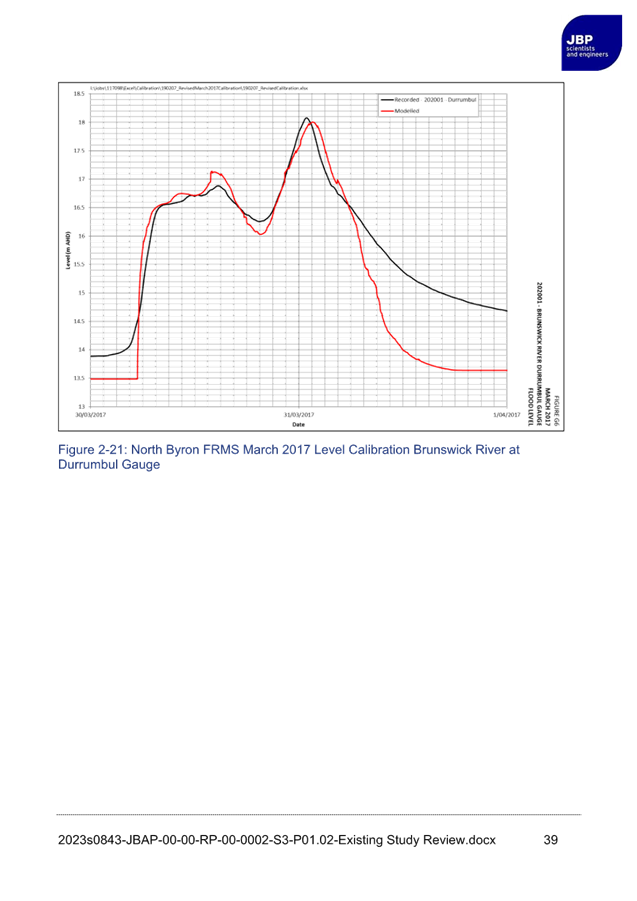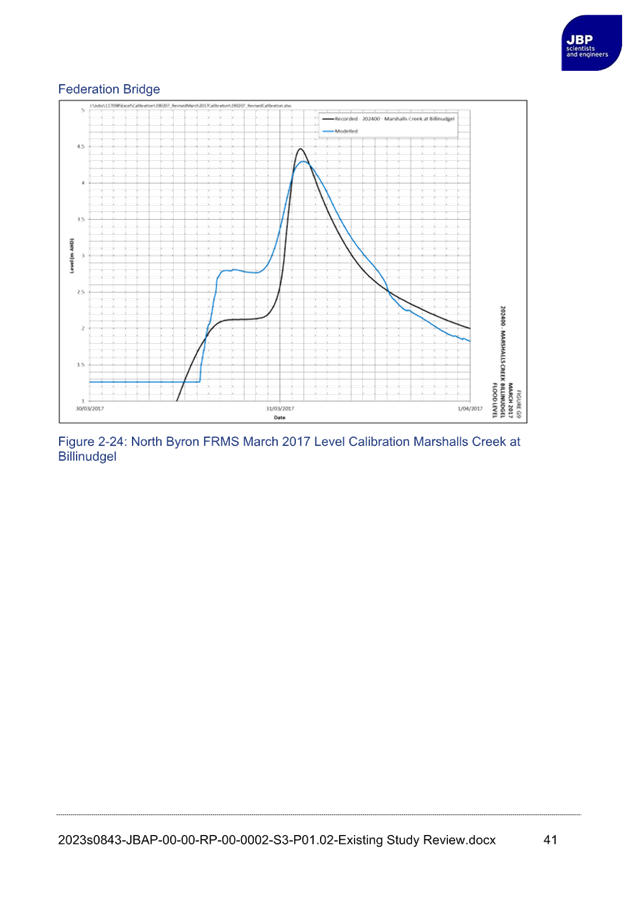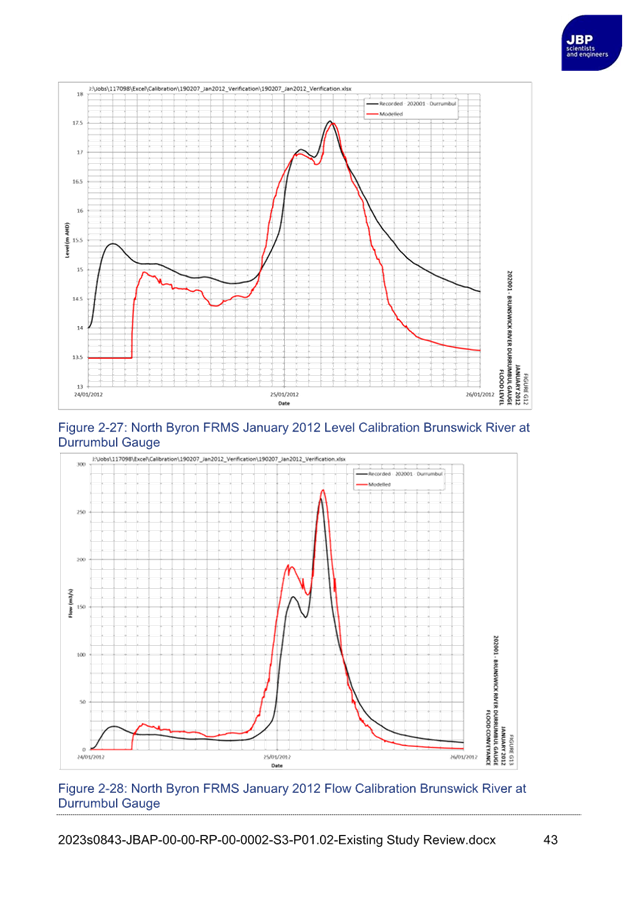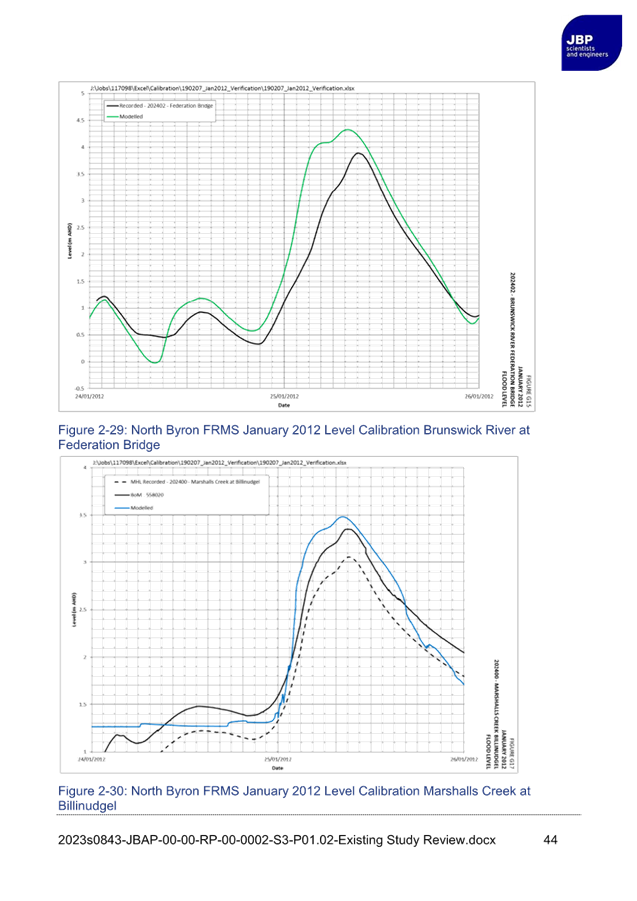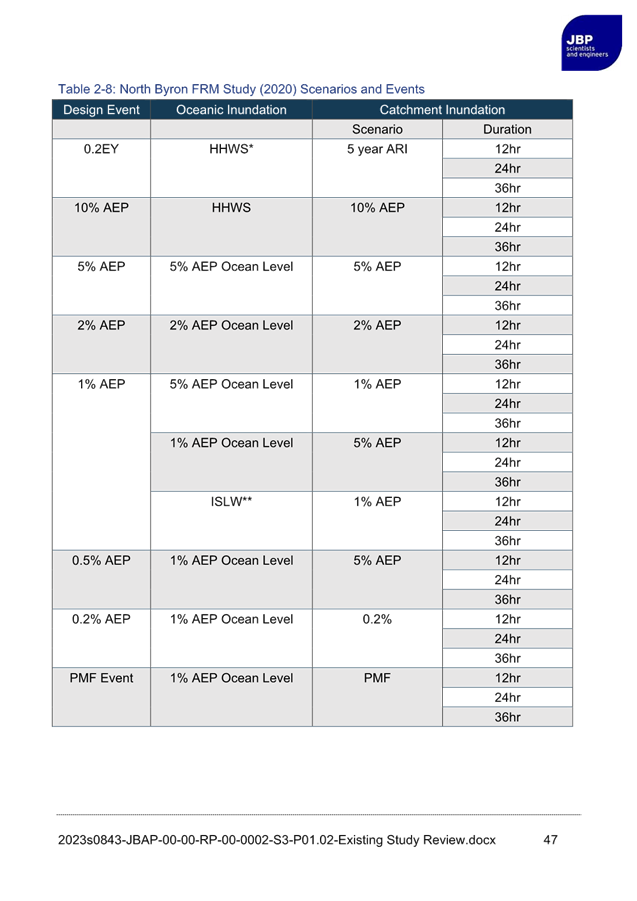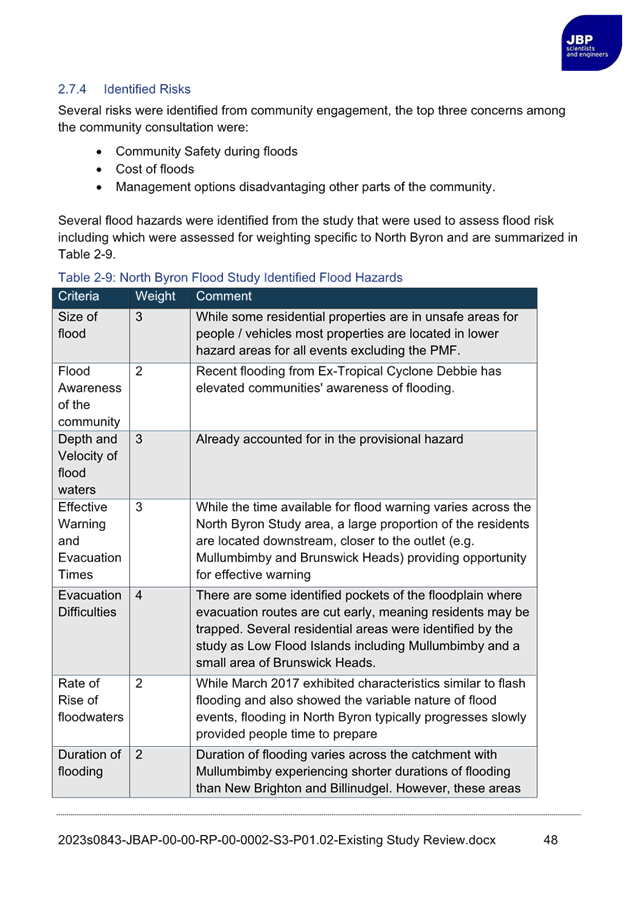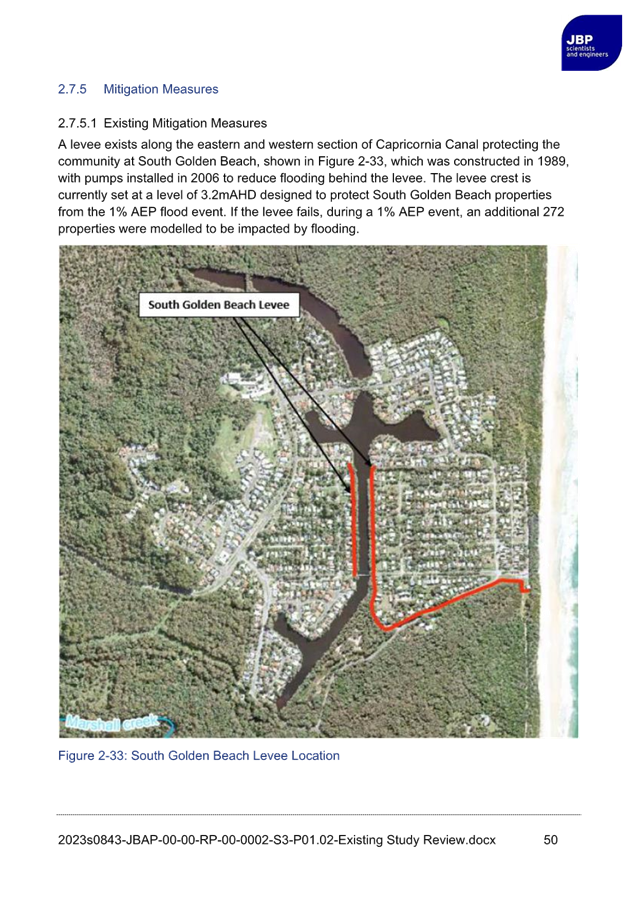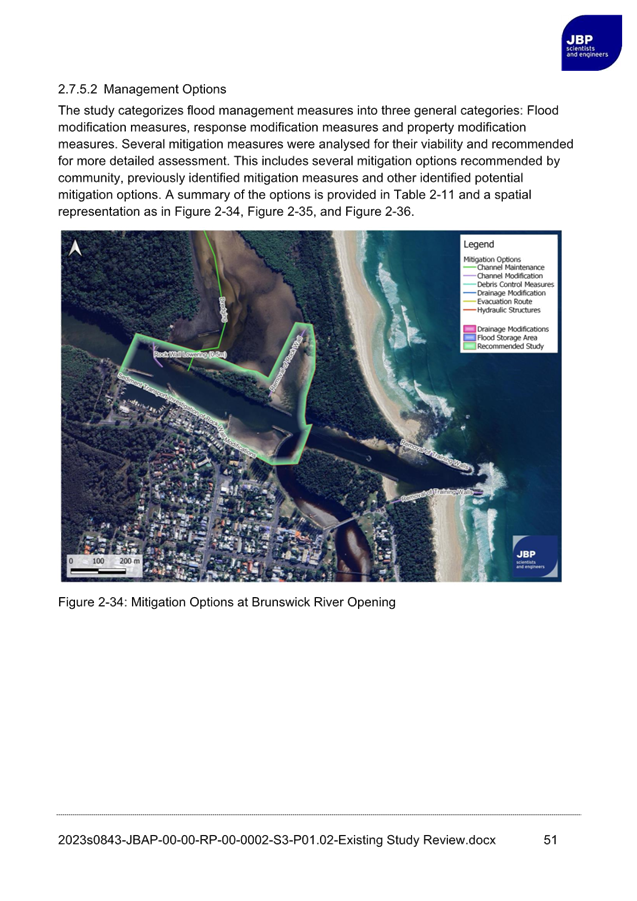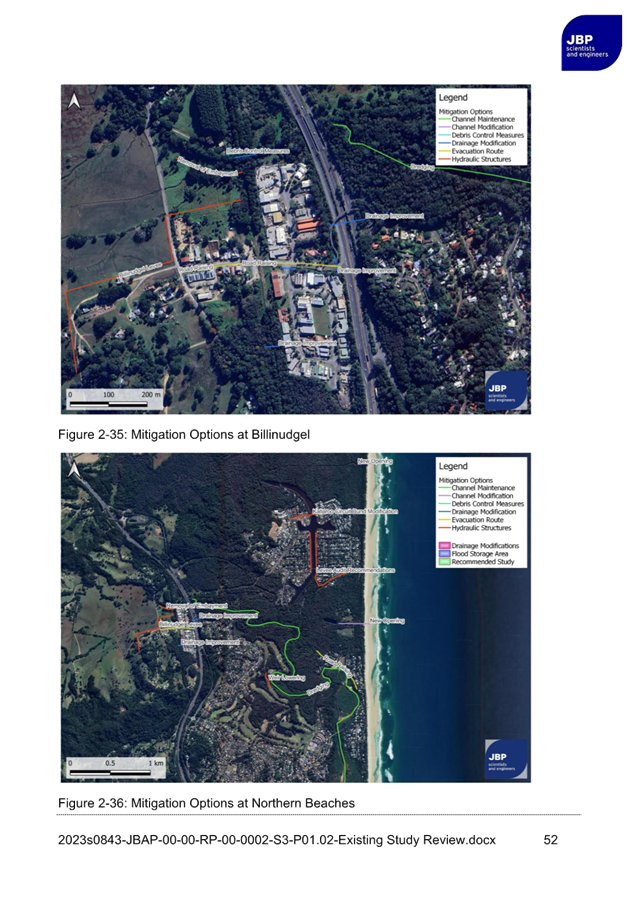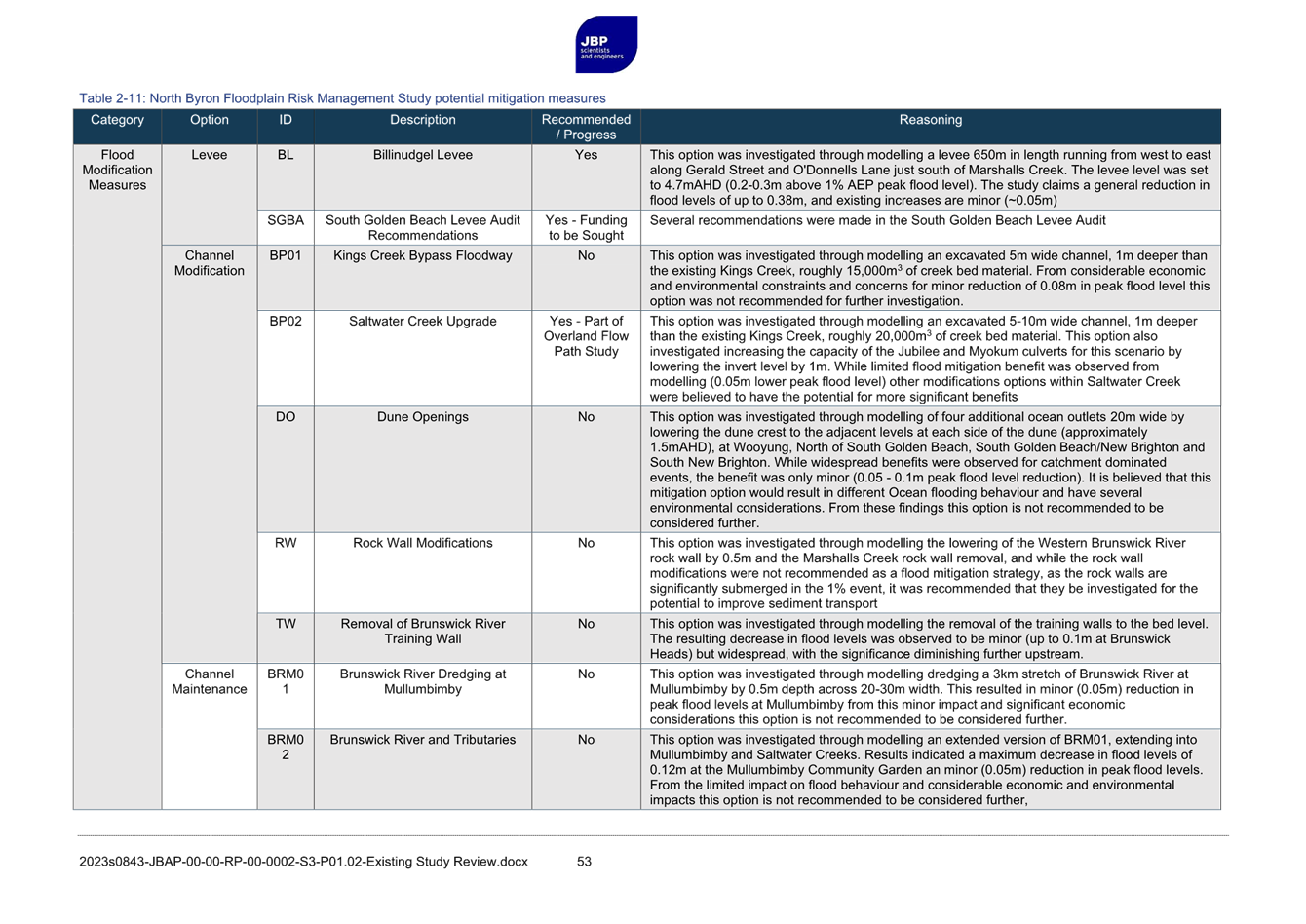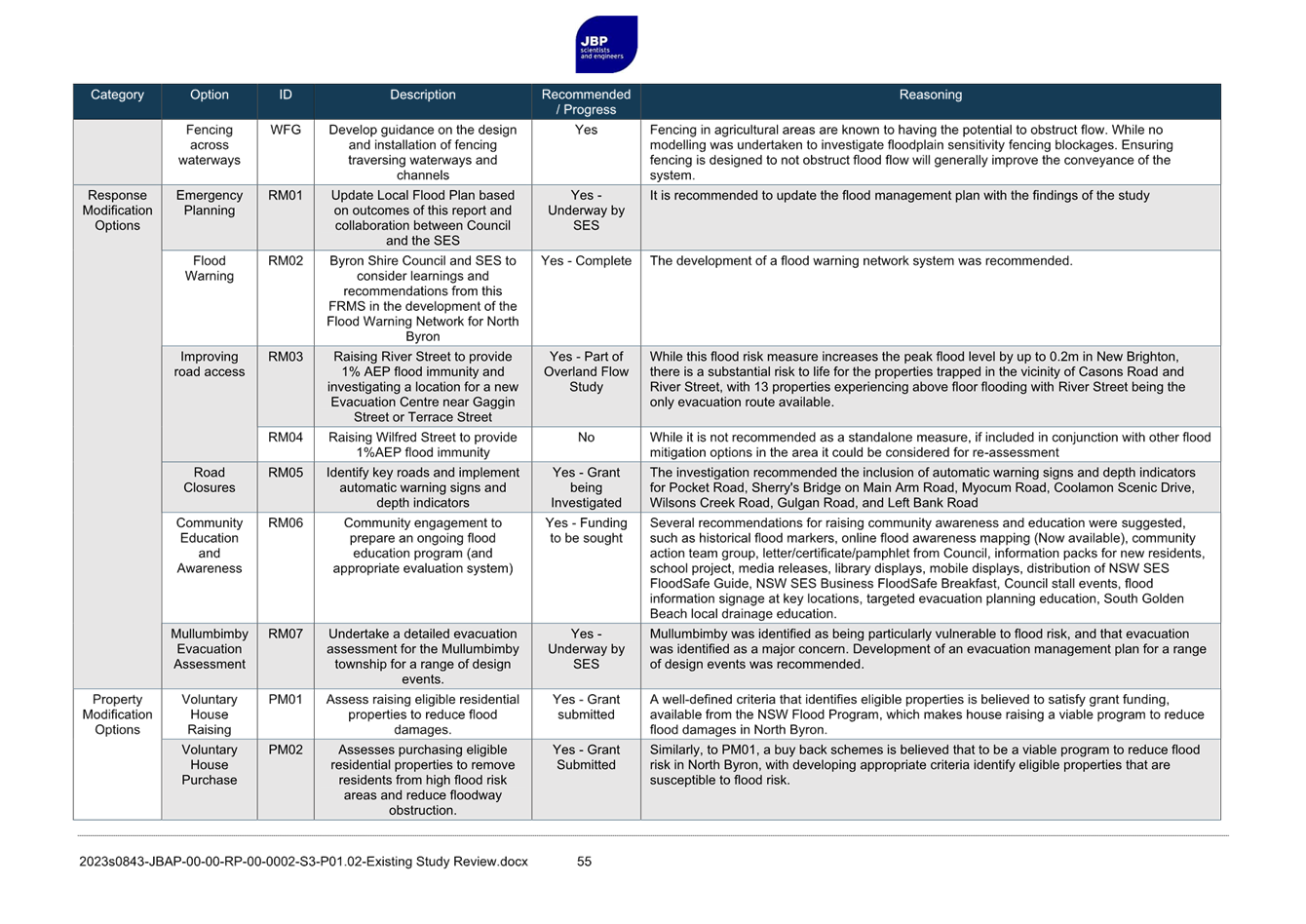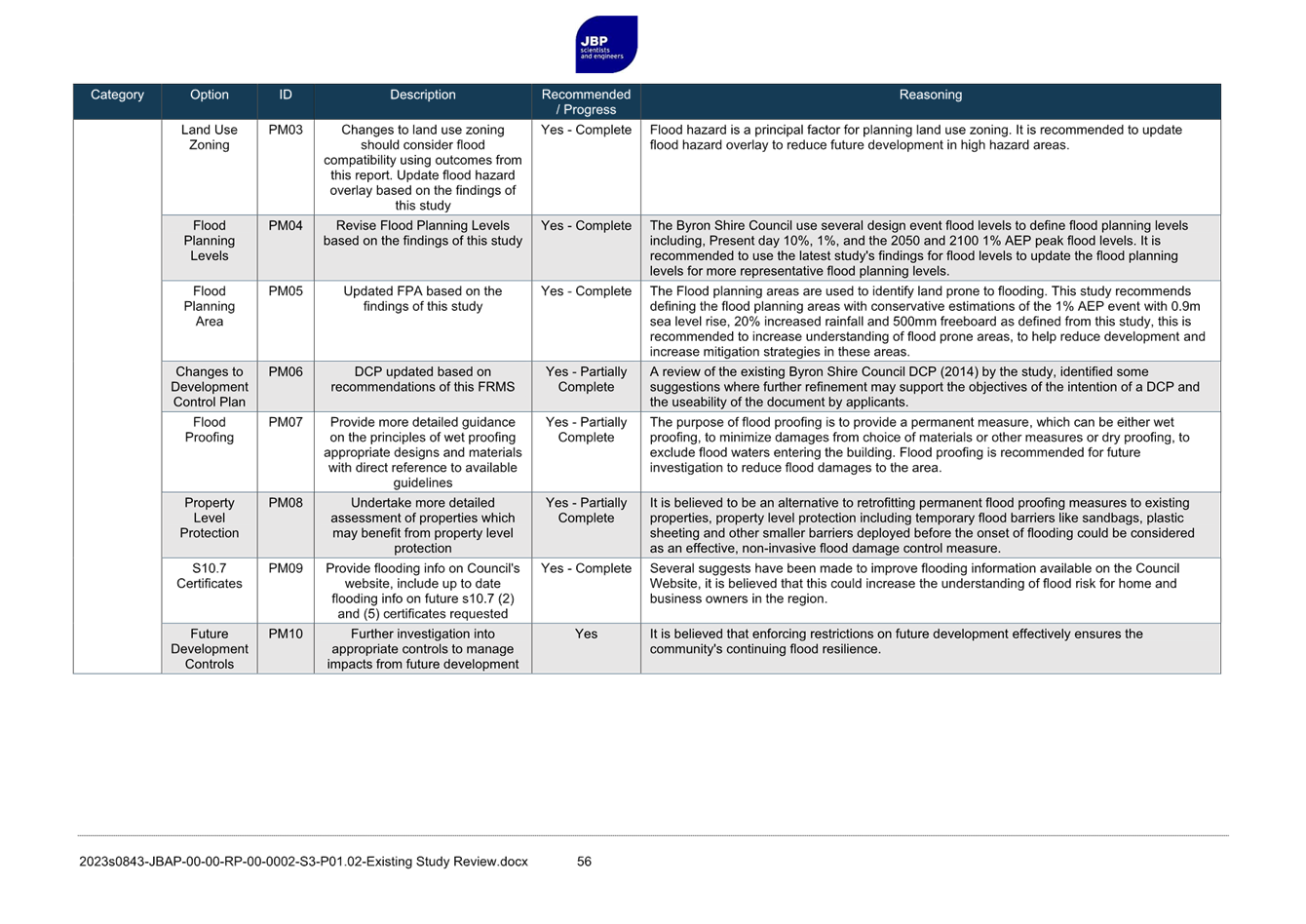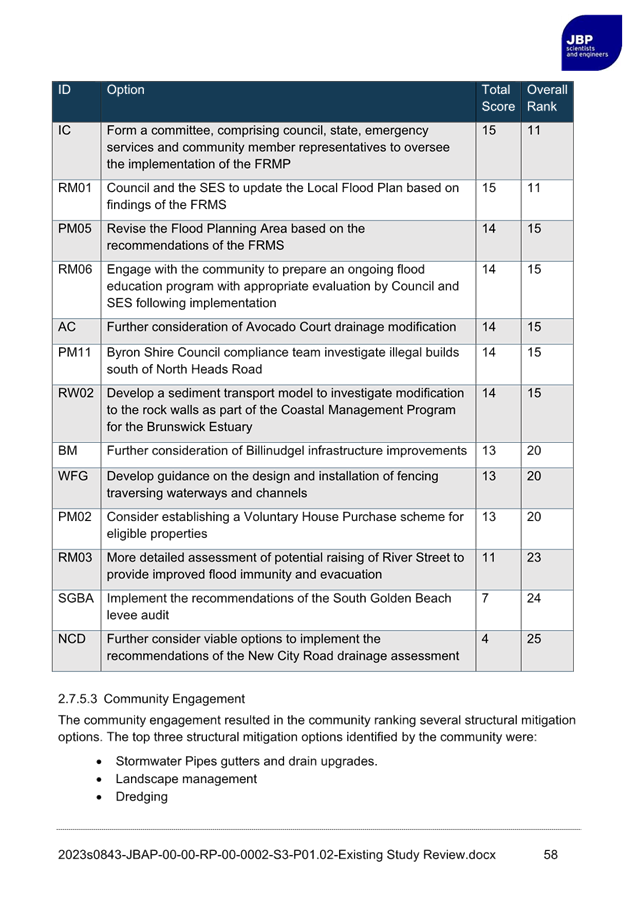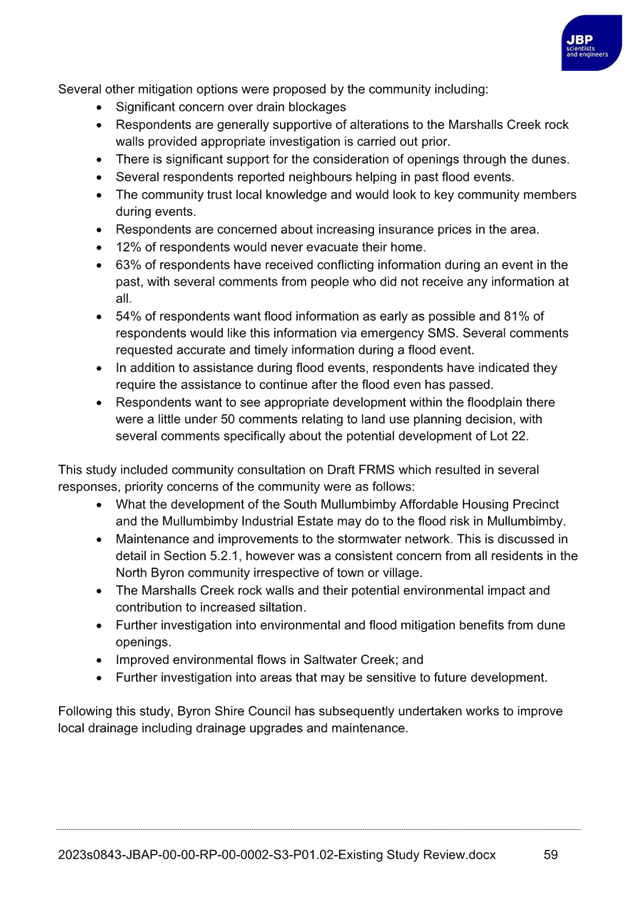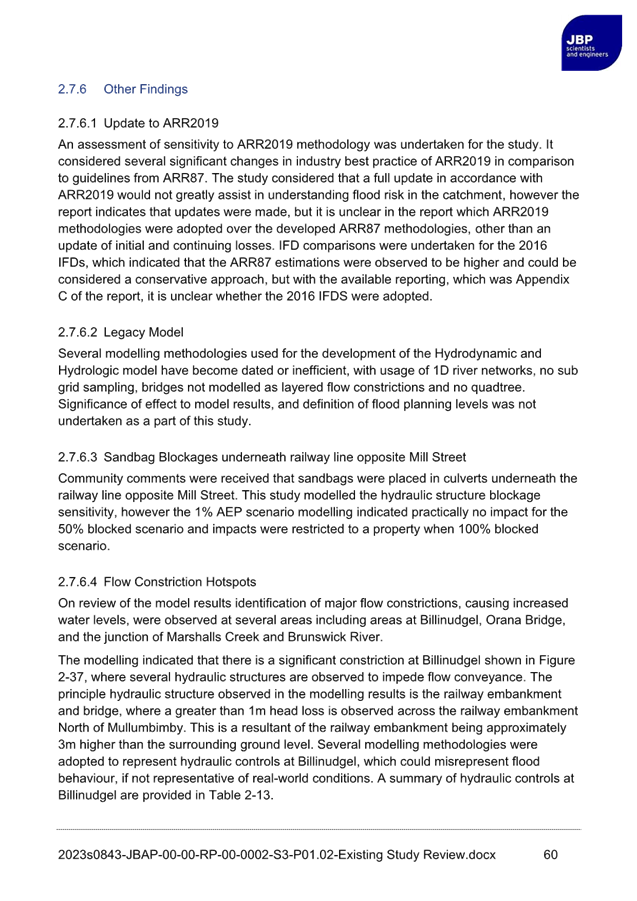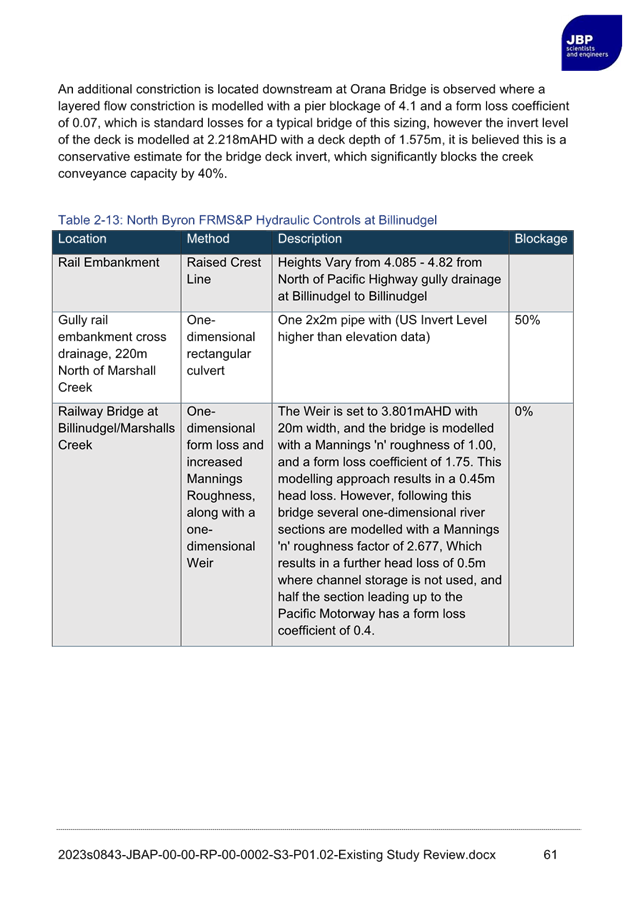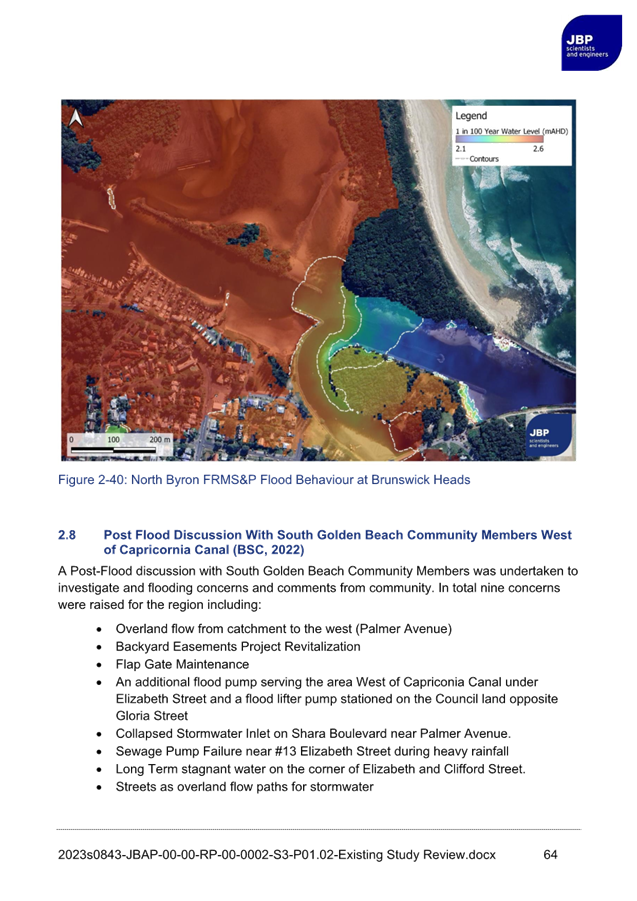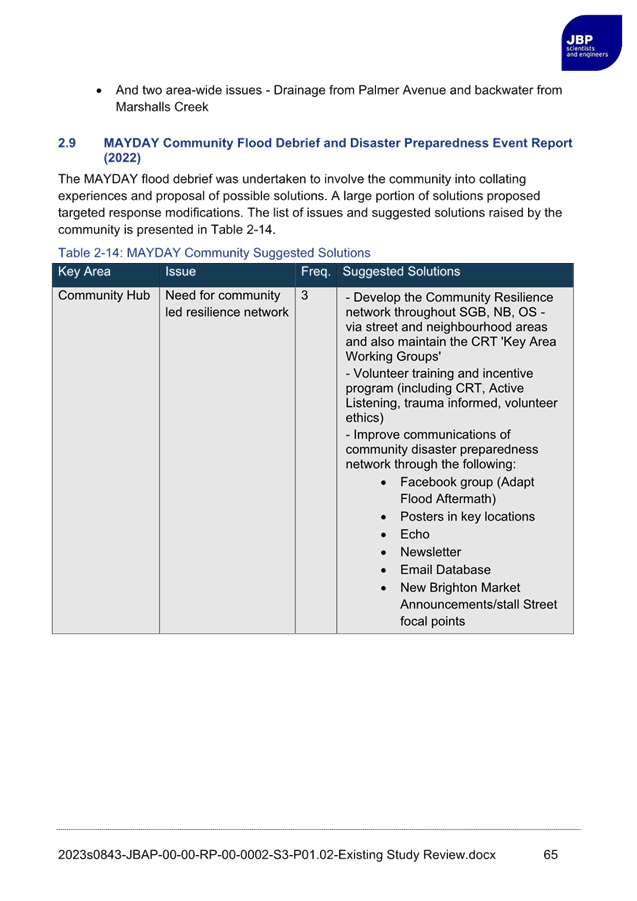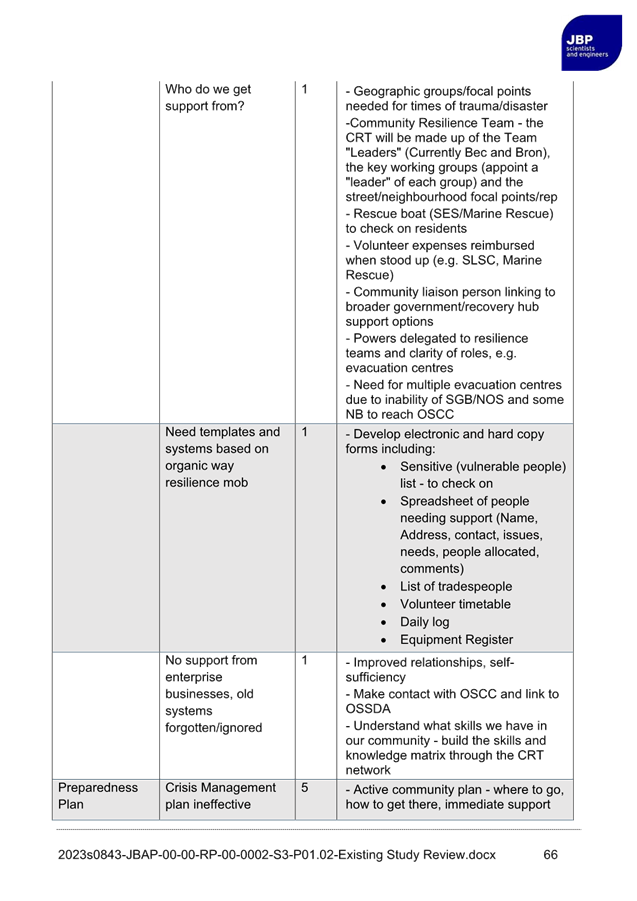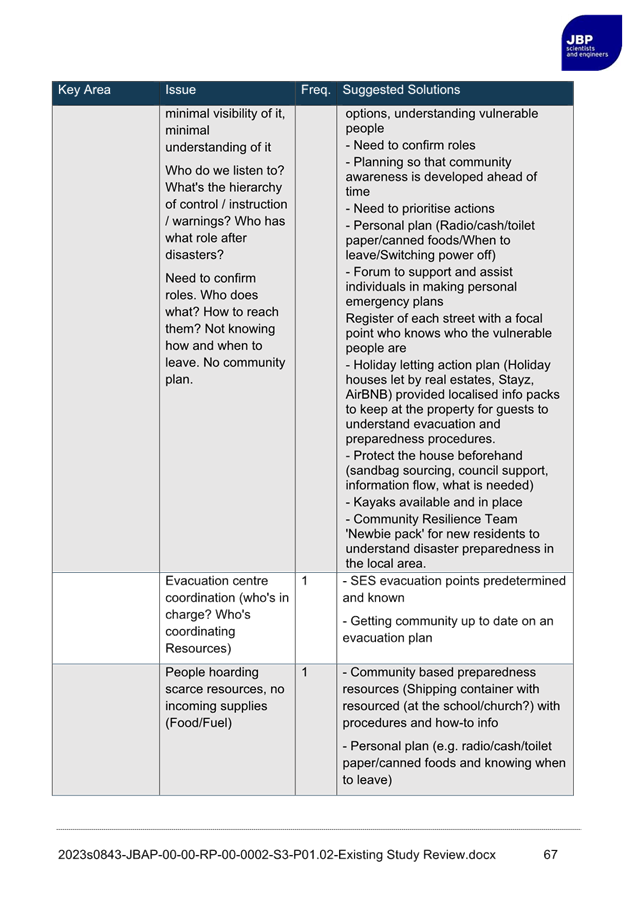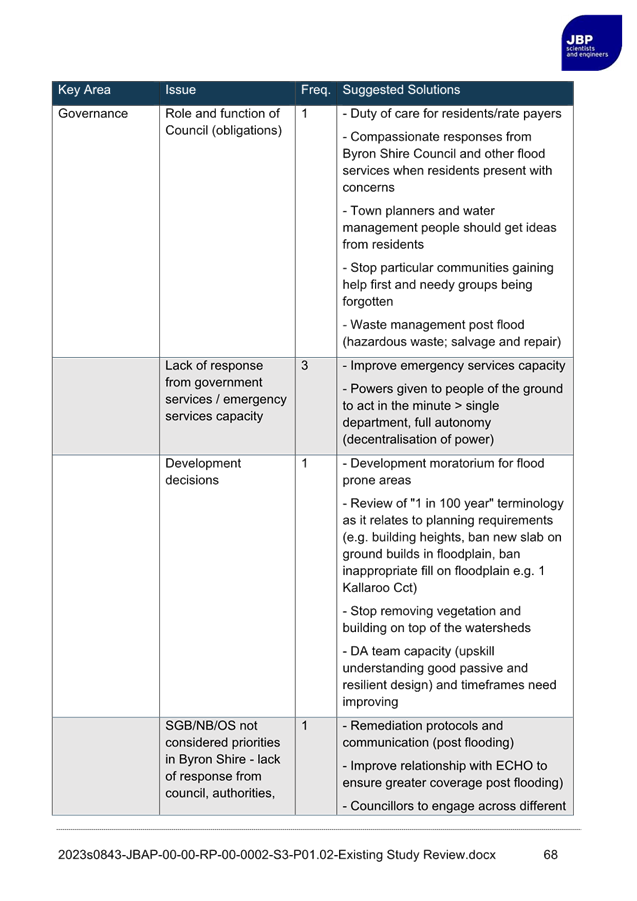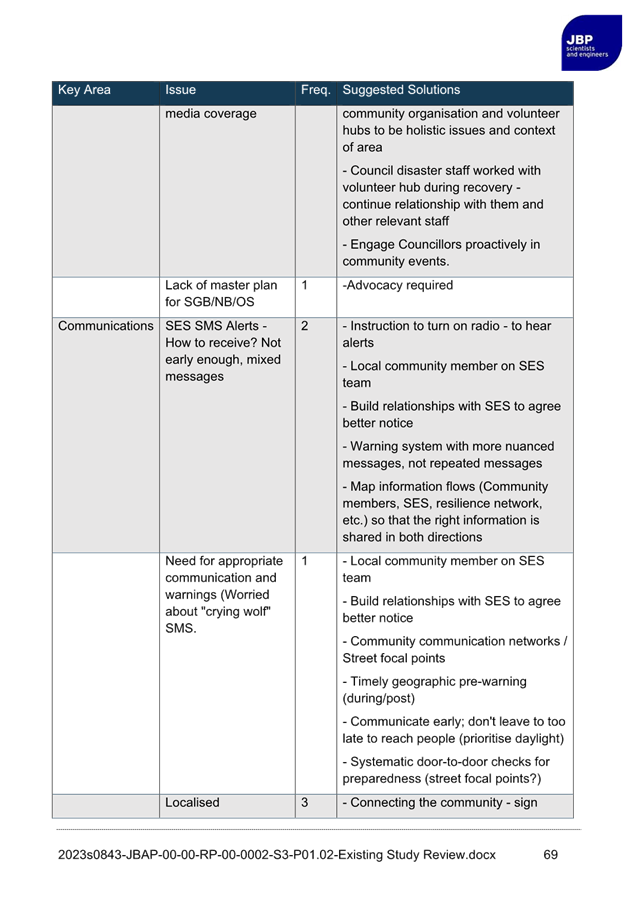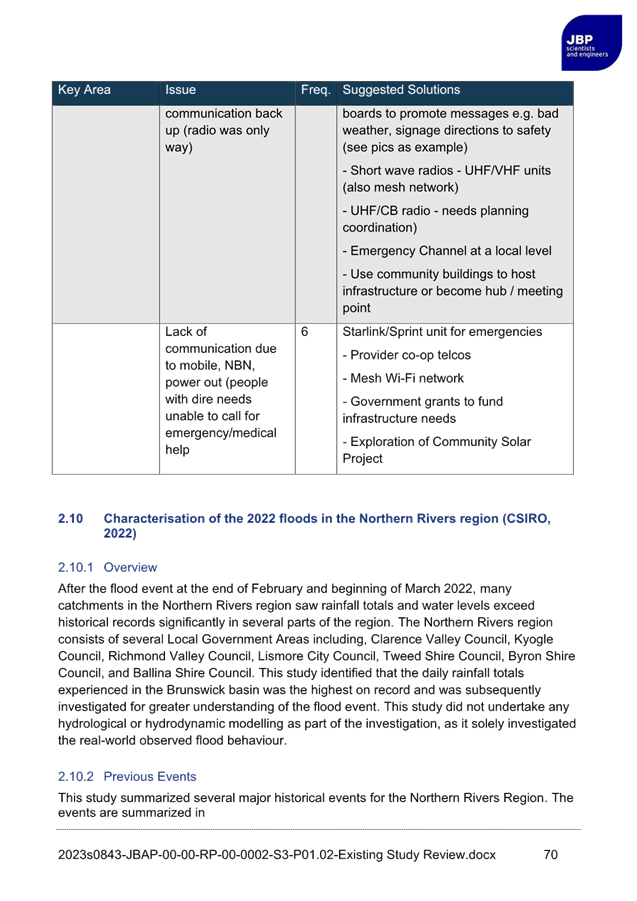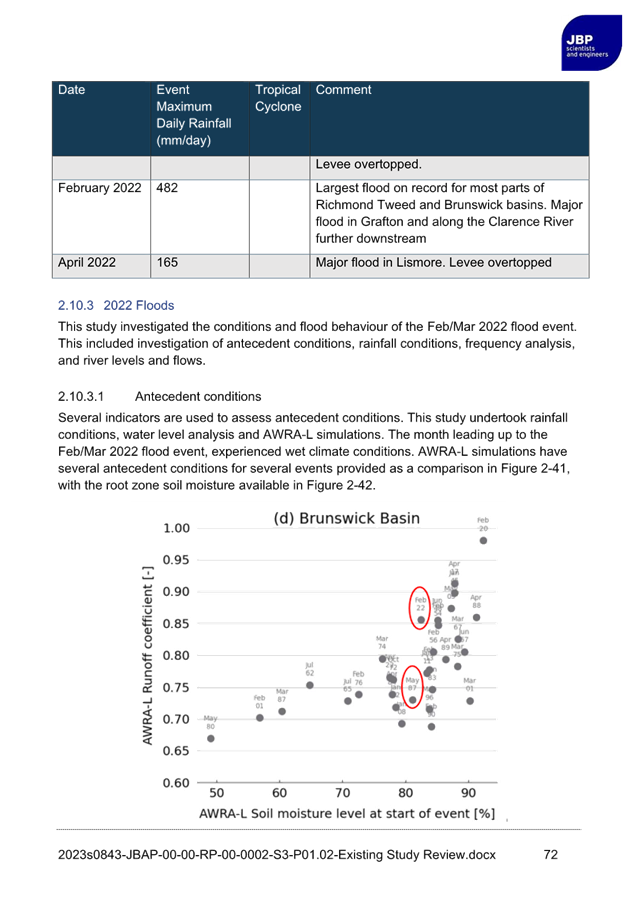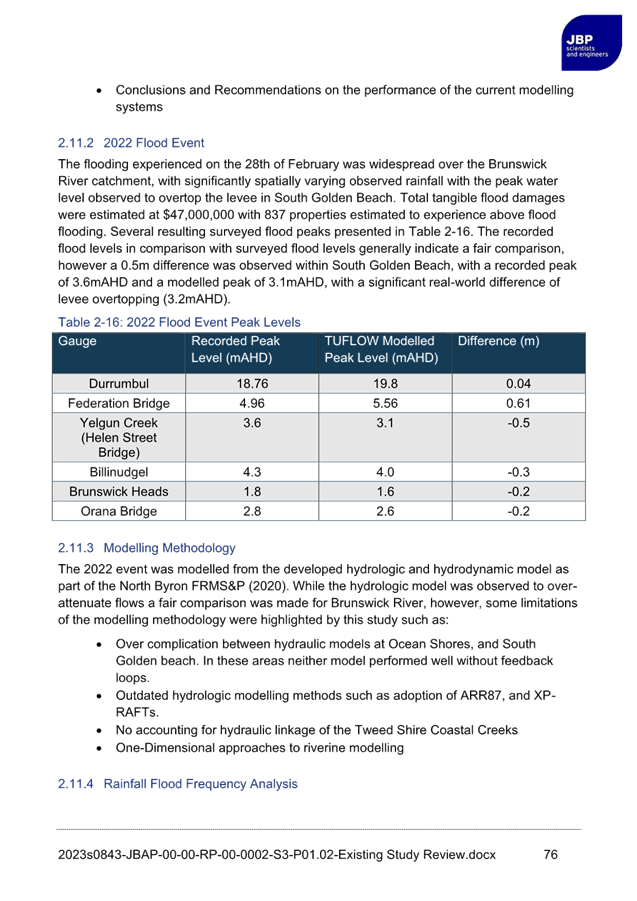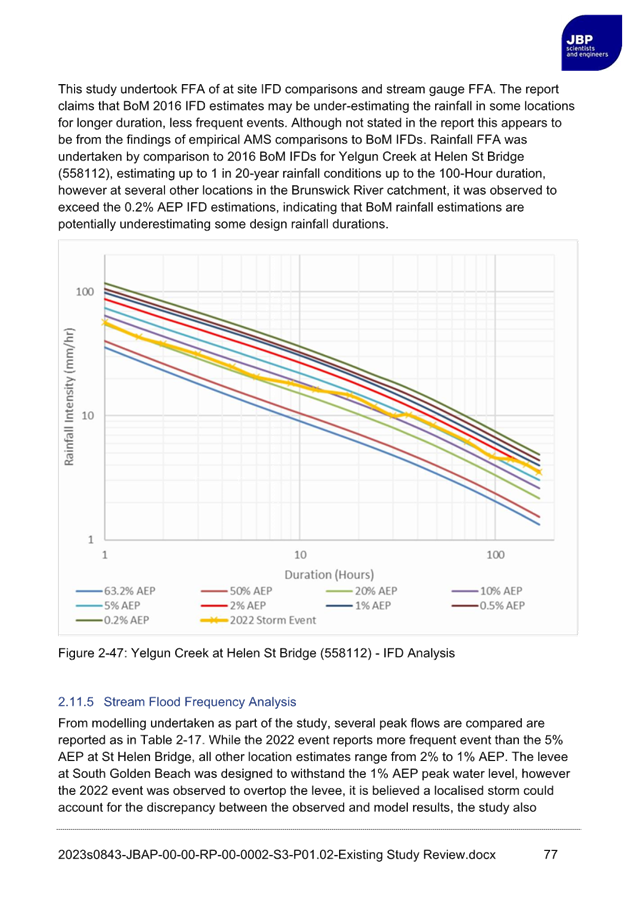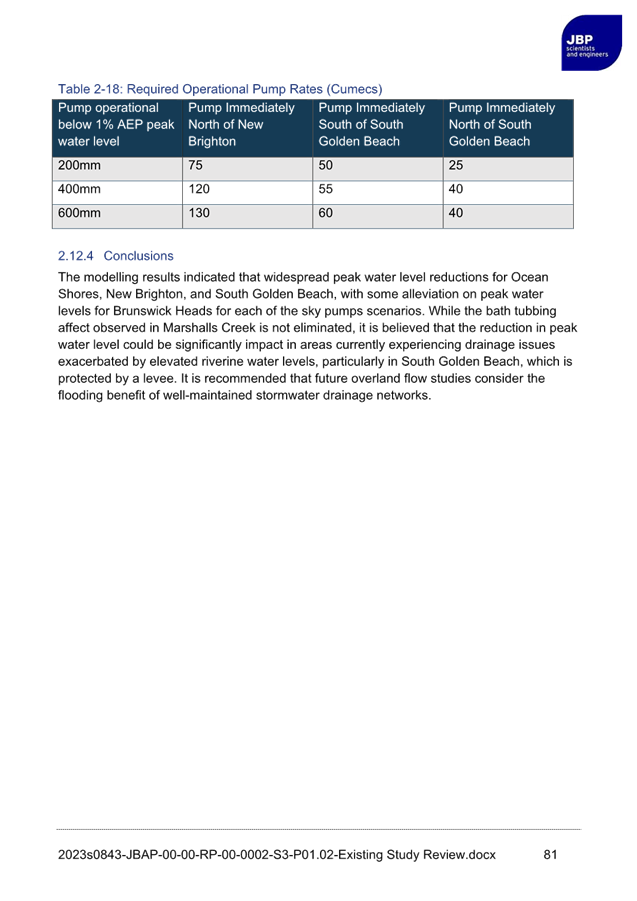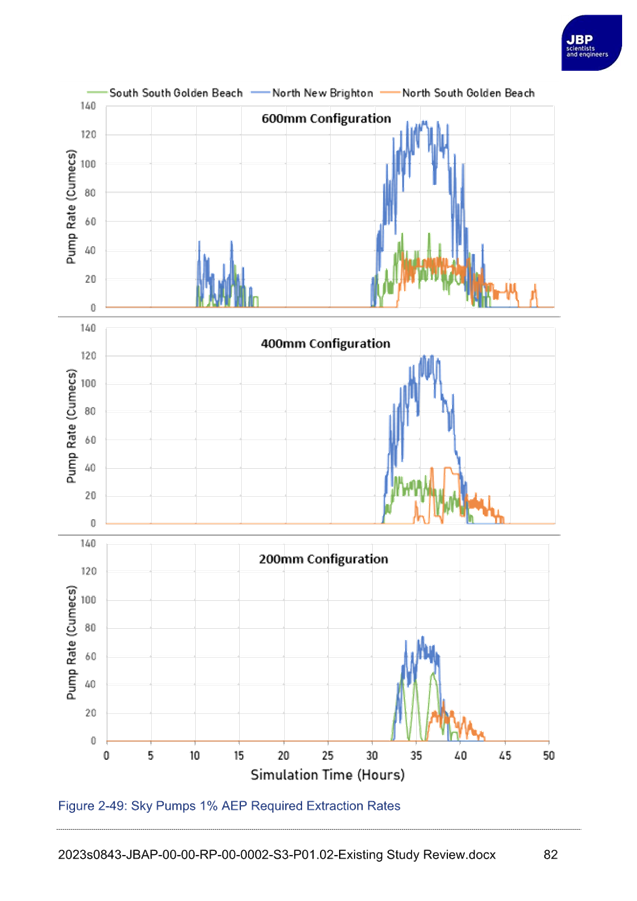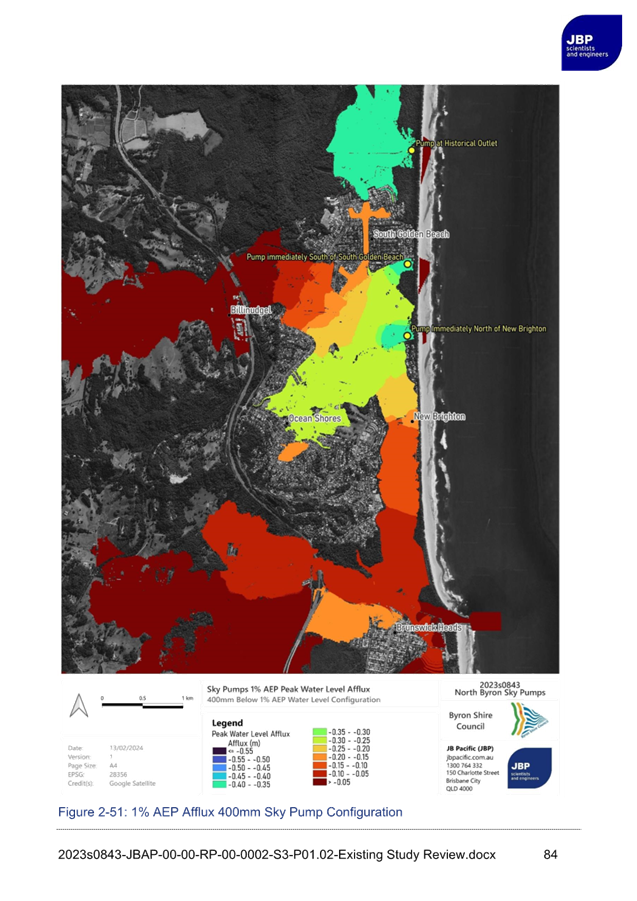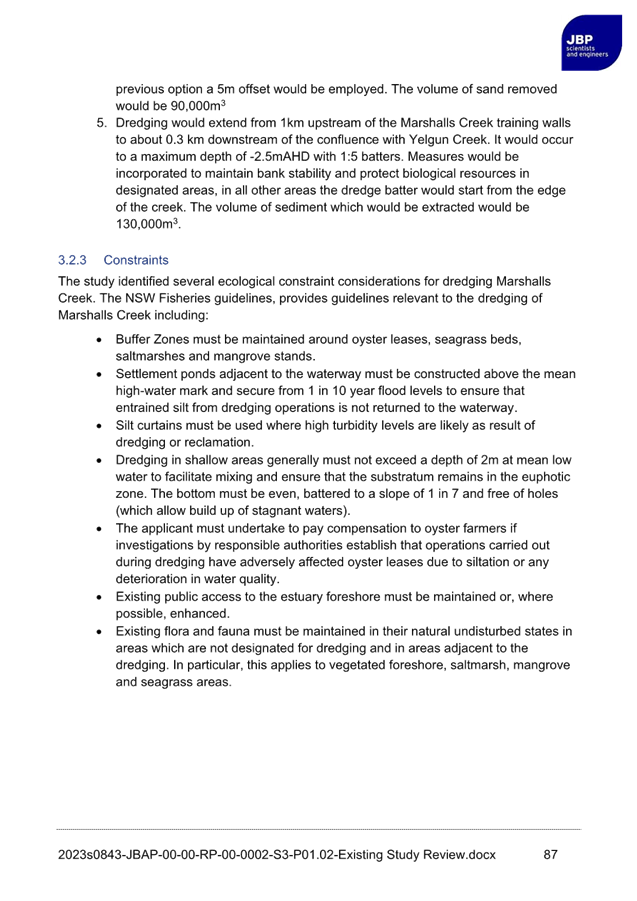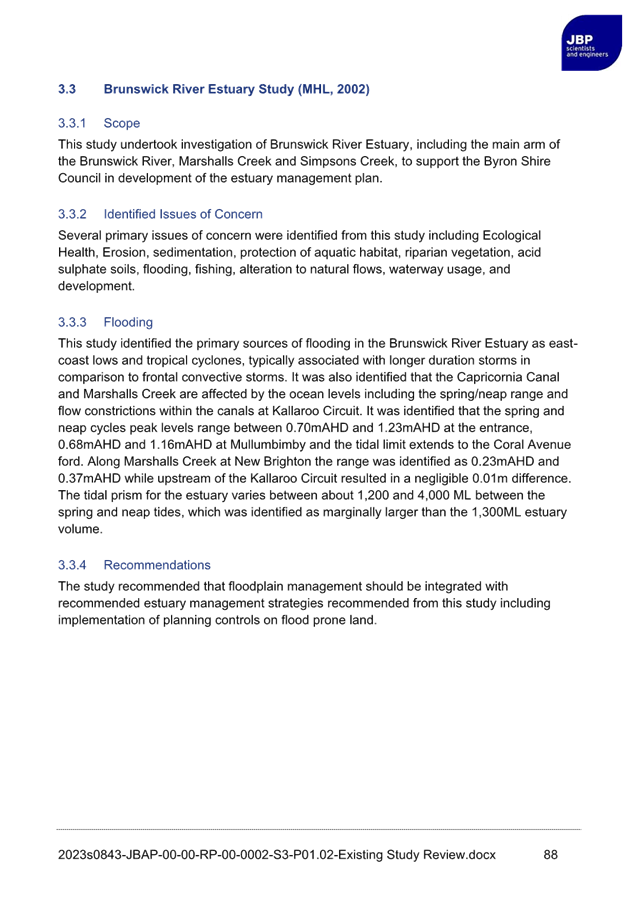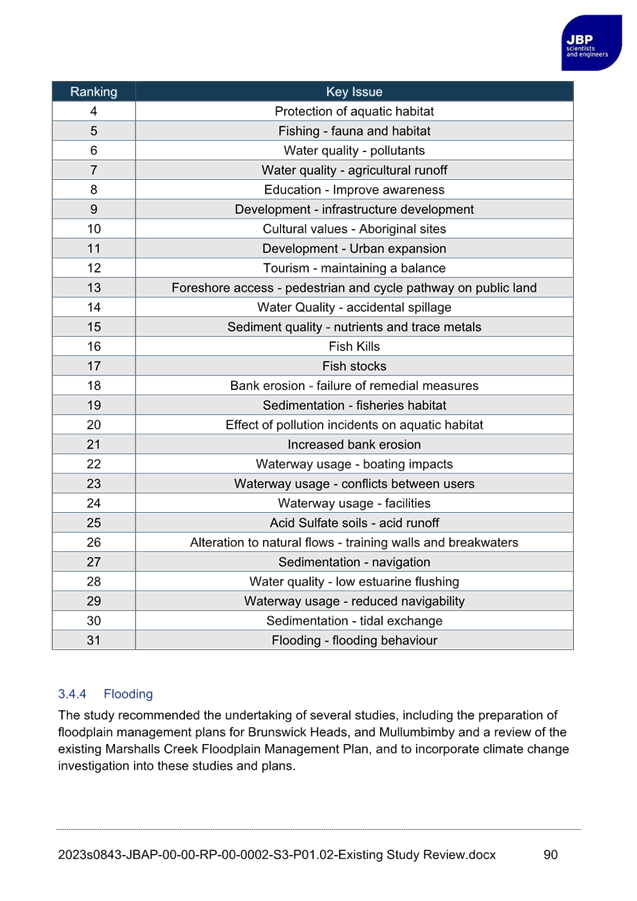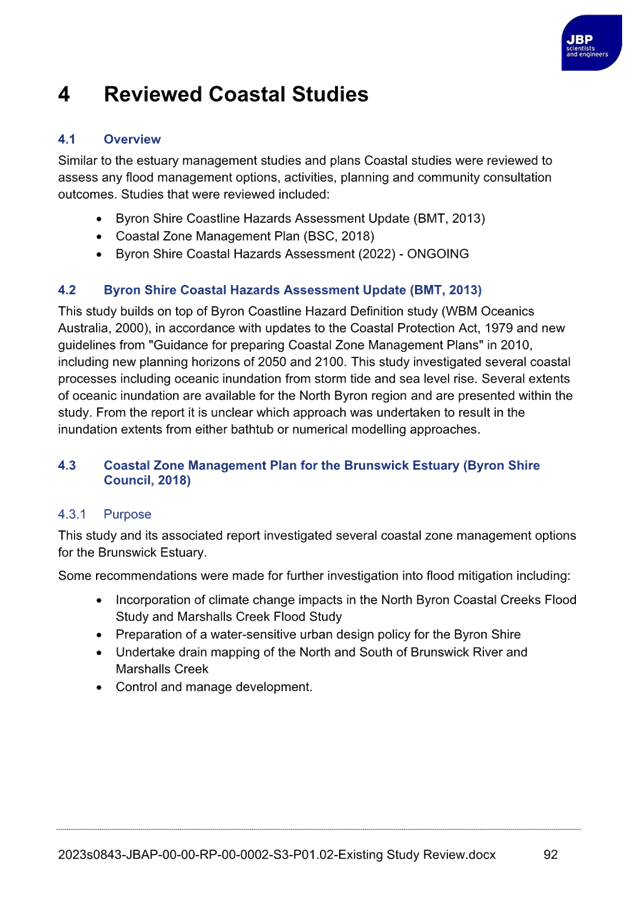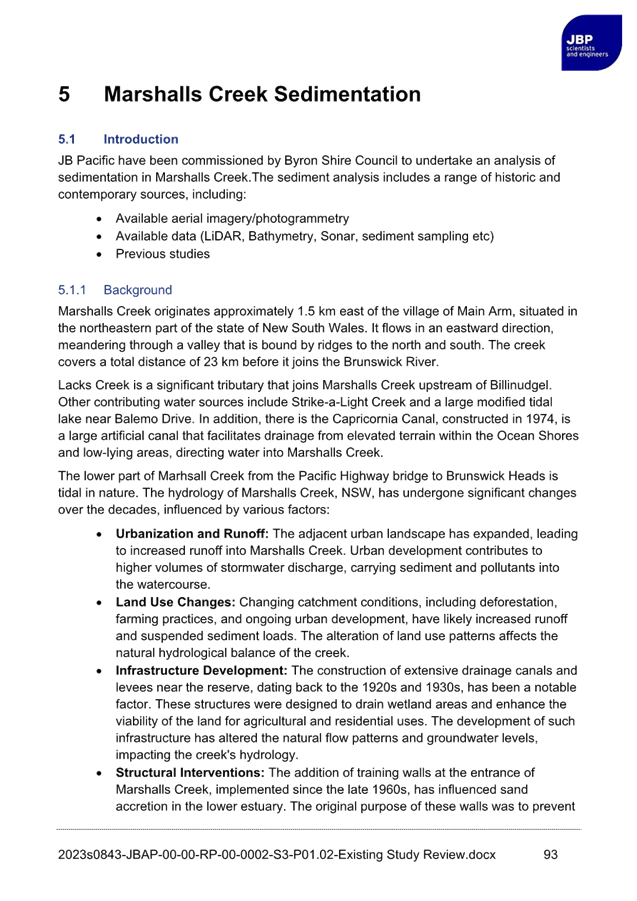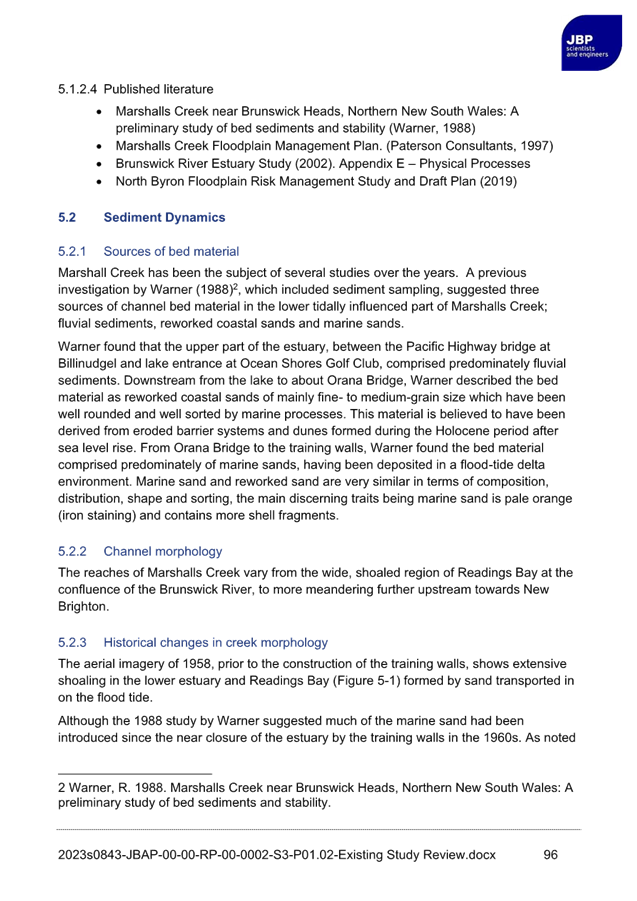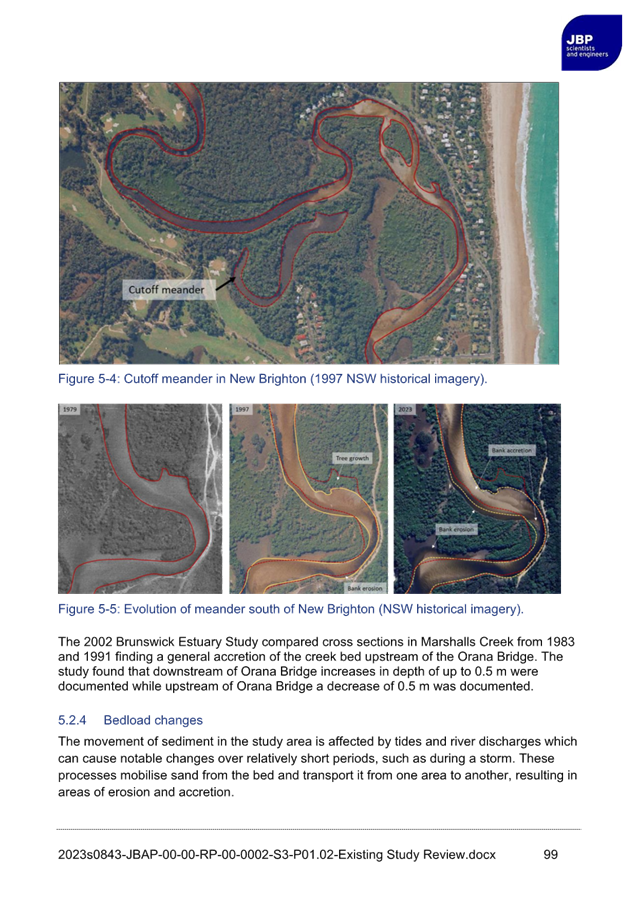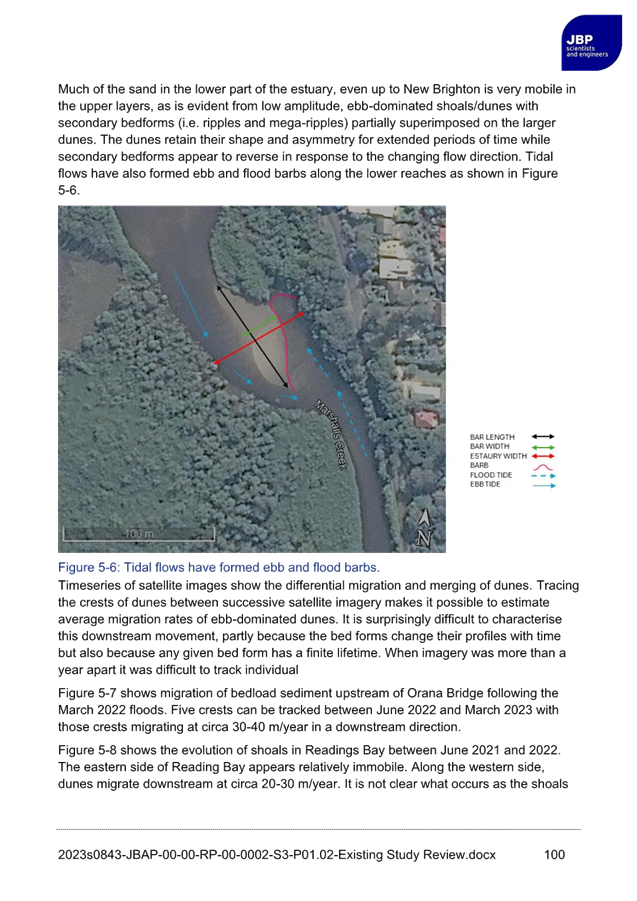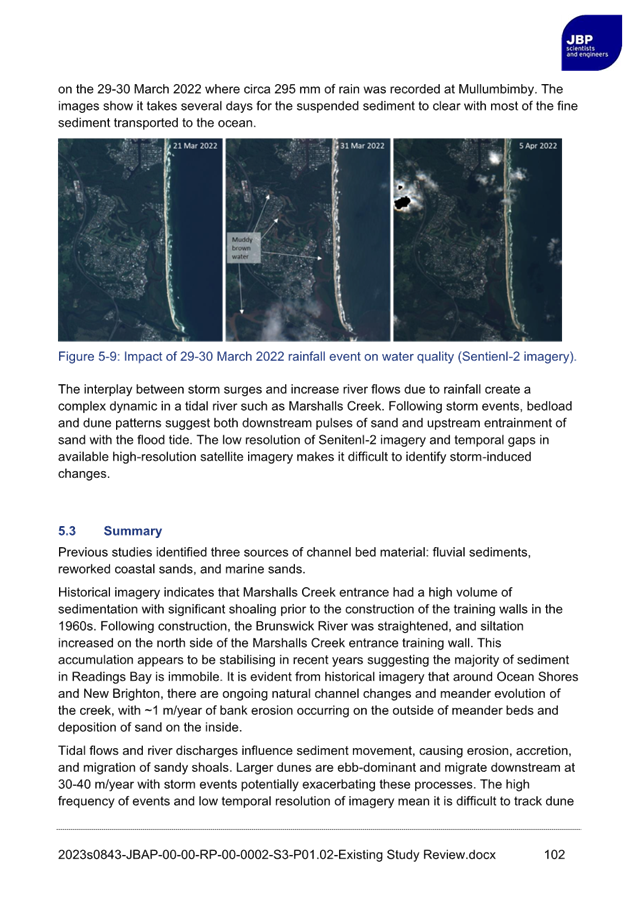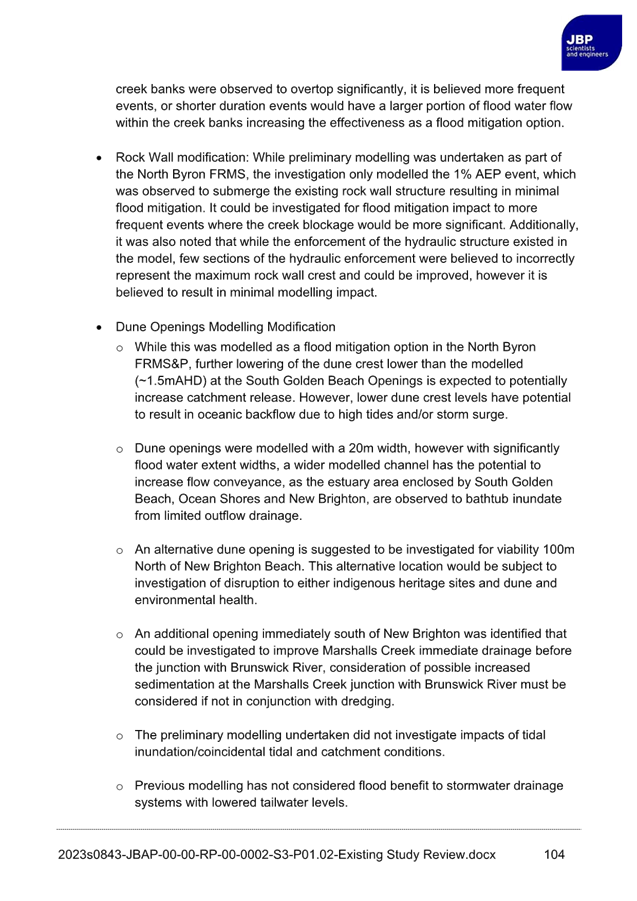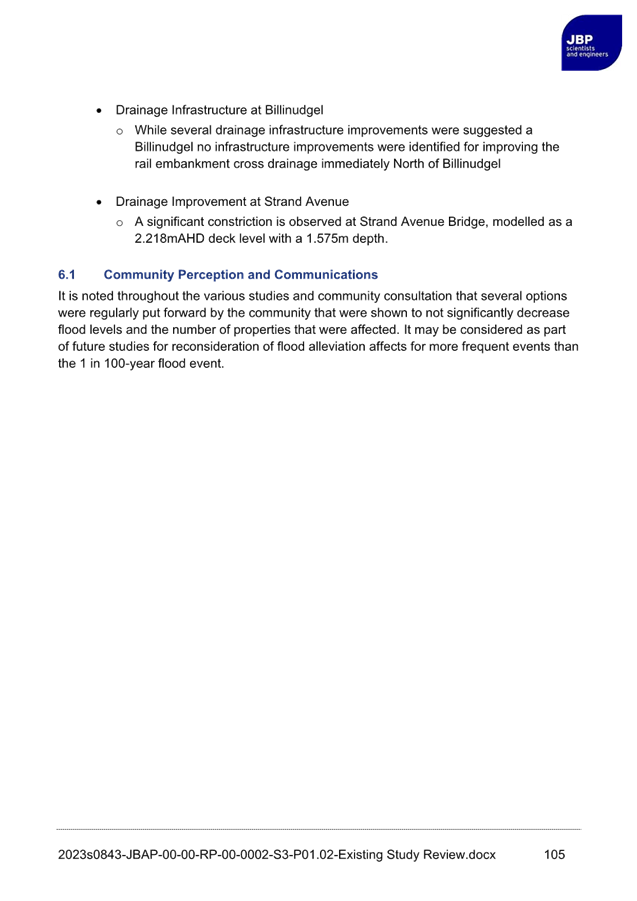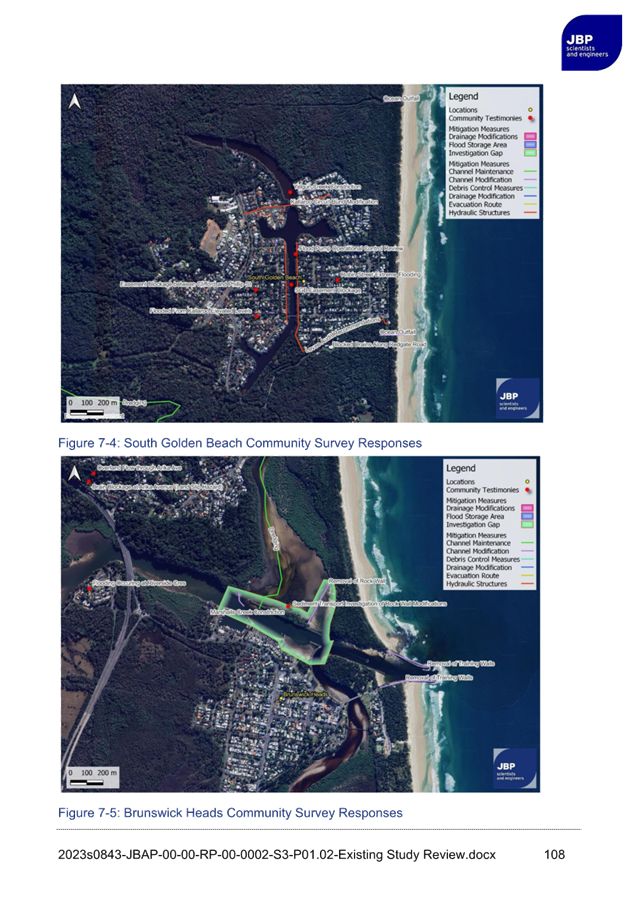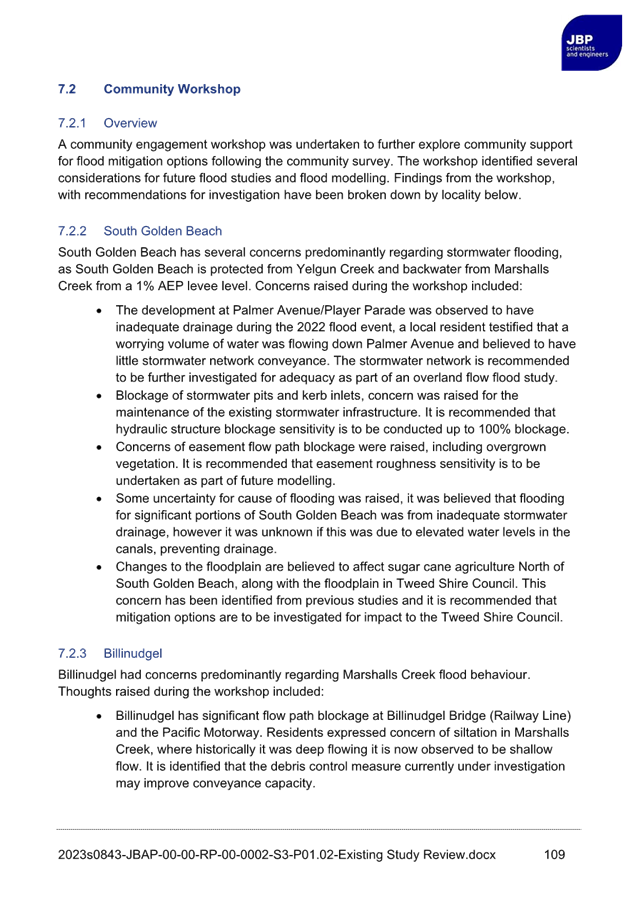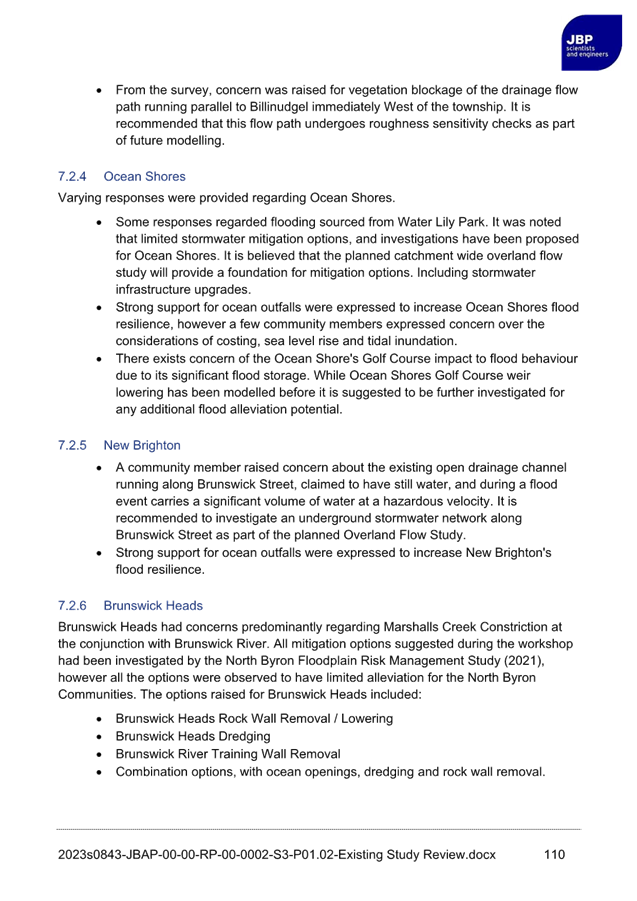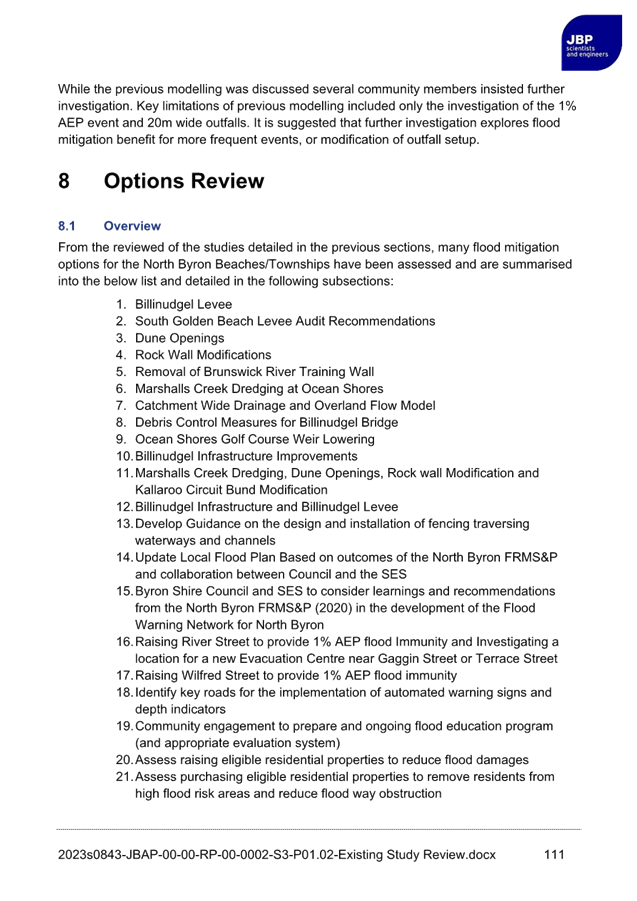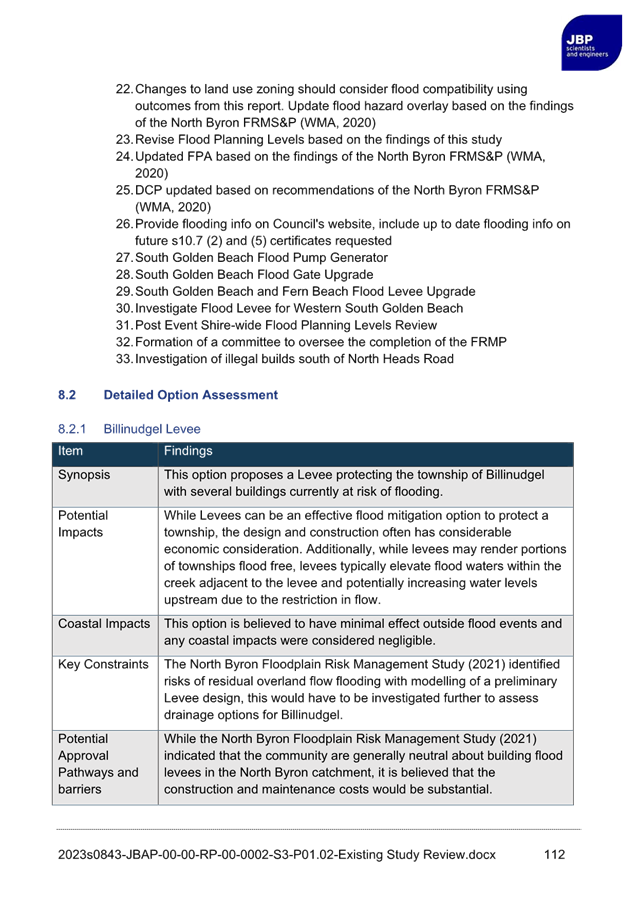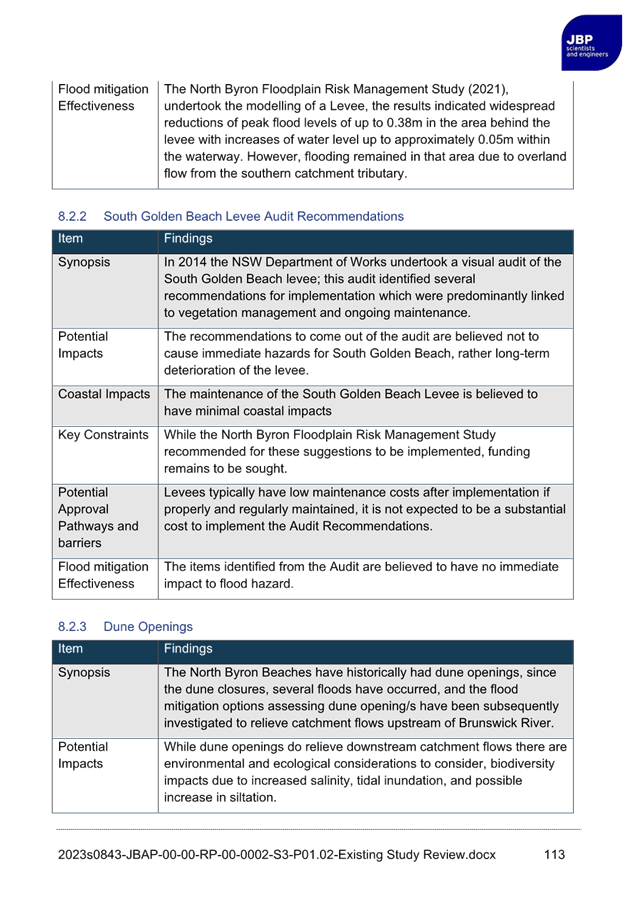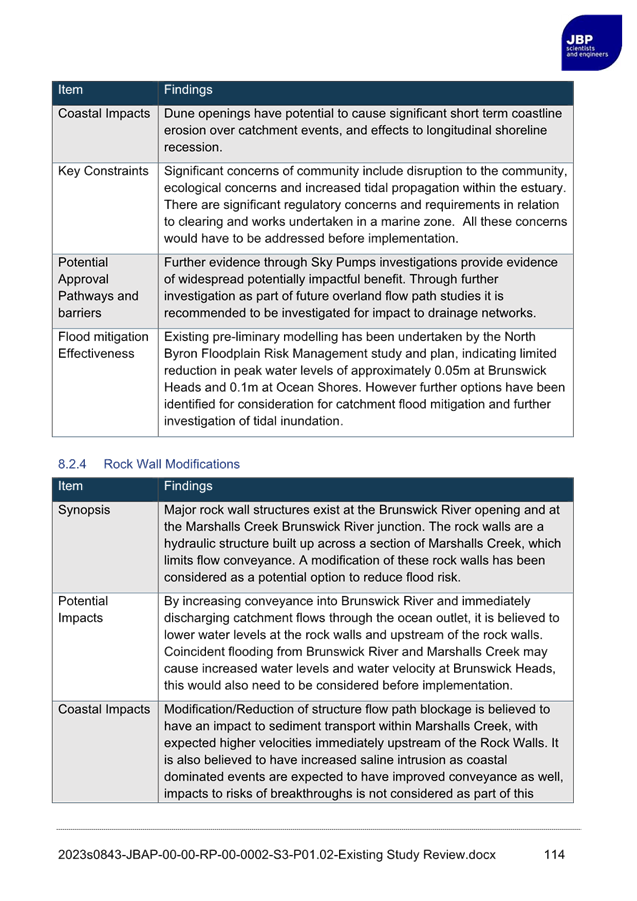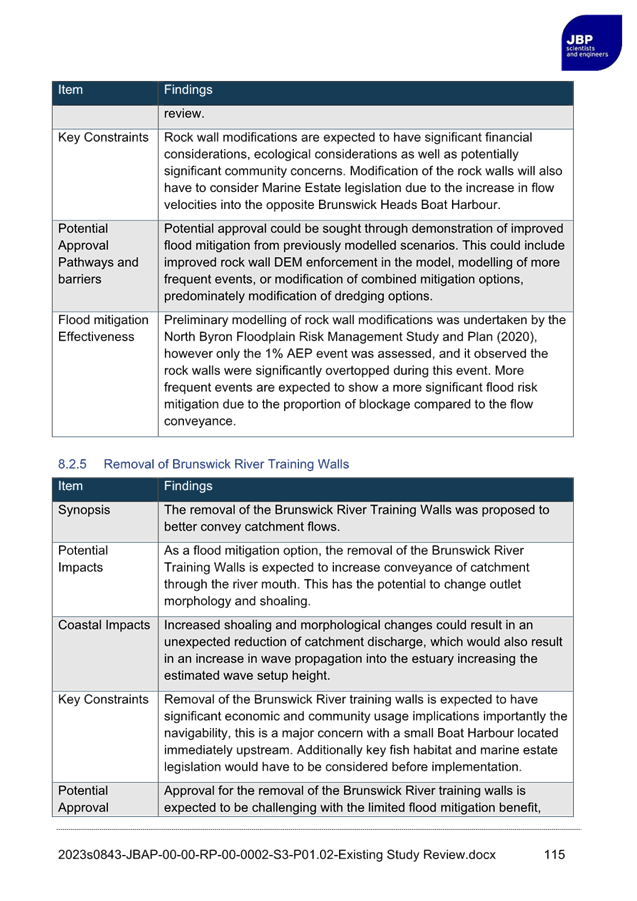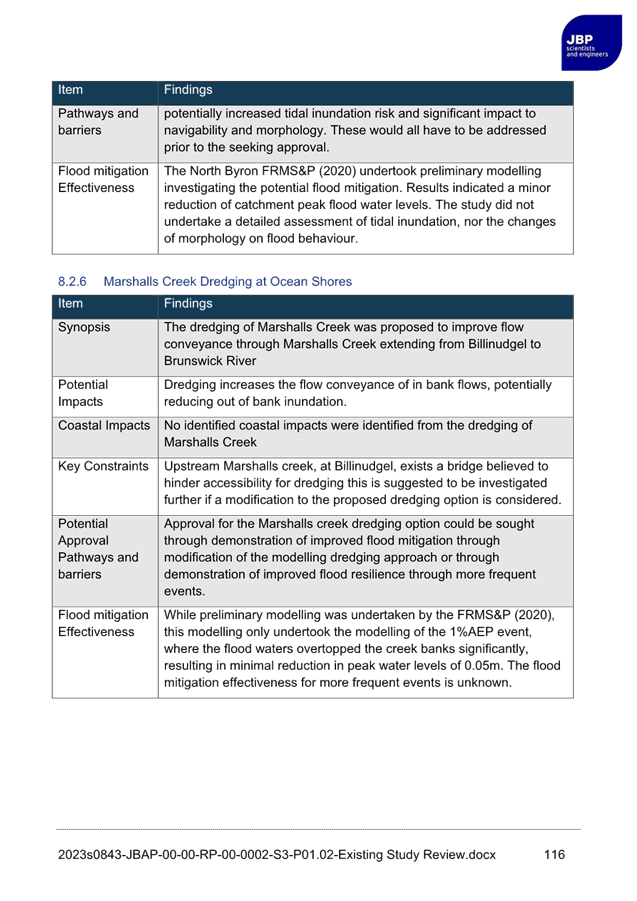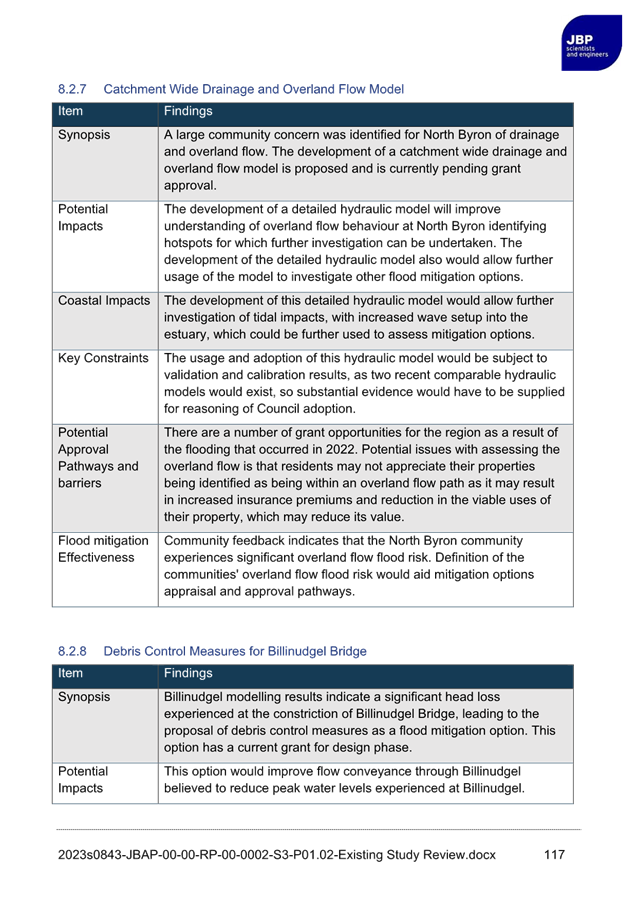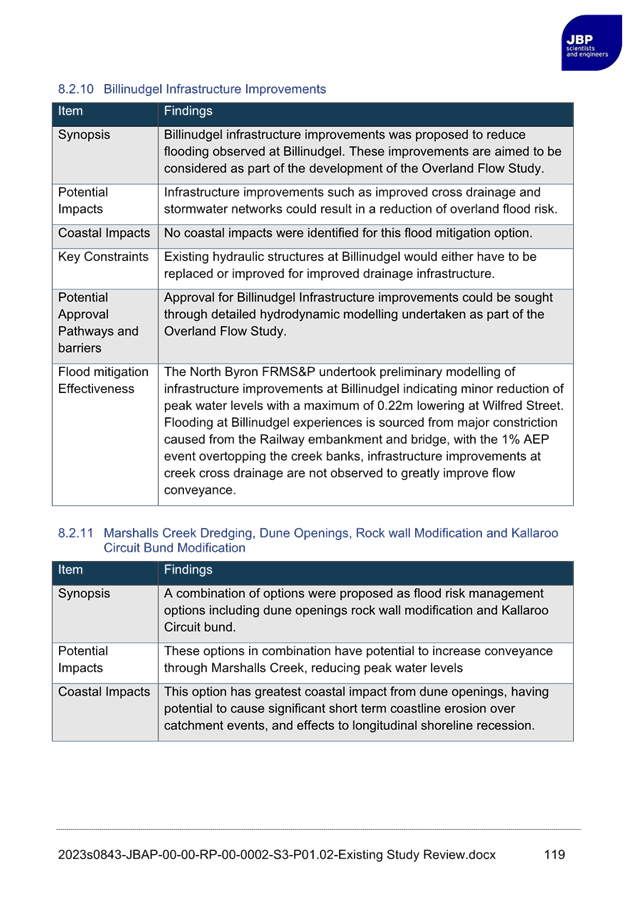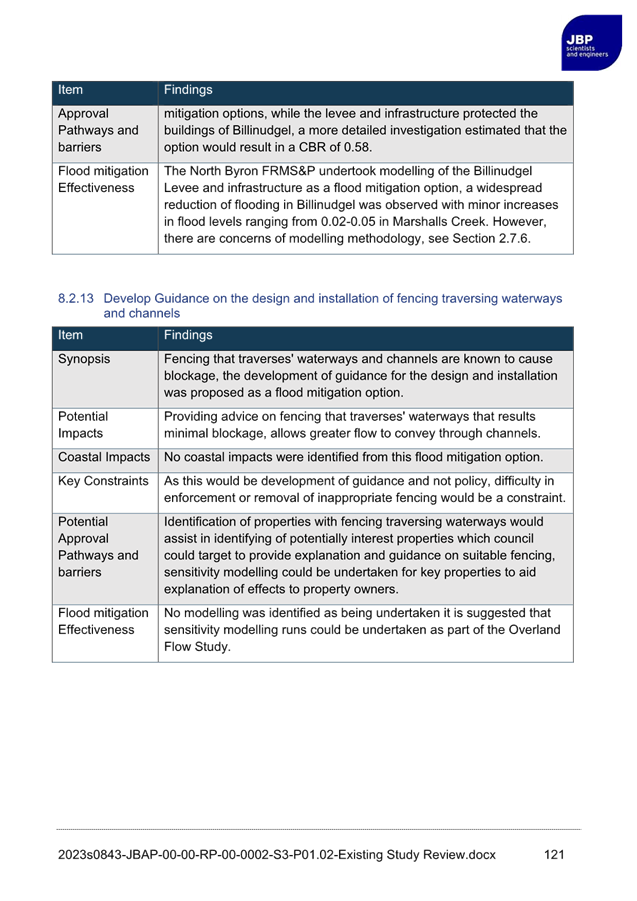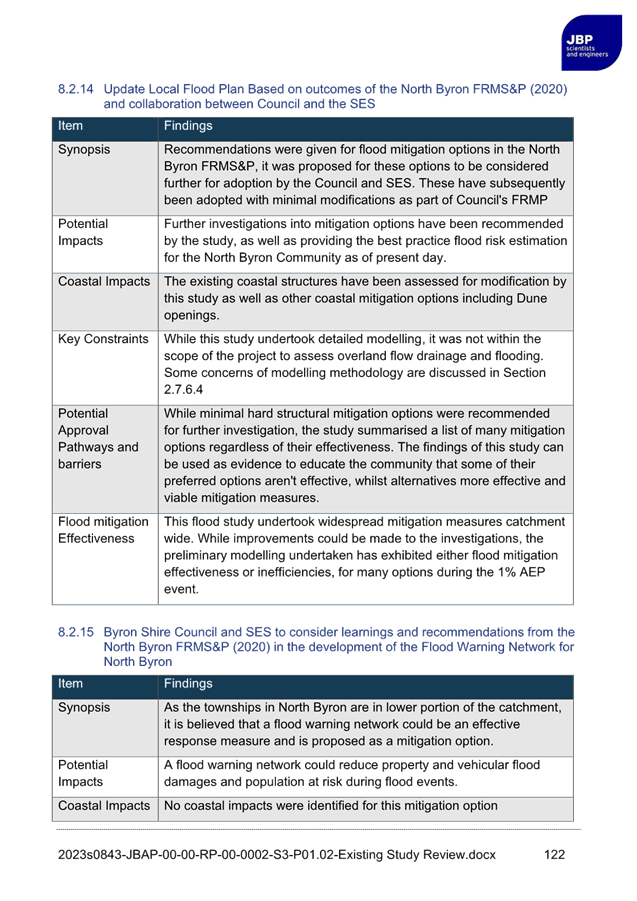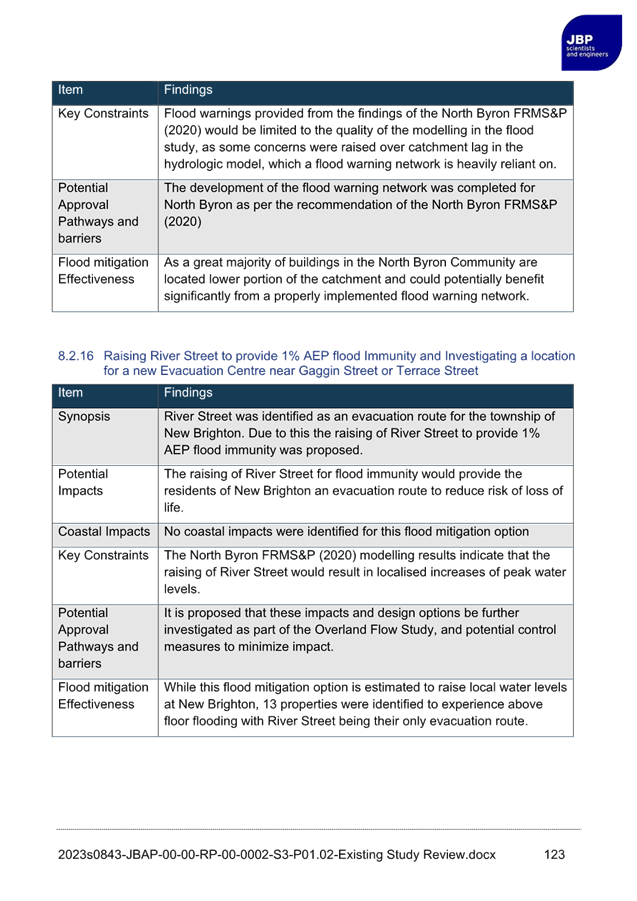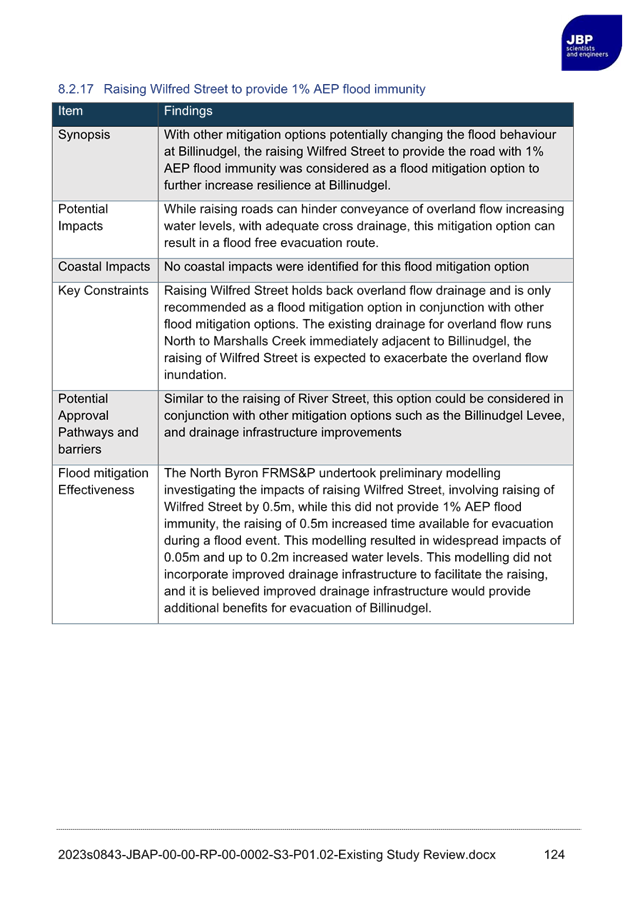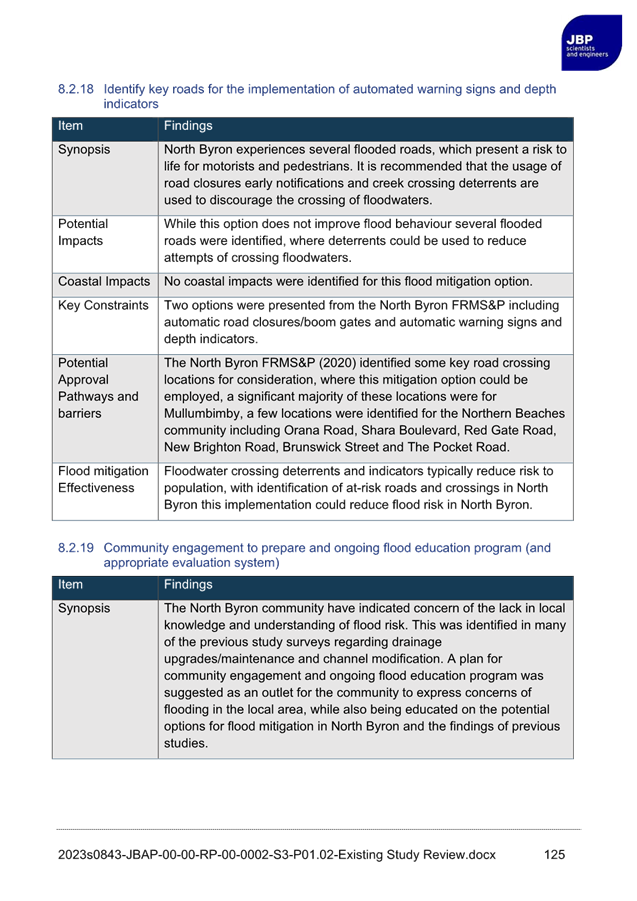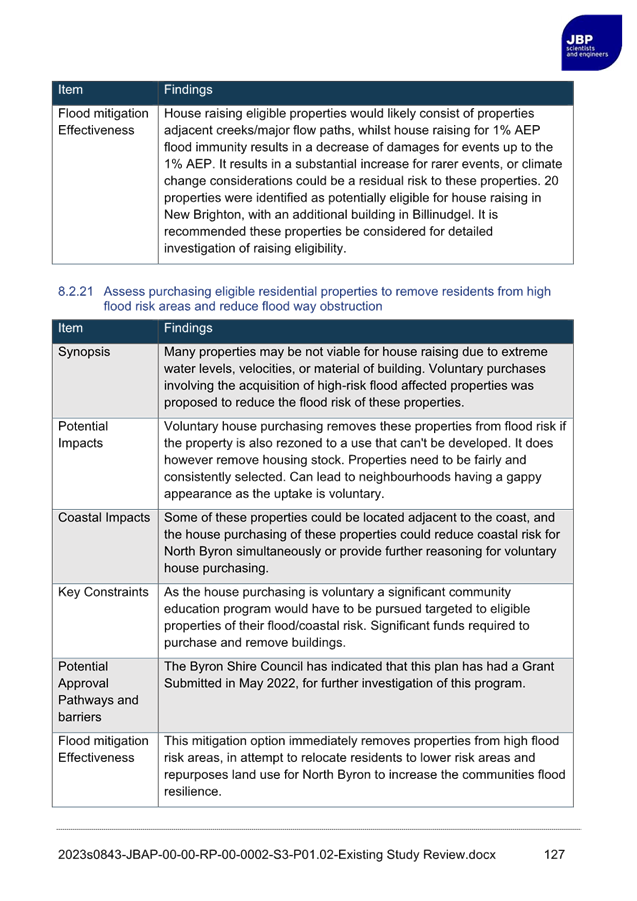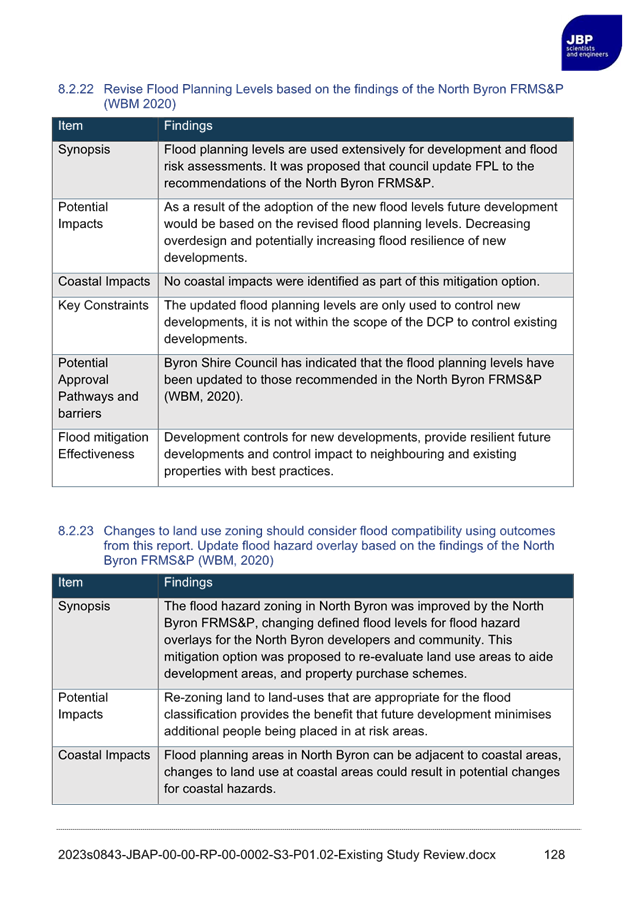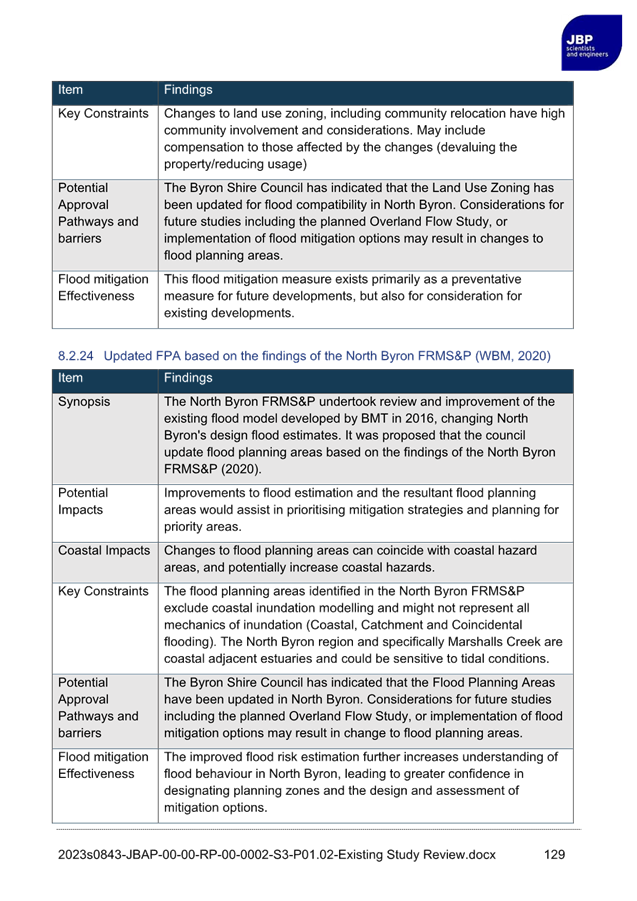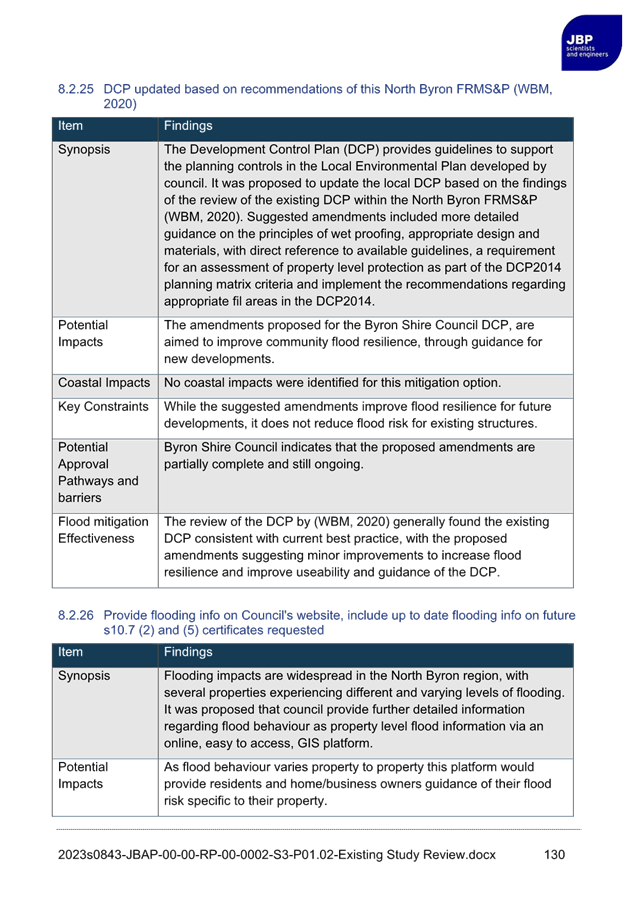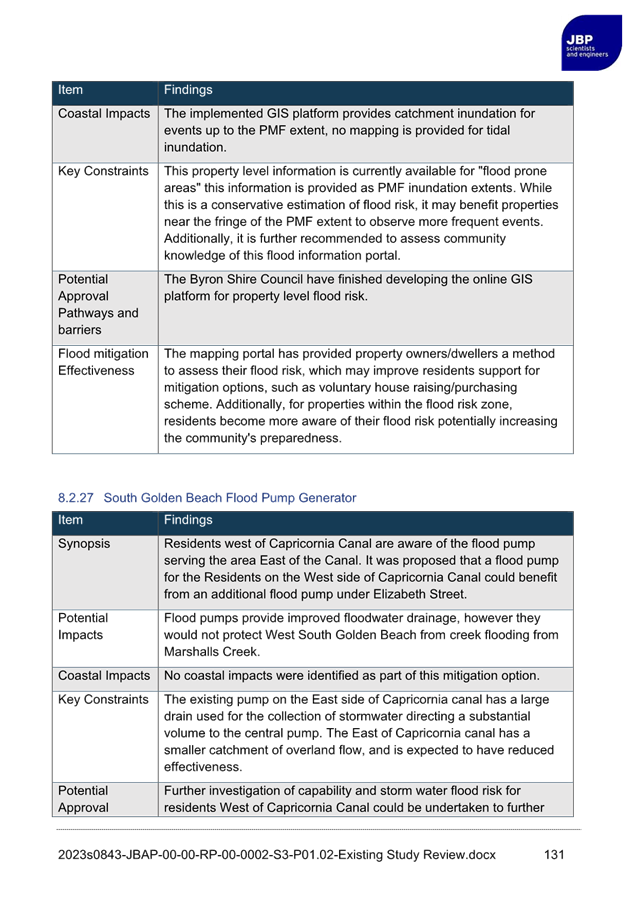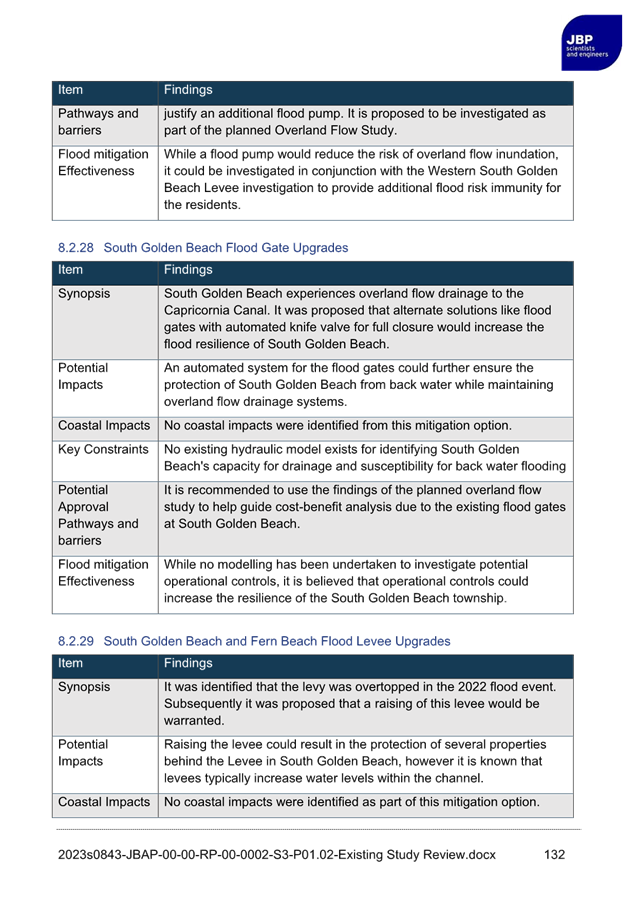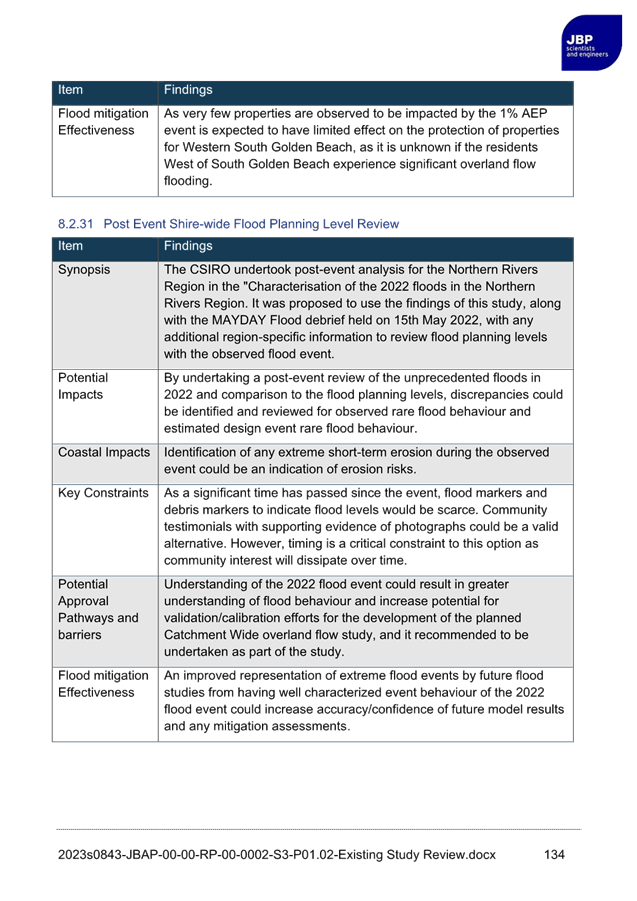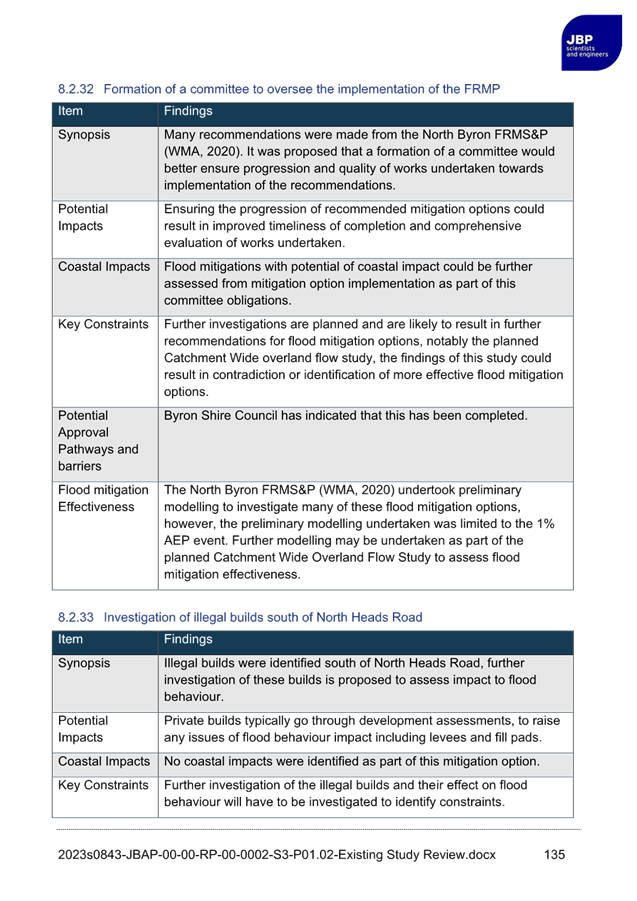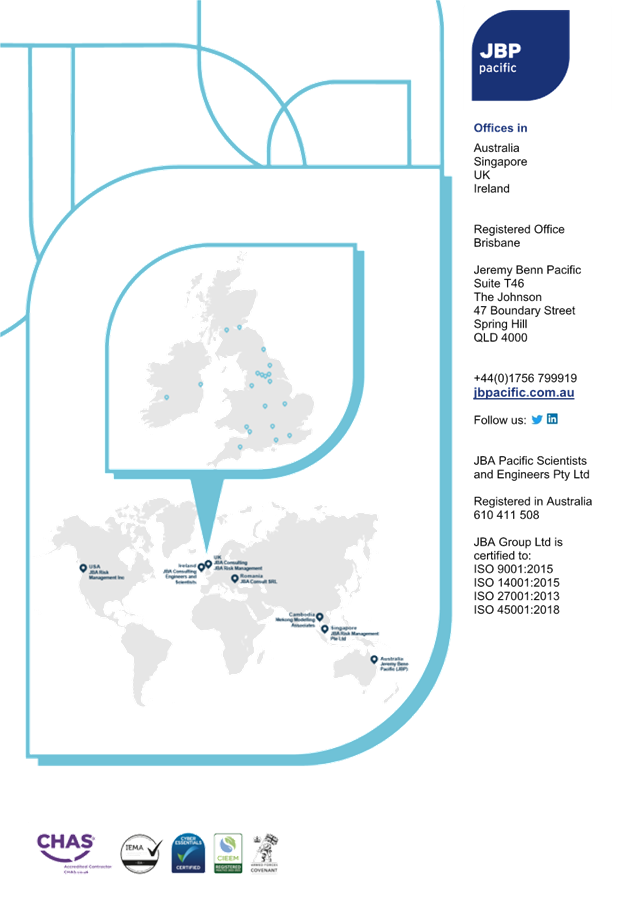Notice of Meeting
Floodplain Management Advisory Committee Meeting
A Floodplain
Management Advisory Committee Meeting of Byron Shire Council will be held as
follows:
|
Venue
|
Conference Room, Station Street, Mullumbimby
|
|
Date
|
Tuesday, 14 May 2024
|
|
Time
|
11.30am
|
Phil Holloway
Director Infrastructure
Services
I2024/725
 Distributed
09/05/24
Distributed
09/05/24
What is a “Conflict of Interests” - A conflict of
interests can be of two types:
Pecuniary - an interest that a person has in a matter because of a reasonable
likelihood or expectation of appreciable financial gain or loss to the person
or another person with whom the person is associated.
Non-pecuniary – a private or personal interest that a Council
official has that does not amount to a pecuniary interest as defined in the
Code of Conduct for Councillors (eg. A friendship, membership of an
association, society or trade union or involvement or interest in an activity
and may include an interest of a financial nature).
Remoteness – a person does not have a pecuniary interest in a matter
if the interest is so remote or insignificant that it could not reasonably be
regarded as likely to influence any decision the person might make in relation
to a matter or if the interest is of a kind specified in the Code of Conduct
for Councillors.
Who has a Pecuniary Interest? - a person has a pecuniary interest in a
matter if the pecuniary interest is the interest of the person, or another
person with whom the person is associated (see below).
Relatives, Partners - a person is taken to have a pecuniary
interest in a matter if:
·
The
person’s spouse or de facto partner or a relative of the person has a
pecuniary interest in the matter, or
·
The
person, or a nominee, partners or employer of the person, is a member of a
company or other body that has a pecuniary interest in the matter.
N.B. “Relative”, in relation to a person means any of the
following:
(a) the parent,
grandparent, brother, sister, uncle, aunt, nephew, niece, lineal descends or
adopted child of the person or of the person’s spouse;
(b) the spouse
or de facto partners of the person or of a person referred to in paragraph (a)
No Interest in the Matter - however, a person is not taken to have a
pecuniary interest in a matter:
·
If
the person is unaware of the relevant pecuniary interest of the spouse, de
facto partner, relative or company or other body, or
·
Just
because the person is a member of, or is employed by, the Council.
·
Just
because the person is a member of, or a delegate of the Council to, a company
or other body that has a pecuniary interest in the matter provided that the
person has no beneficial interest in any shares of the company or body.
Disclosure and participation in meetings
·
A
Councillor or a member of a Council Committee who has a pecuniary interest in
any matter with which the Council is concerned and who is present at a meeting
of the Council or Committee at which the matter is being considered must
disclose the nature of the interest to the meeting as soon as practicable.
·
The
Councillor or member must not be present at, or in sight of, the meeting of the
Council or Committee:
(a) at
any time during which the matter is being considered or discussed by the
Council or Committee, or
(b) at
any time during which the Council or Committee is voting on any question in
relation to the matter.
No Knowledge - a person does not breach this Clause if the person did
not know and could not reasonably be expected to have known that the matter
under consideration at the meeting was a matter in which he or she had a
pecuniary interest.
Non-pecuniary Interests - Must be disclosed in meetings.
There are a broad range of options available for managing conflicts &
the option chosen will depend on an assessment of the circumstances of the
matter, the nature of the interest and the significance of the issue being
dealt with. Non-pecuniary conflicts of interests must be dealt with in at
least one of the following ways:
·
It
may be appropriate that no action be taken where the potential for conflict is
minimal. However, Councillors should consider providing an explanation of
why they consider a conflict does not exist.
·
Limit
involvement if practical (eg. Participate in discussion but not in decision
making or vice-versa). Care needs to be taken when exercising this
option.
·
Remove
the source of the conflict (eg. Relinquishing or divesting the personal
interest that creates the conflict)
·
Have
no involvement by absenting yourself from and not taking part in any debate or
voting on the issue as of the provisions in the Code of Conduct (particularly
if you have a significant non-pecuniary interest)
Committee members are reminded that they should declare and manage all
conflicts of interest in respect of any matter on this Agenda, in accordance
with the Code of Conduct.
RECORDING OF VOTING ON PLANNING MATTERS
Clause 375A of the Local Government Act
1993 – Recording of voting on planning matters
(1) In this section, planning
decision means a decision made in the exercise of a function of a council
under the Environmental Planning and Assessment Act 1979:
(a) including a decision relating to a development
application, an environmental planning instrument, a development control plan
or a development contribution plan under that Act, but
(b) not including the making of an order under that Act.
(2) The general manager is required to keep a register
containing, for each planning decision made at a meeting of the council or a
council committee, the names of the councillors who supported the decision and
the names of any councillors who opposed (or are taken to have opposed) the
decision.
(3) For the purpose of maintaining the register, a division
is required to be called whenever a motion for a planning decision is put at a
meeting of the council or a council committee.
(4) Each decision recorded in the register is to be described
in the register or identified in a manner that enables the description to be
obtained from another publicly available document and is to include the
information required by the regulations.
(5) This section extends to a meeting that is closed to the
public.
OATH AND AFFIRMATION FOR COUNCILLORS
Councillors are
reminded of the oath of office or affirmation of office made at or before their
first meeting of the council in accordance with Clause 233A of the Local
Government Act 1993. This includes undertaking the duties of the office of
councillor in the best interests of the people of Byron Shire and the Byron
Shire Council and faithfully and impartially carrying out the functions,
powers, authorities and discretions vested under the Act or any other Act
to the best of one’s ability and judgment.
BYRON SHIRE COUNCIL
BUSINESS OF MEETING
1. Apologies
2. Declarations
of Interest – Pecuniary and Non-Pecuniary
3. Adoption of Minutes from
Previous Meetings
3.1 Adoption
of Minutes from Previous Meeting.............................................................. 7
4. Staff Reports
Sustainable Environment and
Economy
4.1 Amendments
to Byron Shire DCP 2014 Chapter C2: Areas Affected by Flood - Draft for Exhibition................................................................................................................. 15
Infrastructure Services
4.2 Flood
Levee Raising Investigation - South Golden Beach.................................... 20
4.3 Flood
Gate Upgrade Options Investigation - South Golden Beach..................... 20
4.4 Post
2022 Event Flood Behaviour Analysis - Brunswick River , Belongil Creek and
Tallow Creek - NSW Department of Planning & Environment............................. 20
4.5 Community
Education Strategy and Review of Flood Options / North Byron Flood
Investigations - Projects Update................................................................................ 20
BYRON SHIRE COUNCIL
Adoption of Minutes from Previous Meetings 3.1
Adoption of Minutes from Previous Meetings
Report No. 3.1 Adoption of Minutes from Previous Meeting
Directorate: Infrastructure Services
File No: I2024/682
RECOMMENDATION:
That the minutes of the Floodplain Management Advisory
Committee Meeting held on 13 February 2024 be confirmed.
<Section5>
Attachments:
1 Minutes
13/02/2024 Floodplain Management Advisory Committee, I2024/181 , page 9⇩ 
Report
The attachment to this report provides the minutes of the
Floodplain Management Advisory Committee Meeting of 13 February 2024 .
Report to Council
The minutes were reported to Council on 18 April 2024.
Comments
In accordance with the Committee Recommendations, Council
resolved the following:
24-177 Resolved that Council defers the report on the
Floodplain Management Advisory Committee Meeting held on 13 February 2024.
BYRON SHIRE COUNCIL
Adoption
of Minutes from Previous Meetings 3.1 - Attachment 1






BYRON SHIRE COUNCIL
Staff Reports - Sustainable Environment and Economy 4.1
Staff Reports - Sustainable Environment and Economy
Report No. 4.1 Amendments
to Byron Shire DCP 2014 Chapter C2: Areas Affected by Flood - Draft for
Exhibition
Directorate: Sustainable
Environment and Economy
Report Author: Alex
Caras, Land Use Plannning Coordinator
Kristie Hughes, Natural Disaster Policy Planner
File No: I2024/661
Summary:
A report presenting draft
amendments to the Byron Shire DCP 2014, Chapter ‘C2: Areas Affected by
Flood’ was considered at the 18 April 2024 Council Meeting. The
proposed changes to DCP 2014 Chapter ‘C2’ reflect current
policies and legislation that should be considered when addressing ‘flood
risk’ in planning decisions (both rezoning and development application
assessment).
The report recommended that
Council to place the document on public exhibition for a minimum period of 28
days, with engagement activities to include presentation of updates to the
Floodplain Management Advisory Committee by the reviewing consultant, BMT.
A copy of the 18th
April council report and Draft DCP chapter C2 (marked up version) are contained
in Attachments 1 & 2, respectively, as supporting reference material for
BMT’s presentation to the Committee.
RECOMMENDATION:
That the Floodplain Management Advisory Committee:-
1. Note
the information presented by BMT and as contained in the report attachments;
and
2. Is
invited to make a submission to the proposed amendments to Byron Shire DCP
2014, Chapter ‘C2: Areas Affected by Flood’, for Council’s
consideration prior to final adoption.
Attachments:
1 Attachment
1 - copy of 18 April Report 13.13 - PLANNING - Amendments to Byron Shire DCP
2014 Chapter C2 - Areas Affected by Flood, E2024/50245
, page 18⇩ 
2 Attachment
2 - Amended Draft DCP chapter C2 - marked up version showing new additions in
yellow highlight, deleted items in red strikethrough_7-12-23, E2023/129624 ,
page 20⇩ 
Report
Council
engaged BMT WBM to review Chapter ‘C2 Areas Affected by Flood’ in
Byron Development Control Plan 2014 (DCP) in order to:
· Ensure
consistency of terminology
· Place
greater emphasis on the safe occupation and efficient evacuation of people in
the event of a flood
· Replace
outdated flood study references
· Implement
relevant actions (where possible) identified in North Byron Floodplain Risk
Management Study.
A report presenting draft
amendments to the Byron Shire DCP 2014, Chapter ‘C2: Areas Affected by
Flood’ was considered at the 18 April 2024 Council Meeting. The
proposed changes to DCP 2014 Chapter ‘C2’ reflect current
policies and legislation that should be considered when addressing ‘flood
risk’ in planning decisions (both rezoning and development application
assessment).
The report recommended that
Council to place the document on public exhibition for a minimum period of 28
days, with engagement activities to include presentation of updates to the
Floodplain Management Advisory Committee by the reviewing consultant, BMT.
A copy of the 18th
April council report and Draft DCP chapter C2 (marked up version) are contained
in Attachments 1 & 2, respectively, as supporting reference material for
BMT’s presentation to the Committee.
Strategic Considerations
Community Strategic Plan and Operational Plan
|
CSP Objective
|
CSP Strategy
|
DP Action
|
Code
|
OP Activity
|
|
4:
Ethical Growth
|
4.1:
Manage responsible development through effective place and space planning
|
4.1.4:
LEP & DCP - Review and update the Local Environmental Plan and
Development Control Plans
|
4.1.4.2
|
Review
and update Local Environmental Plan and Development Control Plans to reflect
strategic land use priorities and/or legislative reforms
|
Recent Resolutions
21-285
24-182
Legal/Statutory/Policy Considerations
The review of the DCP planning controls will be used to
inform Council’s future strategic land use planning and development control
framework. The proposed amendments will be exhibited as per the statutory
requirements.
Financial Considerations
This is a Council initiated DCP amendment that has been
funded by Natural Disaster Funding grant. All other processing costs will
be borne by Council.
Consultation and Engagement
In addition to BMT’s presentation to the Floodplain
Management Advisory Committee, Council also resolved (Res 24-182) to arrange a
community meeting with residents in the north of the shire to inform and
discuss the draft DCP Chapter C2 proposal flood affected areas in the north.
BYRON SHIRE COUNCIL
Staff
Reports - Sustainable Environment and Economy 4.1 - Attachment 1







BYRON SHIRE COUNCIL
Staff
Reports - Sustainable Environment and Economy 4.1 - Attachment 2

















BYRON SHIRE COUNCIL
Staff Reports - Infrastructure Services 4.2
Staff Reports - Infrastructure Services
Report No. 4.2 Flood
Levee Raising Investigation - South Golden Beach
Directorate: Infrastructure
Services
Report Author: Isabella
Avelino Gianelli, Project Engineer
File No: I2024/161
Summary:
The report documents the constraints and feasibility
assessment to improve the levee flood protection by raising the levee by 300mm
or 600mm. It also presents high level costings to repair and remediate
the levee in accordance with a recent levee audit (Engeny, 2022).
The findings of the Wilde Engineering Consulting (WEC)report
indicate that the existing levee’s flood immunity exceeds the 1% Annual
Exceedance Probability (AEP) event, which is high compared to other Northern
Rivers levees. Raising the levee would only marginally impact the Average
Annual Damage (AAD) caused by floods, as it would only improve protection
against rare floods. Moreover, significant constraints suggest that the cost
and complexity of raising the levee would significantly outweigh the benefits,
resulting in a low cost-benefit ratio. Based on this, the report recommends no
raising is undertaken.
The WEC report also provides cost estimates and probable
funding source (Council or NSW Public Works Flood Levee Repair and Maintenance
Program) to undertake the 20 action items identified in the 2022 levee audit
and identifies 2 additional actions. The estimated annual cost to undertake all
recommended works for Council-funded maintenance actions is $85,300. An
additional one-off cost of $1,150 is needed for clearing a blocked flood gate.
The NSW Public Works Flood Levee Repair and Maintenance Program can fund
recommended levee actions totalling a one-off cost of $59,250.
RECOMMENDATION:
That Council, based on the
reasons discussed in this report, it is recommended that raising the levee by
either 300mm or 600mm is not undertaken.
Attachments:
1 P23008.RO1_SGB
Levee Maintenance and Raising Investigation_001_FINAL, E2024/47780 , page 20⇩ 
Report
Background and Introduction
Following the 2022 floods, the NSW and Australian
Governments announced funding for urban flood levees under the Disaster
Recovery Funding Arrangements (DRFA). This program, involving 13 Local
Government Areas including Byron Shire, aims to assess, repair, and improve
levees. Council is considering using this funding to:
a) Repair
and improve the SGB flood levee, which protects urban areas along the
Capricornia Canal, in accordance with a recent levee audit (Engeny, 2022).
b) Raise
the levee by either 300mm or 600mm to improve flood immunity of the area.

Current Flood Immunity
NSW Public Works undertook a levee
survey in February 2023 which found that the eastern and western levee crests
both fluctuate around the design level of RL 3.2 m AHD. The lowest crest
levels, which determine flood immunity, are RL 3.01mAHD on the western levee
and RL 3.08 on the eastern levee. The current 1% AEP flood level in the
Capricornia Canal is 2.9mAHD, lower than both these crest levels.
Therefore, the levee provides protection for the 1% AEP event with a freeboard
of 110mm on the western side and 180mm on the eastern side, less than the
design freeboard of 300mm.
It is recommended to review the
survey and fill any areas where the levee crest elevation is less than RL
3.2mAHD. The 1% AEP protection level is considered good for the Northern
Rivers area, matching the highest protection provided by any local levees,
shown in table below.

Key issues
The investigation identified several constraints that will
significantly impact the cost of raising the levee. These include:
1. The
need to move, reconfigure, or reconstruct existing infrastructure such as foot
bridges, footpaths, pump stations, driveways, roads, and fences.
2. The
removal of many large trees along both levees for structural integrity,
requiring substantial reconstruction of these levee sections.
3. Limited
machinery access due to the levee’s proximity to private properties and
dense vegetation, potentially necessitating costly barge use.
4. The
need for steep batters or retaining walls due to the levee’s proximity to
property boundaries, roads, and the Capricornia Canal, which may also require
unpopular pedestrian barrier fences due to the respective safety requirements.
5. A
complex approval process due to the disturbance of large mangrove areas,
requiring NSW Fisheries permits.
Options
The flood levels of the 0.2% and
0.05% AEP events are not reported in the North Byron Floodplain Risk Management
Study and Plan (FRMSP) prepared by WMA Water - 2020, however the Probable
Maximum Flood (PMF) is reported as RL 5.2mAHD, significantly above the crest of
the existing levee (3.2mAHD) and both proposed raising heights (3.5mAHD and
3.8mAHD). Therefore, the benefits of raising the levee will increase the
flood immunity from 1% AEP to an event larger than the 1% AEP but less than the
PMF, i.e. potentially 0.2% AEP or 0.05% AEP of the events modelled in the
FRMSP.
The Average Annual Damage (AAD) approach, as outlined in the
Flood Risk Management Manual (DPE, 2023), can be used to assess the benefits of
the levee raising. This method estimates potential flood damage caused by
a range of storm magnitudes (Annual Exceedance Probability - AEP), translates
them into monetary values, calculates an average annual damage, and compares
the AAD with and without the levee. The difference represents the
levee’s annual economic benefit. A cost-benefit analysis then
determines if the levee investment is justified. Rare events, for example
>1% AEP floods, generally don’t significantly impact the AAD because
they occur infrequently. Lower magnitude, more frequent events generally
have a bigger baring on AAD over time and contribute more significantly to the
expected annual damages. Therefore, although this exercise has not been
undertaken for this study, the benefits of increasing the levee’s flood
immunity to 0.2% or 0.05% are expected to be small relative
to the costs of construction, which is expected to be large due to the
constraints identified above.
Levee Raising Recommendations
Summarising the information
presented above in the Levee Raising Assessment Section of the report
(attachment 1)
· The current levee has a flood immunity greater than the 1%
AEP event, which compared to other levees in the Northern Rivers is high.
· Raising the levee is not expected to have a significant
impact on the AAD of the area, as it will only increase flood immunity for rare
occurrence flood events.
· Significant constraints have been identified as part of the
initial constraints study, indicating the cost and complexity of raising the
levee would be high relative to the expected benefits.
· Due to the reasons stated above the cost-benefit ratio of
the levee is expected to be low.
Based on the reasons identified
above, it is recommended that raising the levee by either 300mm or 600mm is not
undertaken.
Recommended actions
Levee Repair and Maintenance
Works
After the 2022 floods, Engeny inspected the levee for Byron
Shire Council, finding it in good condition with no structural integrity loss.
They made 20 recommendations to maintain this condition: 2 high-priority items
needing immediate action, 9 medium-priority items for action within a year, and
9 low-priority items for ongoing maintenance. The recommended actions,
cost estimates provided by WEC, and funding sources are detailed in the
report. Funding is based on the NSW Public Works Flood Levee Repair and
Maintenance Program covering levee assessment, condition recording, repair
planning, resilience improvements, and reliability evaluation. General
maintenance costs are the Council’s responsibility.
The table summarising recommended levee works, including
costings and proposed funding source, have been extracted from the South Golden
Beach - Levee Maintenance and Raising Investigation (WEC, 2024) and are
presented below.
Table 1: Recommended levee works including
costings and proposed funding source


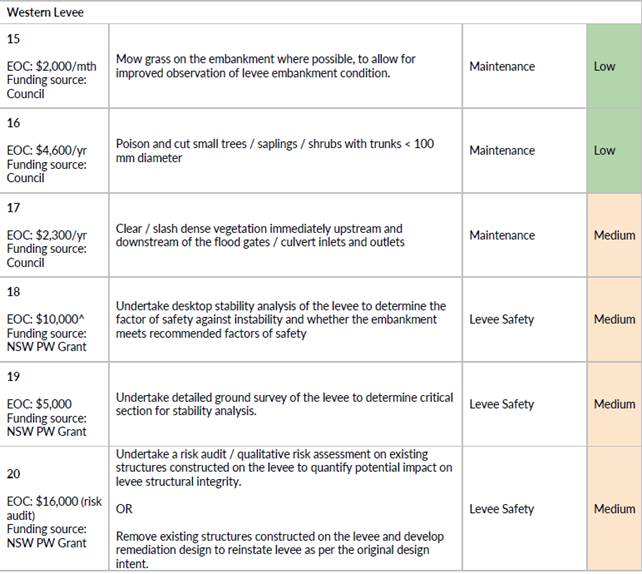

Strategic Considerations
Community Strategic Plan
and Operational Plan
This investigation and report indirectly connect to the
Drainage Upgrade OP activity for South Golden Beach as identified below.
|
CSP Objective
|
CSP Strategy
|
DP Action
|
Code
|
OP Activity
|
|
5: Connected Infrastructure
|
5.5: Provide continuous and sustainable water and
sewerage management
|
5.5.3: Storm-water - Provide stormwater infrastructure to
manage flood mitigation and improve social and environmental outcomes
|
5.5.3.8
|
Continue to progress South Golden Beach drainage upgrade
program
|
Recent Resolutions
Legal/Statutory/Policy
Considerations
Not Applicable
Financial Considerations
The estimated annual cost for Council-funded maintenance
actions is $85,300. An additional one-off cost of $1,150 is needed for clearing
a blocked flood gate. The NSW Public Works Flood Levee Repair and
Maintenance Program can fund recommended levee actions totalling a one-off cost
of $59,250.
Consultation and
Engagement
Given this is a preliminary
feasibility study, no consultation or engagement has been undertaken.
BYRON SHIRE COUNCIL
Staff
Reports - Infrastructure Services 4.2 - Attachment 1
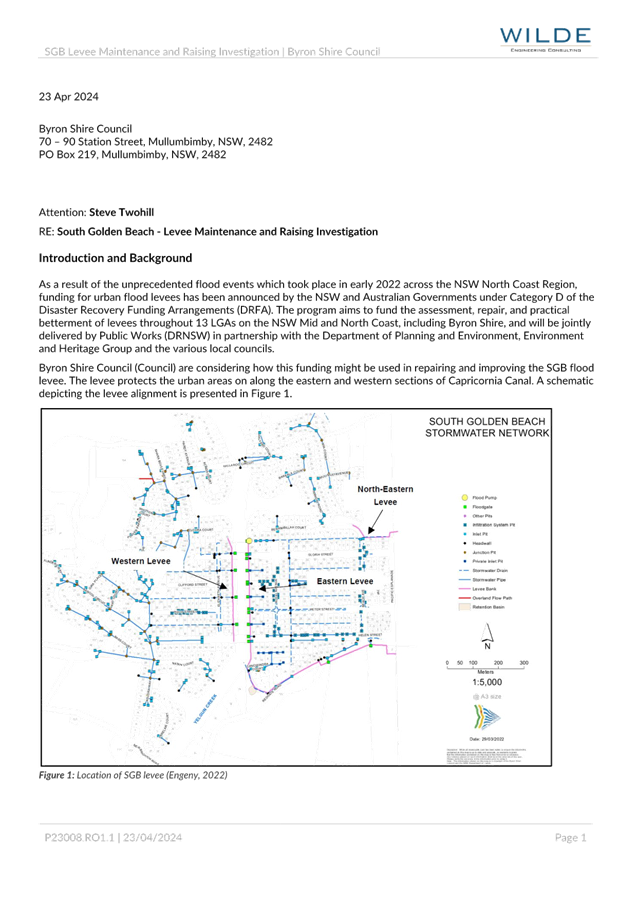
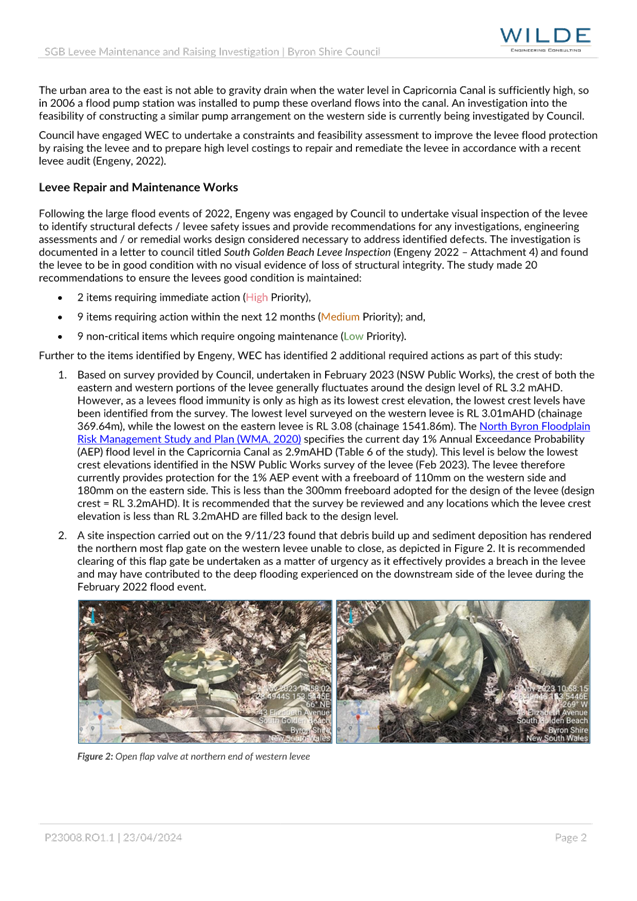
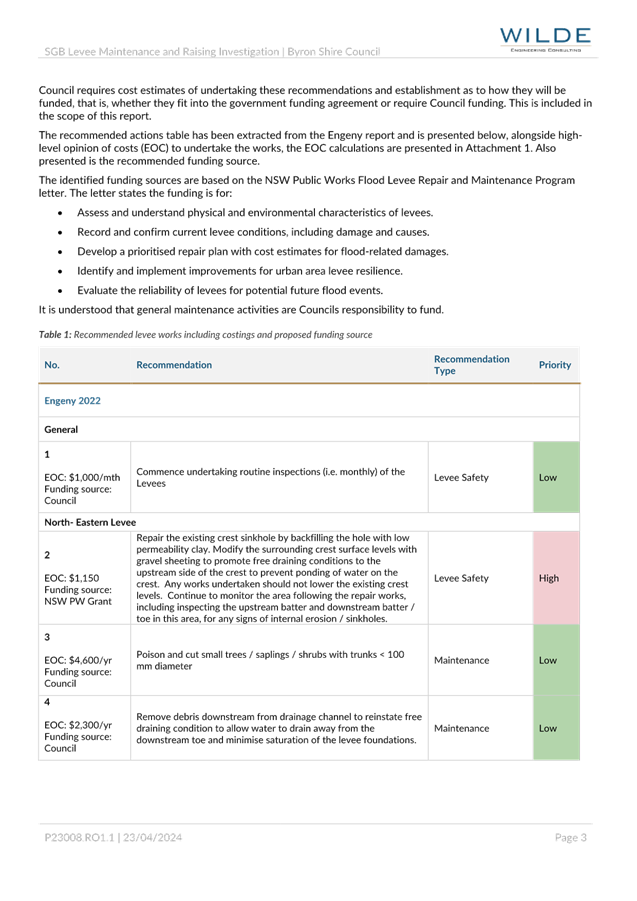


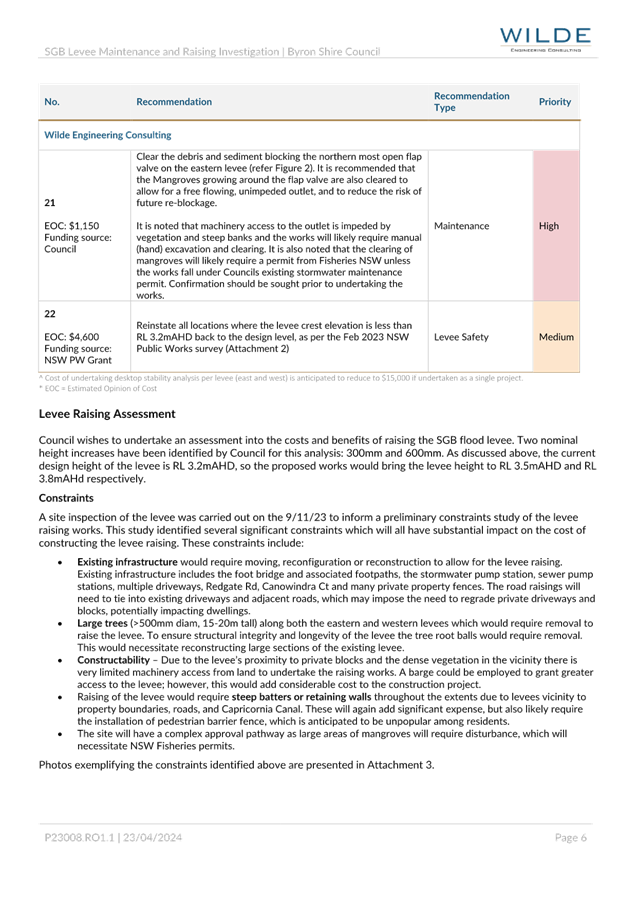

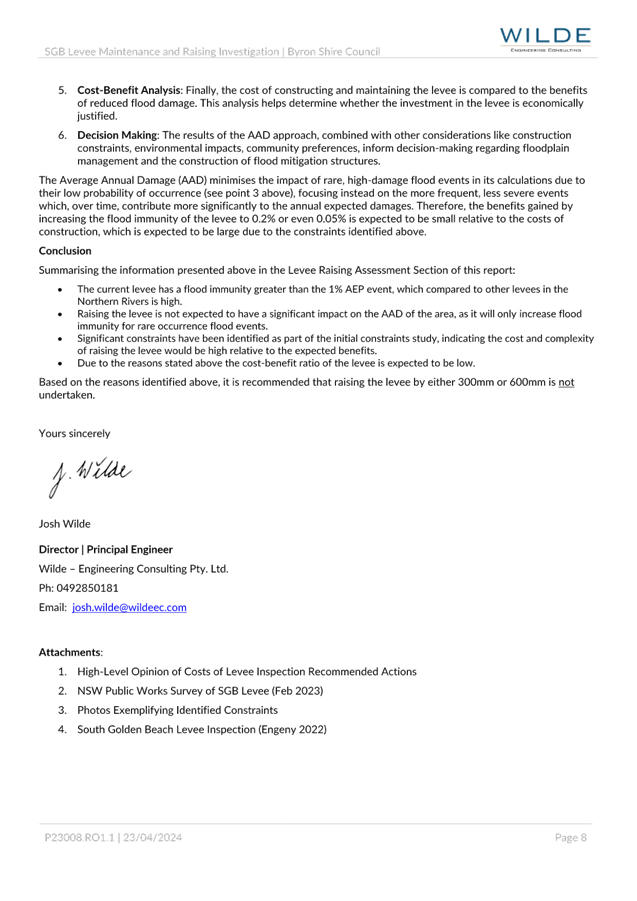

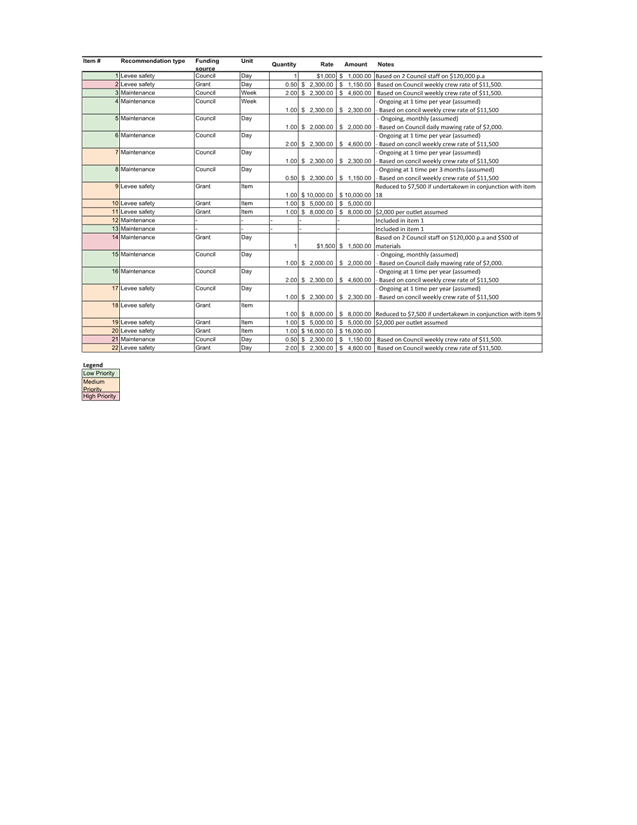

BYRON SHIRE COUNCIL
Staff Reports - Infrastructure Services 4.3
Report No. 4.3 Flood
Gate Upgrade Options Investigation - South Golden Beach
Directorate: Infrastructure
Services
Report Author: Isabella
Avelino Gianelli, Project Engineer
File No: I2024/164
Summary:
JB Pacific was commissioned by Byron Shire Council staff to
investigate potential upgrade options for floodgates at South Golden Beach
NSW. The project scope includes twelve gates on the east bank, four gates
along the west bank of Yelgun Creek and two along Redgate Road. The aim
is to improve flood resilience of the area by investigating into the most
effective upgrade options.
RECOMMENDATION:
1. That
the Committee notes the Floodgate Upgrade Options Investigation prepared
by JB Pacific March 2024– Attachment 1 (E2024/47404). In
particular, the recommendations contained in Section 4.2 and 5 of the report.
Attachments:
1 Report_SGB_Floodgates_upgrade_options_investigation_JBPacific,
E2024/47404 , page 20⇩ 
Report
The project location and extent has been shown in Figure
1-1.
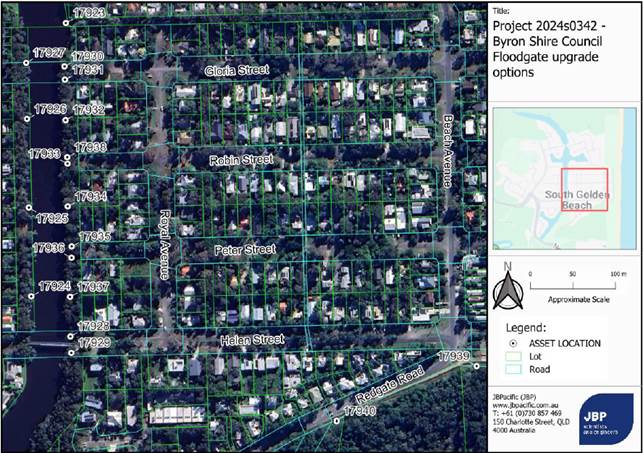 Figure 1-1: Project
site
Figure 1-1: Project
site
In order to improve the floodgates, it is critical to
understand the pros and cons of the current systems. Site inspection, made by
JB Pacific, has revealed that floodgates with the following features have demonstrated
notable effectiveness:
· Floodgates with grated pit upstream show significantly less
debris accumulation inside of the pipes.
· Floodgates with upstream swale grassed (not planted with
vegetation) show significantly less debris accumulation inside of the pipes.
Key issues
The main issues with the existing systems are:
1. Stagnant water rear of
levee:
- Flood risk: the closure or difficulty to discharge water into Yelgun Creek
may lead to increase in water level during flood events and result in water
damage to residential properties.
- Hygiene, odour and aesthetic concerns: Stagnant water can be breeding ground
for mosquitoes and attract various vectors which can transmit diseases to
humans.
2. Flap gates unable to seal:
- Flood risk: the flap gates are supposed to be one-way systems allowing
drainage into the creek only. As many of them are constantly open, they become
two-way systems and would allow creek water to come over the levee and flood
land behind.
- Flood risk: The flap gates unable to open.
The issues could exist simultaneously or even be of
influence of each other, however, they are listed separately to facilitate proposal
of solutions/options. Based on the present issues, the flap gates can be
further grouped in Table 2-1, potentially requiring improvement in similar
aspects.
The groups are:
· A - Water ponding rear of levee
· B - Large amount of debris coming through system, blockage
at flap gate, unable to seal
· C - Large amount of debris on apron, flap gate unable to
open
· D - No access due to overgrow
· E - No pressing issue.
Group D and E are advised to be monitored and no further
options will be necessary until any issue with them become clear. Further
options will be proposed for Group A to C. Further options will be proposed for
Group A to C.
Table 2-1: Asset categorisation based on issue. (extract
from attachment 1)

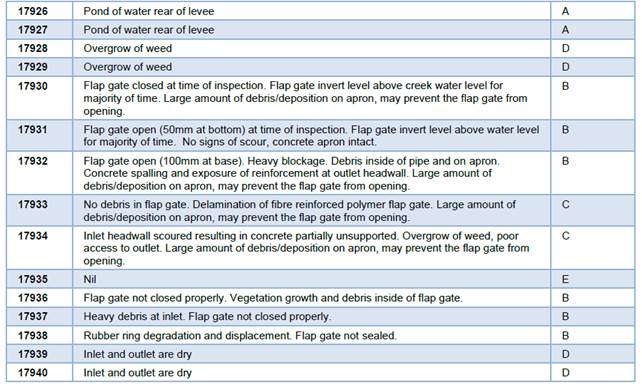
Group A - Stagnant
water rear of levee
This has been observed along the west bank of Yelgun Creek
and is considered likely to be the result of the following factors:
· Flap gates unable to seal due to rubber ring degradation.
· Flap gates unable to seal as they are jammed by debris.
· Flap gates unable to open as thick siltation and debris
accumulating on the apron.
· Waterhead too small to flush debris out as longitudinal
grade being too flat.
· Waterhead too small to flush debris out as insufficient
maintenance and large volume of debris accumulation acting as natural log jams.
To avoid the ponding, upgrade options shall consider
achieve at least one of the following:
· Ensure flap gates seal properly.
· Replace flap gates with another type of valve that seals
properly with presence of debris.
· Increase waterhead.
Group B –
blockage at flap gate
This has been observed at seven gates along the Yelgun
Creek and is considered likely to be the result of the following factors:
· Dense vegetation growth in swales and on levee. Foliage,
twigs and branches are main component of debris observed on site. Trees growing
on the levee could compromise stability of the levee through their extensive
root system. Piping could occur after mortality of trees and shrinkage of died
root systems. Trees growing inside of swales are considered worsening the
blockage.
· Lack of public awareness at locations. Residents utilise
the swale as storage for green waste or compost.
· Absence of any sieve/grates at inlets.
· Waterhead too small or flap gates too heavy to be flushed
open, resulting in water slowly drain out of a small opening and debris
accumulating inside of the gates.
The blockage is considered a combined result of the
above. Therefore, upgrade options shall consider achieve at least one of
the following:
· Reduction in debris input into the systems.
· Replace flap gates with another type of valve that seals
properly with presence of debris and allows water to drain freely during low tide
times.
Group C - flap
gate unable to open
This is a concern for nine gates which include gates
experiencing blockage at flap gates. Large amount of debris accumulated at
concrete aprons could make the opening of flap gates even more difficult
resulting in loss of water head. Resolving the issues of Group B is expected to
improve this issue at the same time. Apart from the above causes in Section
2.3, this is considered likely to be the result of the following factors:
· Outlet location experiences no flush from creek. Their
locations are retrieved on riverbank and behind mangroves which further reduce
flow.
The blockage is considered a combined result of the
above. Therefore, upgrade options shall consider achieve at least one of
the following:
· Reduction in debris input into the systems.
· Replace flap gates with another type of valve that seals
properly with presence of debris and allows water to drain freely during low
tide times.
· Extend outlets into the creek for flushing of concrete aprons.
Group
D – no access and Group E – no pressing issue
No issues have been identified for seven gates which fall
into Group D and E, either due to no access or flap gates are working properly.
Options
This section considers potential
options for improvements for groups of outlets. Issues observed on site can be
of the same cause as analysed above and same options will be proposed in such a
case.
Option 1 – Maintenance
work on existing system
The current systems have been in a
good to fair condition after being in service for 50 years. The performance is
reduced mainly due to lack of maintenance. Regular maintenance works are
therefore worth considering, such as replacing degraded rubber ring, raking the
pipes to remove excess debris, lubricating hinges for easier operation of
flaps, pressure wash aprons and remove excessive debris etc. This option
has minimum capital expenditure but requires long-term and continuous
investment into maintenance. The maintenance level is considered medium to set
a base-line case for this study.
Option 2 - Improving flap gates
Option
2.1 – New flap gates: many improvements have been made to flap gates over
the past 50 years. Replacing the existing gates with new designs will reduce
head loss resulting in better drainage and seal. Comparing with the
single hinge flap gates on site, double hung hinge flap gates have the benefit
of less likelihood for sticking gates and reduction in head loss.
Examples below shows a simple double hung flap gate and a Mueller hydro gate
with an adjustable pivot lug. The latter can be adjusted for more
sensitivity (less water to crack the gate open) which can result in less debris
accumulating inside of the gates. Mounting new flap gates will only trigger a
small amount of expense but it is likely they need to be imported from
overseas. Locally in Australia, flap gates of lighter material are
available such as High-Density Polyethylene (HDPE) which will be more sensitive
than the current glass fibre reinforced polymer gates. This option also
comes with a medium level or slightly lighter maintenance need.
At the same time, the current pipes
seem to have a flush end, then connecting to a flap gate. This would
result in flap gates to remain slightly open due to gravity. A
schematisation of the situation is in Figure 3-2. This is considered a
design defect or poor construction quality and should be remediated if
confirmed through detailed geometry check of the flap gates.
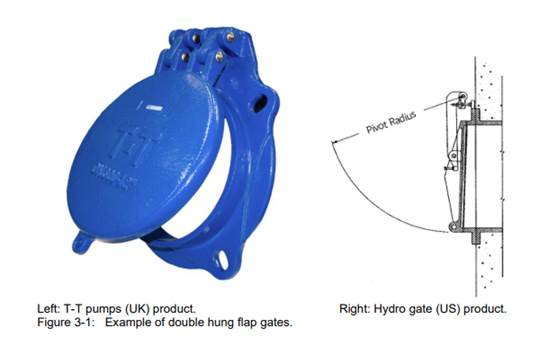
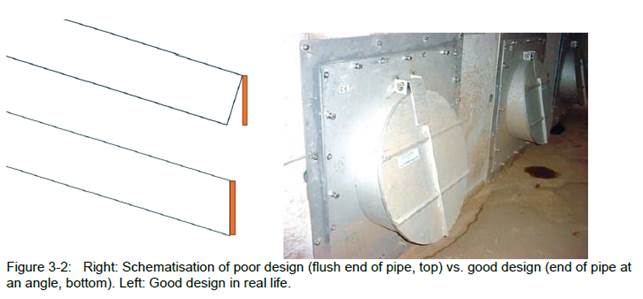
Option 2.2 - Automated flap gates:
automate the operation of flap gates to fully open and close can reduce head
loss. This increases the likelihood of flushing debris out of the system,
but requires establishment of new power supply, actuators and staff overwatching
the operation which suggests a medium size capital expenditure and maintenance
cost. The automated flap gates still require maintenance due to blockage by
twigs and branches but is expected of less frequent due to less loss of water
head. The actuators can be hydraulically or electrically operated.
However, many gates at this site sits above tidal range suggesting the
hydraulic operation is not available unless they are extended out into the
creek, while electrical actuators need to be positioned above flood levels to
avoid submergence. As these gates are customised, their fabrication price
remains unknown. Existing flap gates cannot be recycled, and new gates are
needed for automation.
Option 2.3 – New flushing
system: a flushing system (likely consists of a hose, a water pump and a
switch) can be incorporated inside of the pipe near its inlet to flush debris
out and potentially clearing the concrete apron given enough pressure.
This can largely reduce maintenance frequency, ensures the seal of flap gates
at most times and reduce maintenance difficulty comparing with raking
individual pipes. However, the flushing system requires new power supply,
and water source. Its operation can be manually turned on by council staff (no
telemetry required) or fully automated (with telemetry). Such system will be
custom made which suggests a medium size capital expenditure but small
maintenance fee on going.
Option 3 - Improving swales
Clearing out and restoring the
swales to grass swales can significantly reduce the amount of debris going
through the system. This includes clear out vegetations and reprofile
swales for a 1% to 4% longitudinal grade. The system still requires
maintenance but is expected of less frequent due to less debris coming through
and greater waterhead to flush out them. A small capital expenditure and
maintenance investment are expected, given the survey confirms the grade of
existing swales are insufficient.
Option 4 - Replacing flap
gates
Removing and replacing the
existing flap gates with alternative one-way valves can improve performance and
reduce maintenance requirements. Different valves are considered here.
Option 4.1 – Automated vertical rising gates: removing
existing flap gates and replacing them with automated sluice gates (or knife
gates, to retrofit onto existing pipes) that seals tight with minor leave
debris present. Knife and sluice gates are vertical rising valves need to
be lifted open through powered mechanic arms. Electrical actuators have
been considered the most economic for our case by flap valve suppliers JBP
approached.
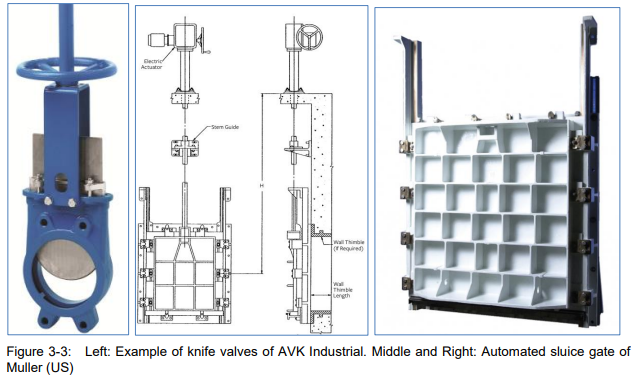
The valves are off-shelf products, but the automation
requires new power supply (with flood immunity) and actuators and operators as
discussed before. The supplier has suggested the knife valves requires
similar degree of maintenance as flap valves because they are unable to cut
through twigs and branches.
Also note the knife valves require support from both sides
therefore cannot be directly fitted on to the existing pipes. Likely
works include cutting the concrete pipe; install the knife valve; rejoin the
concrete pipe at both ends to provide stability for the valve. This is
therefore high in capital and maintenance expenditure. Sluice gates can
be mounted onto existing pipes (single side support) which saves on
modification of concrete pipes.
With automation, a new risk to public safety will need to be
managed by council by controlling unauthorised access to these valves.
Closing of the knife valves could lead to death and serious injury of any
person inside of the pipe. Full isolation of the system during
maintenance works is also highly recommended for the safety of council staff.
Option 4.2 – Alternative
one-way valves: there are other non-return valves available on the market that relies
on hydrostatic pressure to operate. They eliminate the need for power
supply and telemetry system which significantly reduce upgrade cost. Some
examples include scissor gates, duckbill valves and in-line check valves.
Scissor gates rely on buoyance to
open and close and can handle foliage debris. However, twigs and branches will
still prevent it from sealing. The design is customised by HydroSlide
(UK). The gate is of metal, which will have corrosion issue in our site
and requires careful selection of material and corrosion prevention measures
such as painting.
Duckbill valves have higher
tolerance to debris comparing with flap gates, and are usually made of
rubber. They are safer for fish and are claimed to be maintenance free
(no moving mechanical parts), if given enough water head. More
information on catchment area, longitudinal grade of each outlet would be
required to determine if water head is sufficient to open them as they usually
require higher head than flap gates.
In-line check valves can also seal
better with minor foliage debris than flap gates but requires higher water head
to open. They can be made of rubber and shares many pros and cons with
the duckbill valves. Their application can result in a small to large
capital expenditure, depending on how much work is required to increase water
head to a satisfactory level. Based on observation on site, it is likely
to require earthwork and replacing concrete pipes at a greater grade for this
option to perform as intended. This suggests a large capital
expenditure. However improved systems are expected to have less
maintenance requirements.
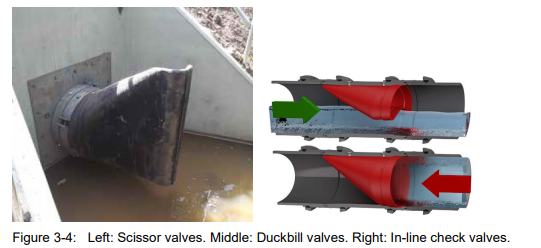
Group B – blockage at flap gate, unable to seal
Option 3 and 4 discussed in Section 3.1.4 and 3.1.5 have
been discussed above for Group A and are applicable to Group B with the same
pros and cons. Hence it is not further discussed here.
Option 5 – Screens at inlet
Reduction in debris coming through the system reduces
likelihood of blockage at flap gates. This can be achieved by installing
screens/sieves/grates at inlets. The screens can prevent natural and man-made
(plastic bags, cans) debris entering the creek and accumulate at locations that
are easy to access and clear out. This is a value-add on cleaning the
creek and allow safe removal of debris. There are many designs available
depending on target debris size. Alignment of the screen can also vary
from being perpendicular to the approach flow (susceptible to blockage but easy
construction with off-shelf products) to being at an oblique angle to the
approach flow to increase its effective area and reduce likelihood of blockage.
Without clearing of the swales, the debris are not removed
from the system but simply accumulated upstream with less influence on seal of
flap gates. However, the screens will change the hydraulic of the swale
and suitability and design details should be confirmed through numerical
modelling. The build-up requires clearing prior and after flood season to
ensure minimum rise of water level in the swale and no increase in flood risk
upstream.
The screens are easy to install, and swales are of good foot
access. Therefore, this option has a small capital expenditure and a
medium maintenance fee in long-run.
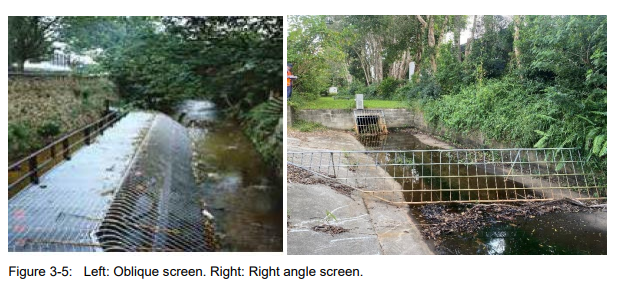
Group C – flap gate unable to open
The restriction on gate’s
ability to open due to sedimentation on aprons can be resolved through:
· Careful
design of Option 2 - Improving flap gates with sufficient clearance.
· Reducing
debris load through Option 3 - Improving swales and Option 5 – Screens at
inlet.
· Change
of valve opening mechanism through Option 4 - Replacing flap gates. Duckbill
valves have higher tolerance to debris and requires higher water head/ flow
rate to open. Its design will not be blocked by accumulation of debris outside
of the valve, and its release of water will have more volume hence better
chance at flushing apron clean.
Multi Criteria Assessment
Methodology
Each option has been reviewed to
establish their relative merits against a set of project objectives via a
Multi-Criteria Analysis (MCA). The purpose of the MCA is to help
determine the preferred options in a systematic way. It uses Technical,
Environmental, Social and Economic categories, including several sub-categories
to develop a scoring system. Table 4-1 MCA scoring criteria and results are
presented in attachment 1.
Next steps
Exploring options to reduce
maintenance frequency and difficulty reveals that automation, while initially
appealing, adds complexity. It introduces additional electronic or
mechanical components and specialized services along the levee.
Automation may decrease outlet maintenance demand but requires regular upkeep
by personnel with specific skills due to involvement with electricity, moving
parts, and computer algorithms. O utsourcing this maintenance is an option but
increases the maintenance budget. Moreover, in a marine environment with
flood risk, electrical automation systems may necessitate monthly
maintenance. Automation does not eliminate the need for regular
maintenance tasks such as clearing swales, removing debris, and inspecting
outlets, as automated systems may struggle with handling woody debris.
Therefore, automation isn't recommended.
Upon review of available products and areas of improvements,
a mechanical system relying on gravity/hydrostatic pressure just as the current
flap gates remains council’s best choice for easy maintenance and low
capital cost. However, improvements can certainly be made on the existing
system.
JBP recommends taking the following measures:
1. Enhance seal/ water tightness: Consider
adopting an improved design allows flap gates to close fully under gravity by
extending the bottom of pipe to meet the gate as illustrated in Figure 3-2.
Importing double hung hinged flap gates or bespoken flap gate design for Group
A and B. Upgrade/ remediation priority will be on the gates along the
western bank, 17924 to 17927, as the inlet invert is lower than the spring tide
level, during high tide water will flow from the creek to inland.
Figure 3-2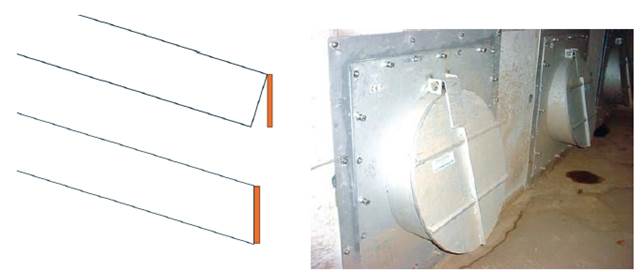
2. Increase water head
Clear out swales of vegetation
other than grass and re-grade them to ensure a good longitudinal profile,
applicable to gates connected to swales. There are gates connected to
open grass land which do not require further clearance.
3. Reduce debris coming into the
system
(a) Install grates at inlets to
further reduce debris coming into pipes. This may not be necessary if the
swales are clear of debris. It is recommended to monitor the systems after
clearing the swales before installing grates for gates without screens.
If swales cannot to be cleared for any reason, priority should be given to
floodgates that has dense vegetation or deciduous trees within 20m upstream of
the inlet, and then gradually roll out to all inlets.
(b) Educate residents on the
importance of maintaining the swales clear of foreign objects and avoid
planting in or on the swale banks.
The measures are not listed in
order of priorities but are recommended to be actioned at once to achieve the
best outcome.
Yearly maintenance programme
Following CIRIA C7861 guidance and
combining with specific site observations, a generic maintenance programme is
developed to follow remediation works proposed above to further improve flood
resilience of the site.
5.1 Activity
Expected maintenance activities
for the remediated floodgates are:
1. Inspection. Council staff to
inspect floodgates for abnormalities and identify triggers of further
maintenance activities as below.
2. Removing sediment and debris
from pipes through high-pressure jetting. This eliminates the need to
feed a rake through the pipes and the need for personnel to enter the systems.
The pressure should not be damaging to the concrete pipes but sufficient to
flush debris directly out or at least to outlet points for easy removal.
3. Clearing debris from screens.
Screens tend to block with debris and regular cleaning is needed to maintain
hydraulic performance of them. As the floodgates in interest do not
experience large head of water, manual raking is considered suitable.
This activity should only be carried out in good sunny weather when the systems
are dry. The debris should be removed from the site.
4. Maintaining flap gates. Flap
gates operation relies on rubber rings and hinges. These parts should be
examined and replaced timely. Lubrication of hinges should be conducted
regularly to facilitate open and close of gates.
5. Controlling vegetation
upstream. Swales feeding into the flap gates are to be cleared of debris
and unnecessary vegetation that contributes to blockage.
5.2 Frequency
As the design/construction of
these gates are not ideal, the below frequencies are recommended as a minimum:
· Inspection – Quarterly for any year. Recommended
times are late October, late January, late April, and August based on
‘wet season’ from November to April.
· Activity 2, 3, and 5 – Biannually at late October
(before start of wet season) and late April (drier time for easy access).
· Activity 4 – Likely to be every year but depends on
manufacturer’s guidance.
Strategic Considerations
Community Strategic Plan
and Operational Plan
|
CSP Objective
|
CSP Strategy
|
DP Action
|
Code
|
OP Activity
|
|
5: Connected Infrastructure
|
5.5: Provide continuous and sustainable water and
sewerage management
|
5.5.3: Storm-water - Provide stormwater infrastructure to
manage flood mitigation and improve social and environmental outcomes
|
5.5.3.8
|
Continue to progress South Golden Beach drainage upgrade
program
|
Recent Resolutions
·
Legal/Statutory/Policy
Considerations
Not applicable
Financial Considerations
This project has been funded under funding
source - NRRRP Stream 1 - Increasing flood risk awareness. CSIRO ID NP10.
Indicative costs for construction works
recommended in Section 4.2 have been developed as a guidance.
Table 6-1: Indicative
construction cost (extract from attachment 1)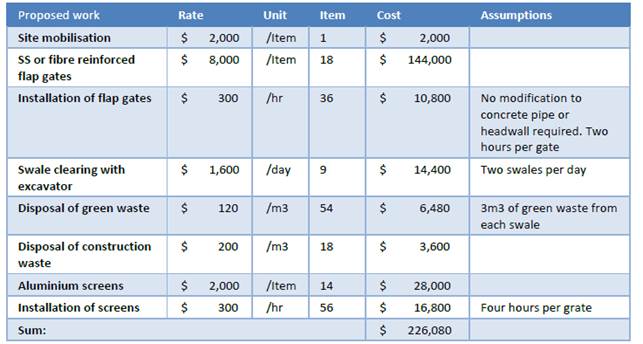
Yearly
maintenance cost
Based on the frequency and activities
proposed in Section 5, indicative costs for maintenance are as below.
Table 6-2: Indicative
maintenance cost per year (extract from attachment 1)
Council do have an existing
Maintenance Budget allowance for this area under the “North – Urban
Drainage Maintenance” component of the Draft Operation Plan 2024/2025.
Any upgrade items outlined in Section 4.2 and 5 and costs in Section 6 of this
report would need to be reviewed and rationalised against the other priorities
within that funding allowance.
Consultation and
Engagement
Given this is an investigation
study, no consultation or engagement has been undertaken.
BYRON SHIRE COUNCIL
Staff
Reports - Infrastructure Services 4.3 - Attachment 1
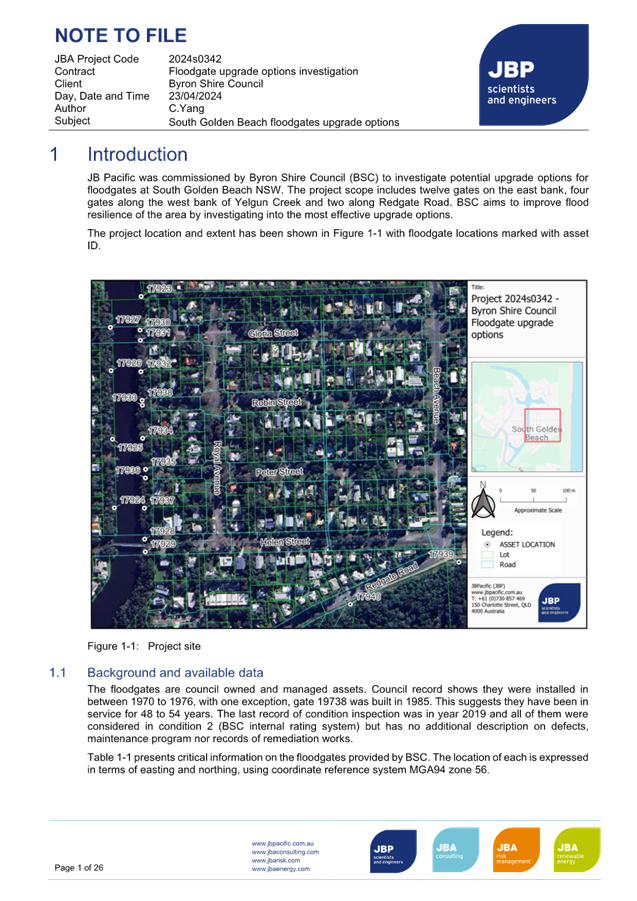
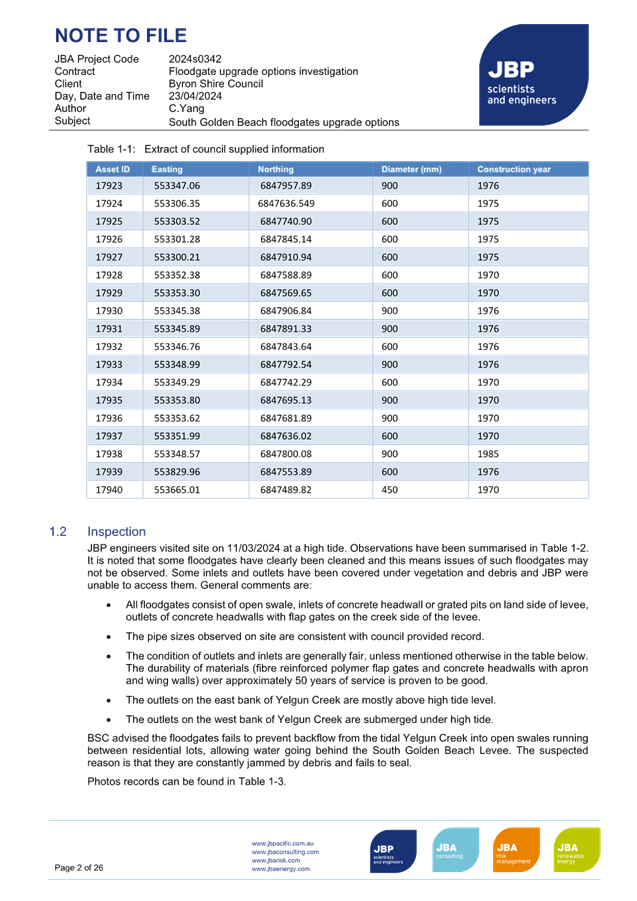
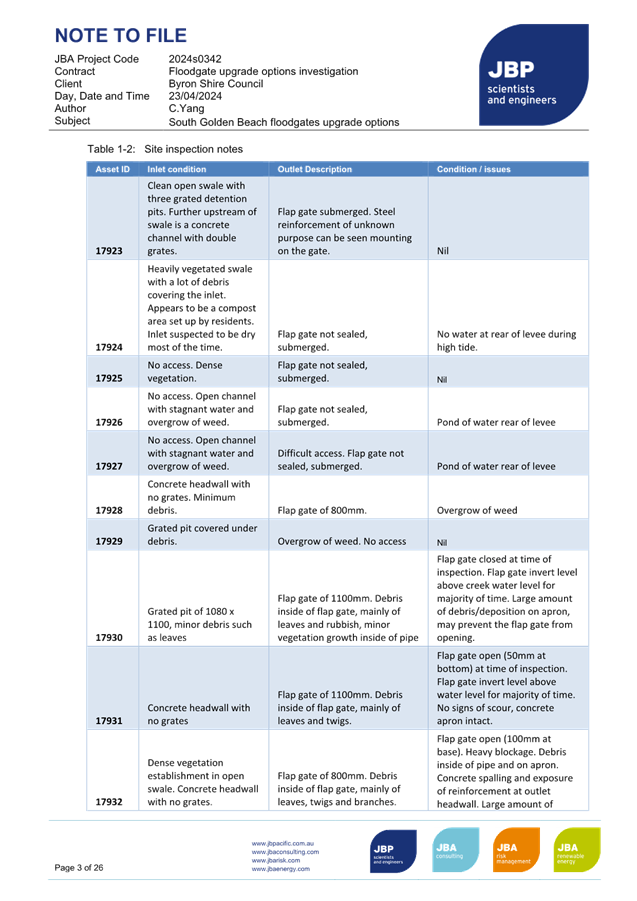
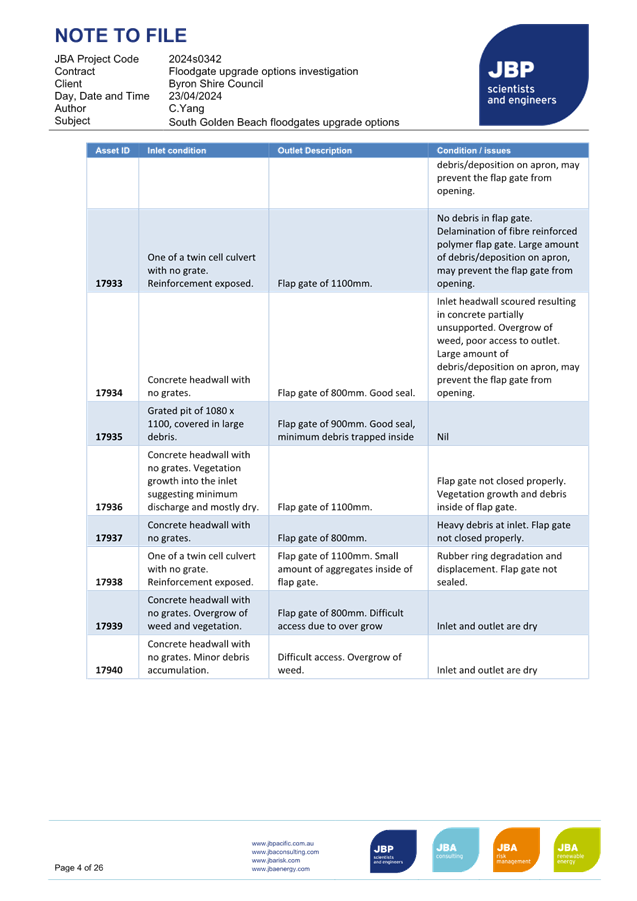
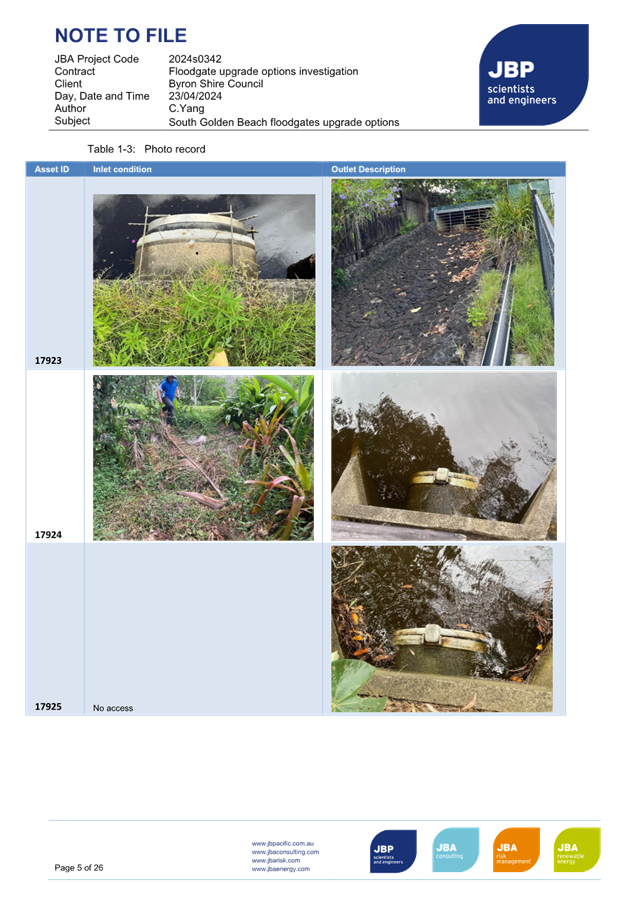
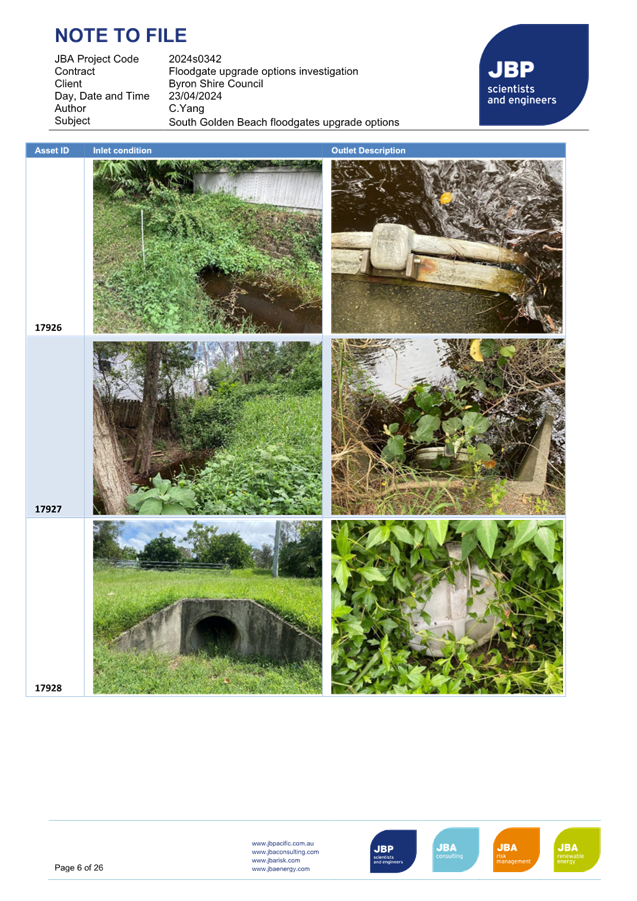

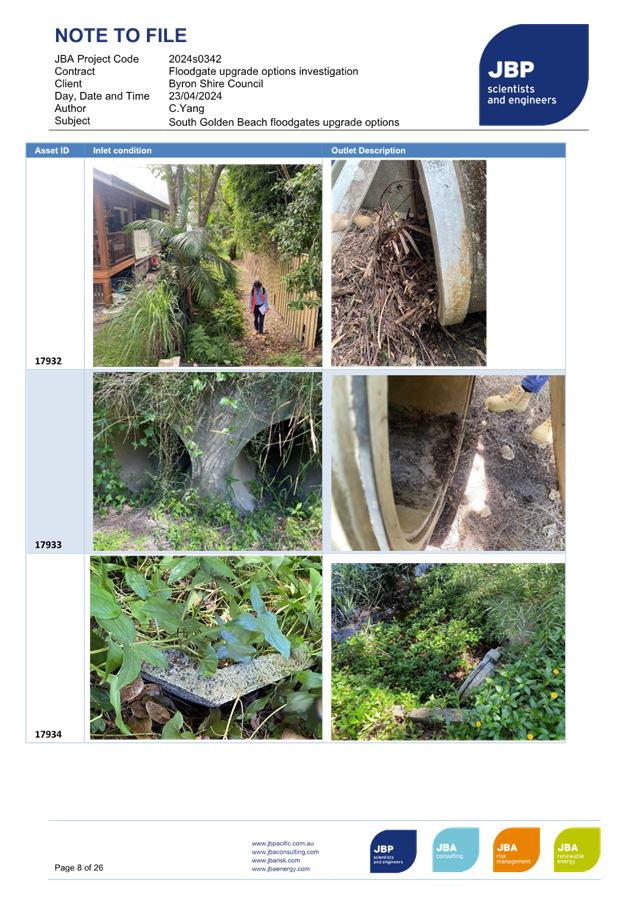


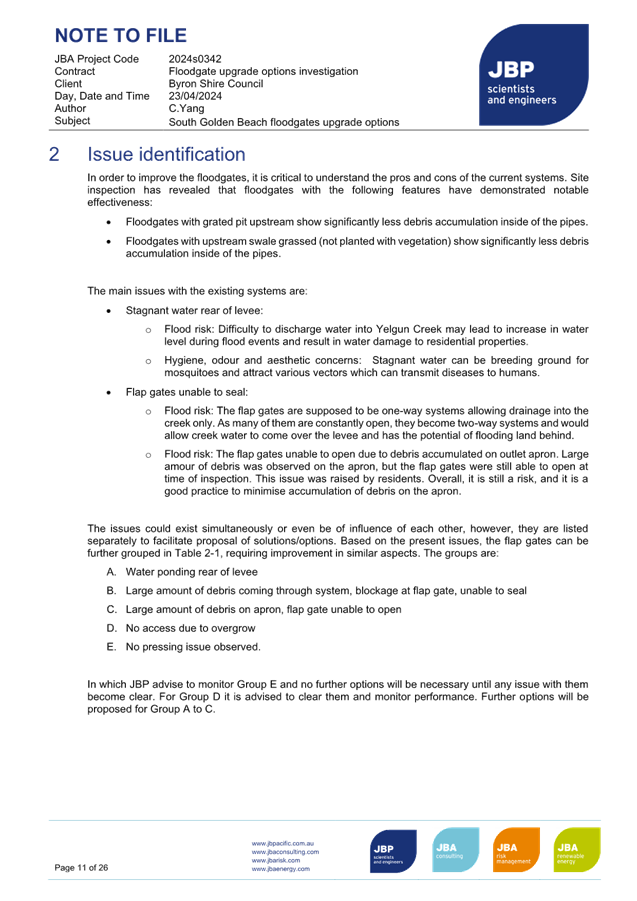
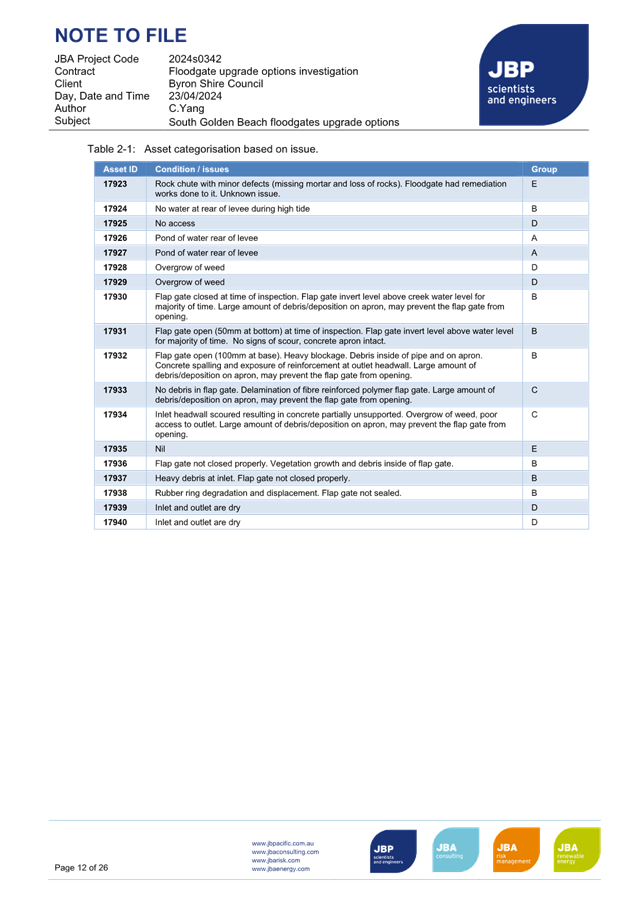
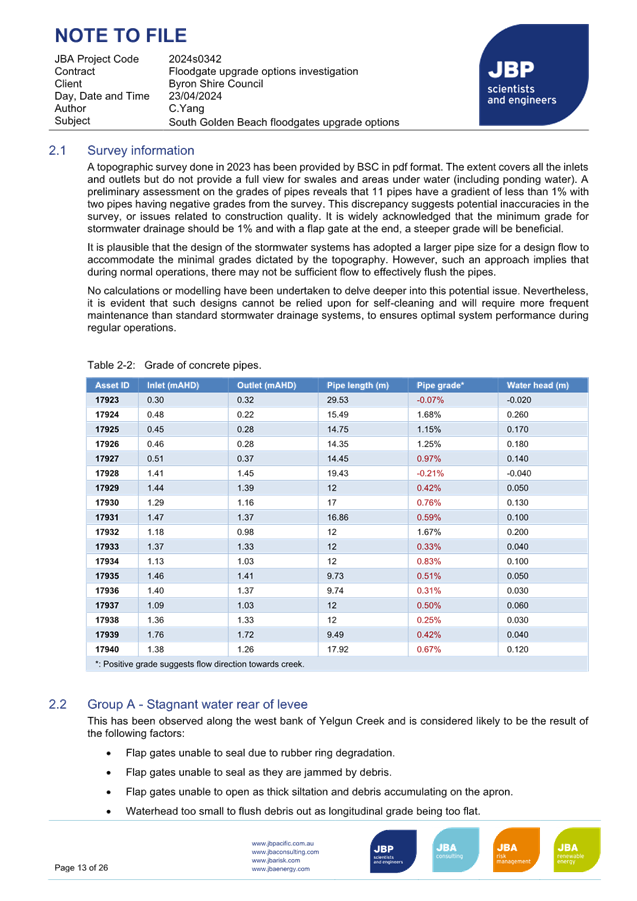
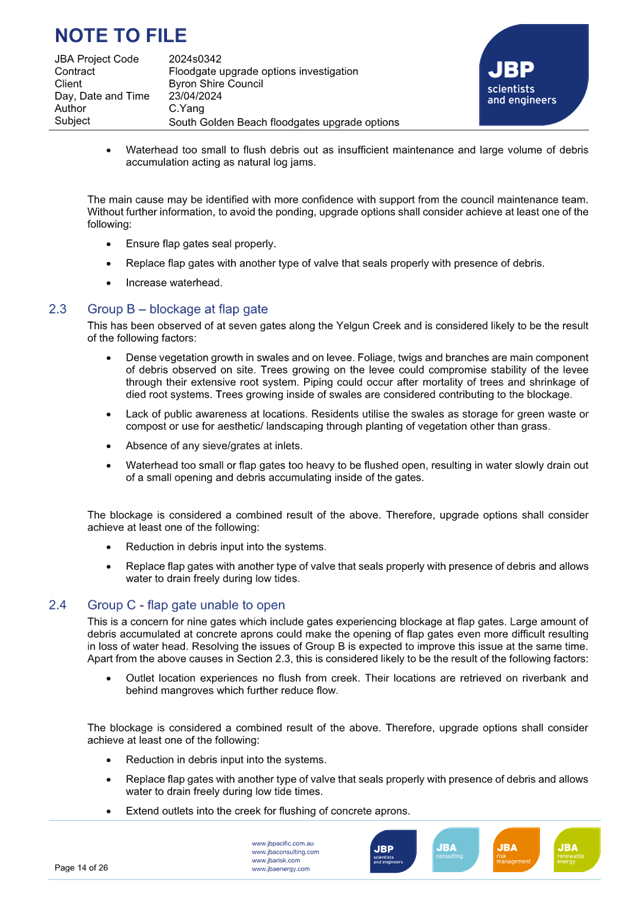
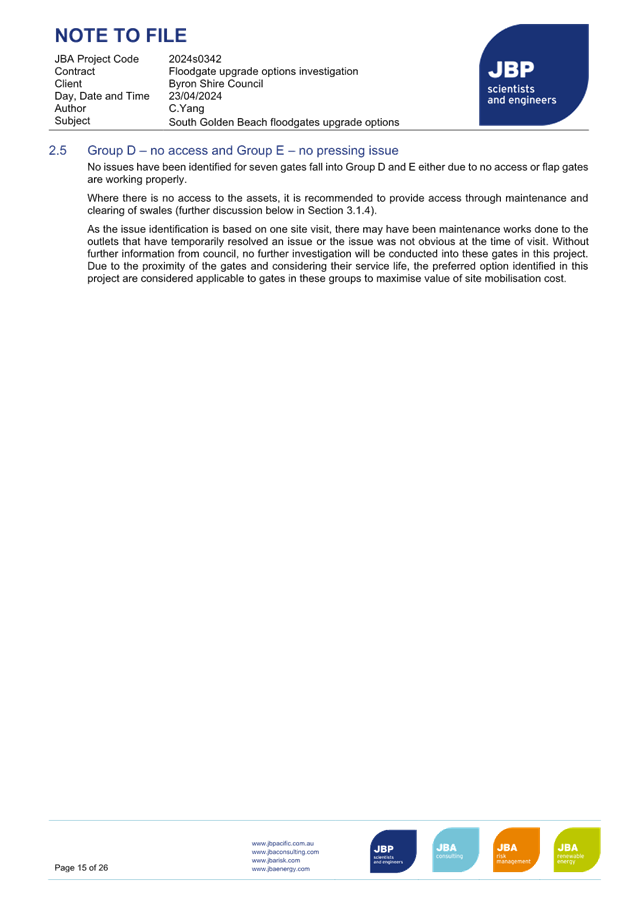
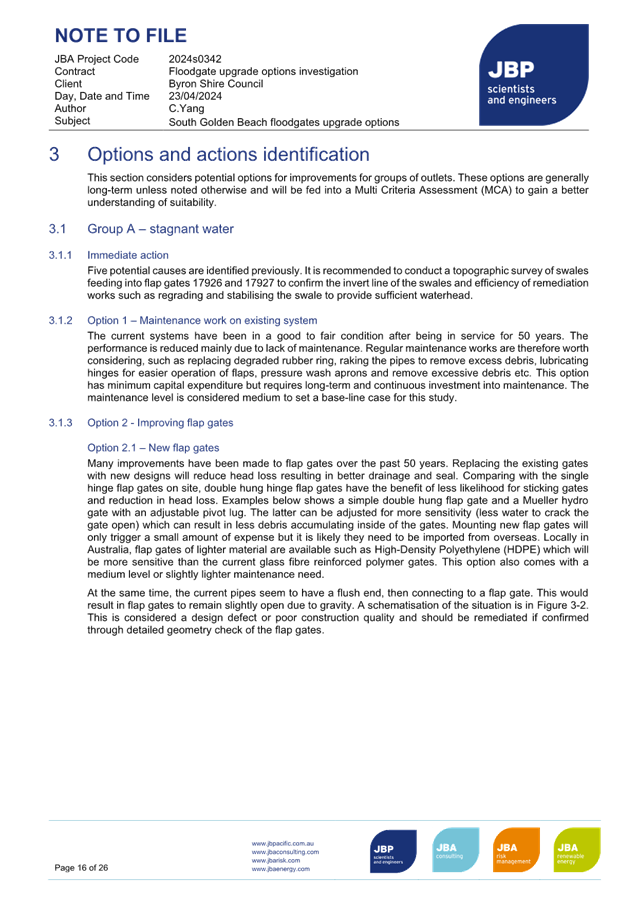
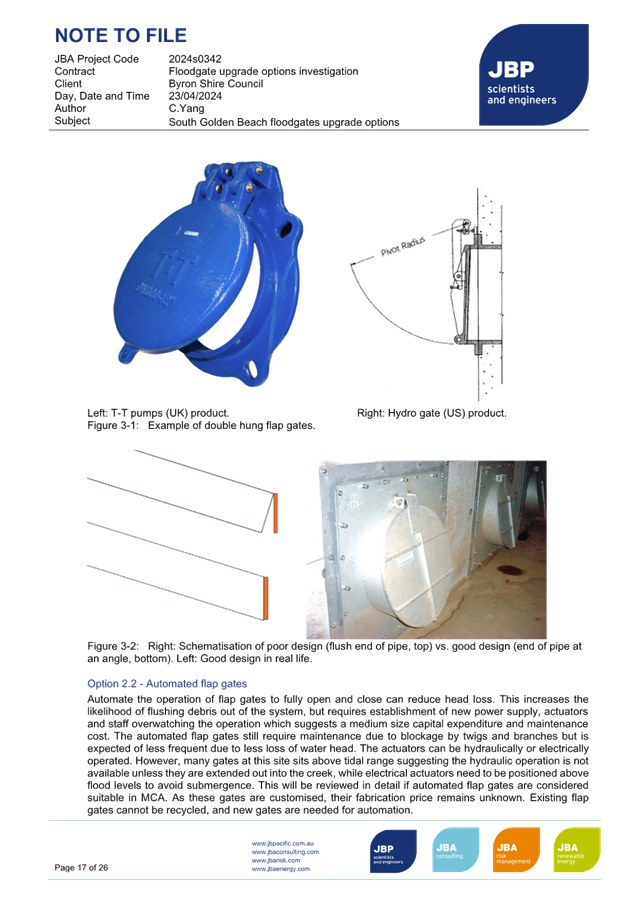
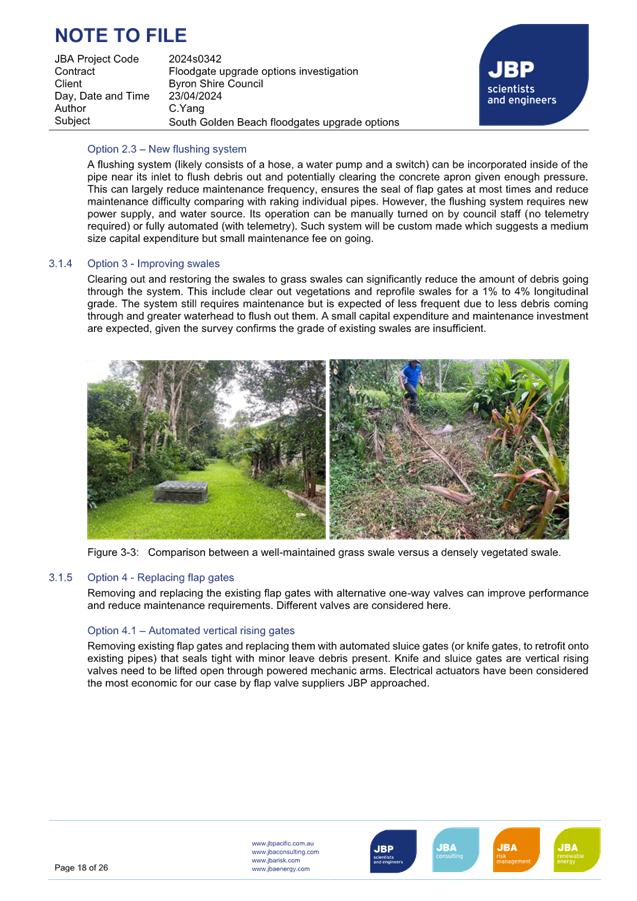
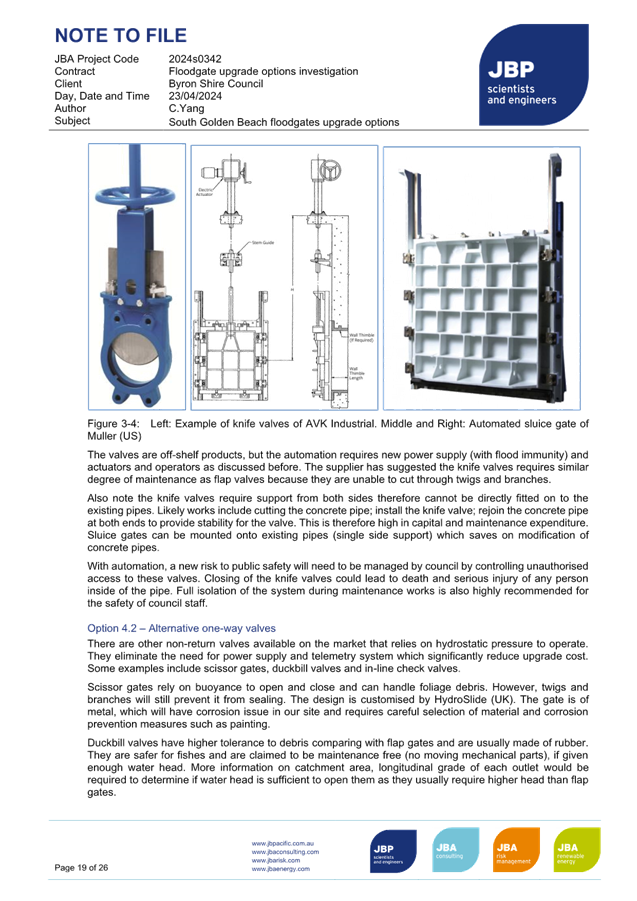
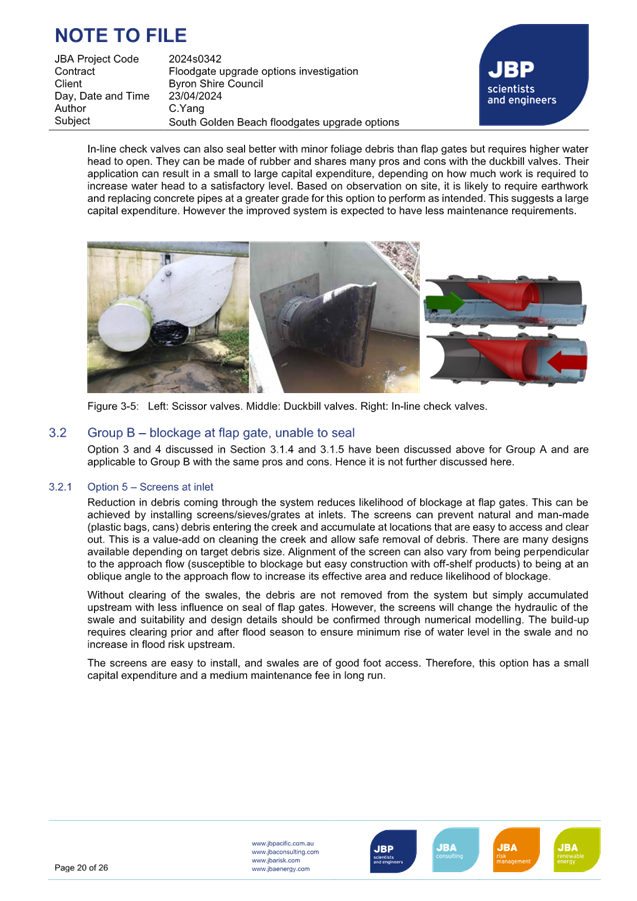
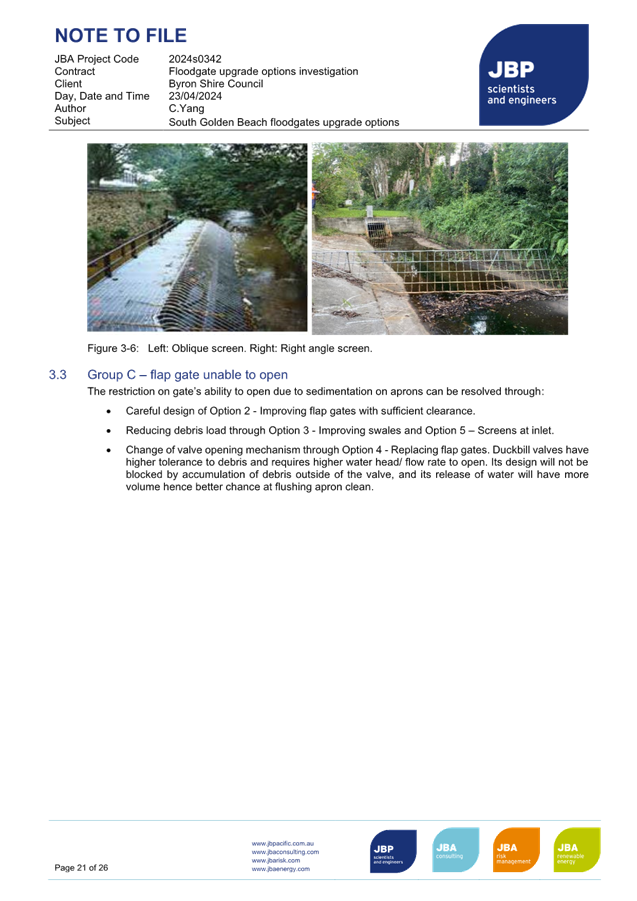
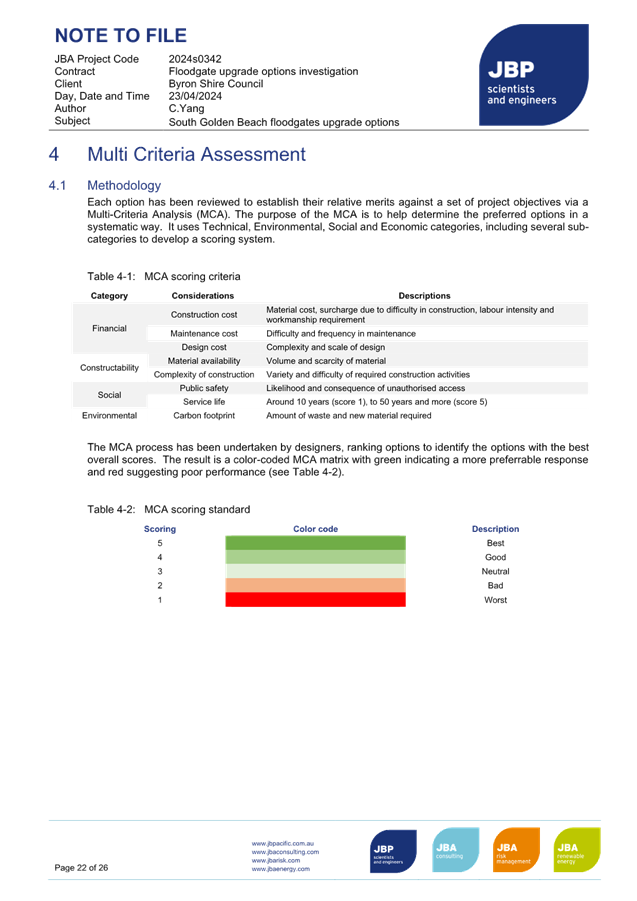
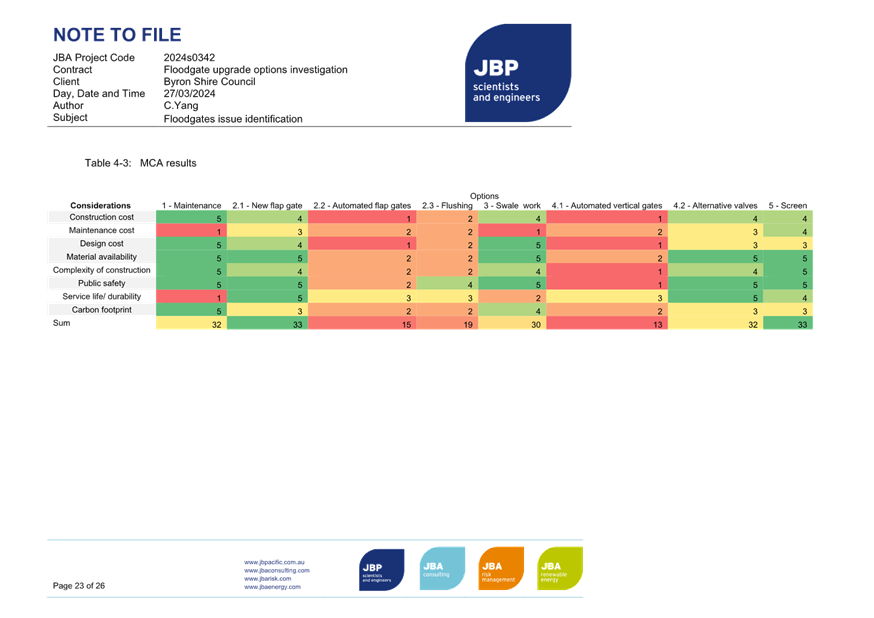
BYRON SHIRE COUNCIL
Staff Reports - Infrastructure Services 4.4
Report No. 4.4 Post
2022 Event Flood Behaviour Analysis - Brunswick River , Belongil Creek and
Tallow Creek - NSW Department of Planning & Environment
Directorate: Infrastructure
Services
Report Author: Steve
Twohill, Flood and Drainage Engineer
File No: I2024/676
Summary:
The NSW Department of Planning & Environment (DPE)
– now rebranded to NSW Department of Climate Change, Energy, the
Environment and Water (DCCEEW) have finalised and
published Post 2022 Flood Analysis Assessments for the three (3) main
catchments contained within Byron Shire Council.
These reports have been uploaded to the NSW State of
Emergency Service – NSW Flood Data Portal. All these reports are
available to be viewed and downloaded.
These assessment reports are outlined as:-
“Post 2022 Event Flood Behaviour Analysis - Brunswick
River – Final Report – February 2024” – WMA Water -
(E2024/51340). Download link at Post
2022 Event Flood Behaviour Analysis - Brunswick River Report - Datasets - NSW
Flood Data Portal
“Post Event Flood Behaviour Analysis of the March 2022
Event – Belongil Creek – Final Report – 19 April 2024”
– BMT - (E2024/51531). Download link at Post
Event Flood Behaviour Analysis of the March 2022 Event - Belongil Creek Report
- Datasets - NSW Flood Data Portal
“Post Event Flood Behaviour Analysis of the March 2022
Event – Tallow Creek – Final Report – 19 April 2024”
– BMT - (E2024/51533). Download link at Post
Event Flood Behaviour Analysis of the March 2022 Event - Tallow Creek Report -
Datasets - NSW Flood Data Portal
Links to these reports have been included on the Byron Shire
Council website.
In response to requests from the Committee, DCCEEW have
provided an animation of the 2022 flood event for the North Byron catchment
– refer document E2024/51367
RECOMMENDATION:
1. That
the Floodplain Management Advisory Committee notes that the Department
of Climate Change, Energy, the Environment and Water (DCCEEW) have finalised
and published Post 2022 Flood Analysis Assessments for the three (3) main
catchments contained within Byron Shire Council. These include the North
Byron/Brunswick River, Belongil Creek and Tallow Creek catchments.
Attachments:
1 BSC
Flood Mitigation Program, E2022/52007
, page 20⇩ 
Report
The NSW Department of Planning & Environment (DPE)
– now rebranded to NSW Department of Climate Change, Energy, the
Environment and Water (DCCEEW) have finalised and published Post 2022 Flood
Analysis Assessments for the three (3) main catchments contained within Byron
Shire Council.
These reports have been uploaded to the NSW State of
Emergency Service – NSW Flood Data Portal. All these reports are
available to be viewed and downloaded.
These assessment reports are outlined as:-
“Post 2022 Event Flood Behaviour Analysis - Brunswick
River – Final Report – February 2024” – WMA Water -
(E2024/51340). Download link at Post
2022 Event Flood Behaviour Analysis - Brunswick River Report - Datasets - NSW
Flood Data Portal
“Post Event Flood Behaviour Analysis of the March 2022
Event – Belongil Creek – Final Report – 19 April 2024”
– BMT - (E2024/51531). Download link at Post
Event Flood Behaviour Analysis of the March 2022 Event - Belongil Creek Report
- Datasets - NSW Flood Data Portal
“Post Event Flood Behaviour Analysis of the March 2022
Event – Tallow Creek – Final Report – 19 April 2024”
– BMT - (E2024/51533). Download link at Post
Event Flood Behaviour Analysis of the March 2022 Event - Tallow Creek Report -
Datasets - NSW Flood Data Portal
Links to these reports have been included on the Byron Shire
Council website.
These reports aim
to understand the areas impacted by the recent 2022 flood event and determine
the current approved flood model's ability to replicate the event. The common recommendation and finding from the
analysis were that the existing Flood Studies have reached their use by date
due to advances in modelling technology and techniques gained over the past
five (5) years. Updates to all current flood studies are recommended.
While the
Report’s findings provide various recommendation that Byron Shire Council
support, we will not be making any changes to our planning instruments at this
stage. To do this, we would need our own updated Floodplain Management
Study and Plan/s for each of the catchments in the Shire. This would
require updates to all Flood Models to then inform the Flood Risk Study and
Plan process. That would include review of Development Controls, Fill
Exclusion zones as examples. This approach is consistent with the
mandated processes under the NSW Flood Risk Management Manual 2023 that Council
shall comply with.
To support this
approach in respect to updated development controls, the Brunswick River report
compared the actual 2022 event to the adopted 2100 development flood controls
that include 1% AEP, sea level rise and 20% increased rainfall intensity. It
found that the 2022 event was either consistent or lower that these design
controls.
In respect to the northern region of the shire, DCCEEW have
provided an animation of the 2022 flood event for the North Byron / Brunswick
River catchment – refer document E2024/51367.
There is an anomaly with the recreation of the flood pattern
in the South Golden Beach area on the western side of the canal system.
Flooding was experienced from the north in a manner not predicted by the design
model. The post flood review raised concerns with the flood model
limitation at the Kallaroo Bund Interface and interface with the Coastal Creeks
of Tweed Shire.
In terms of updated flood studies, Council has been awarded
DCCEEW grant funds to undertake the Belongil and Tallow Creek/s, works have
been tendered with contract engagement expected to be issued by end of May
2024. Works were put on hold awaiting the updated the Light Detention and
Ranging Survey (LIDAR) being undertaken by the CSIRO. To date no updated
LIDAR data has been issued by the CSIRO. This project will also include
updates to the Floodplain Risk Management Study and Plan/s for both catchments.
In respect to the North Byron Flood Study and associated
Risk Management Study and Plan no budget has been allocated within the draft
Operational Plan 2024/25 by Council for this work. Applications for the
2024-25 Floodplain Management Program close on 16 May 2024. This is a
reoccurring annual grant; Council will seek funding to support an application
in the 2025/2026 round.
Key issues
Not applicable
Strategic Considerations
Community Strategic Plan and Operational Plan
|
CSP Objective
|
CSP Strategy
|
DP Action
|
Code
|
OP Activity
|

Recent Resolutions
· 23-271,
23-094, 22-606, 22-352, 23-654
Legal/Statutory/Policy Considerations
The updated Floodplain Development Manual 2023 supports the
policy and guides councils through the floodplain risk management
process. The manual helps councils develop and implement local floodplain
risk management plans and outlines the technical assistance provided by the NSW
Government.
The manual details the roles and responsibilities of various
NSW agencies and includes information on:
• the
preparation of flood studies, floodplain risk management studies and plans
• floodplain
risk management options
• flood
planning levels and areas
• hydraulic
and hazard categorisation
• emergency
response planning.
The manual was originally gazetted in 2005 with a new
updated manual being gazetted in 2023. It is the manual relating to the
development of flood-liable land for the purposes of section 733 of the Local
Government Act 1993.
Financial Considerations
There are no financial considerations in this instance as
the report is being commissioned by NSW DCCEEW.
Consultation and Engagement
NSW DCCEEW have provided draft copies of the reports and
briefing sessions to the committee in late 2023. The adopted reports are now
publicly available with links on the Byron Shire Council website.
Staff Reports - Infrastructure Services 4.4 - Attachment 1
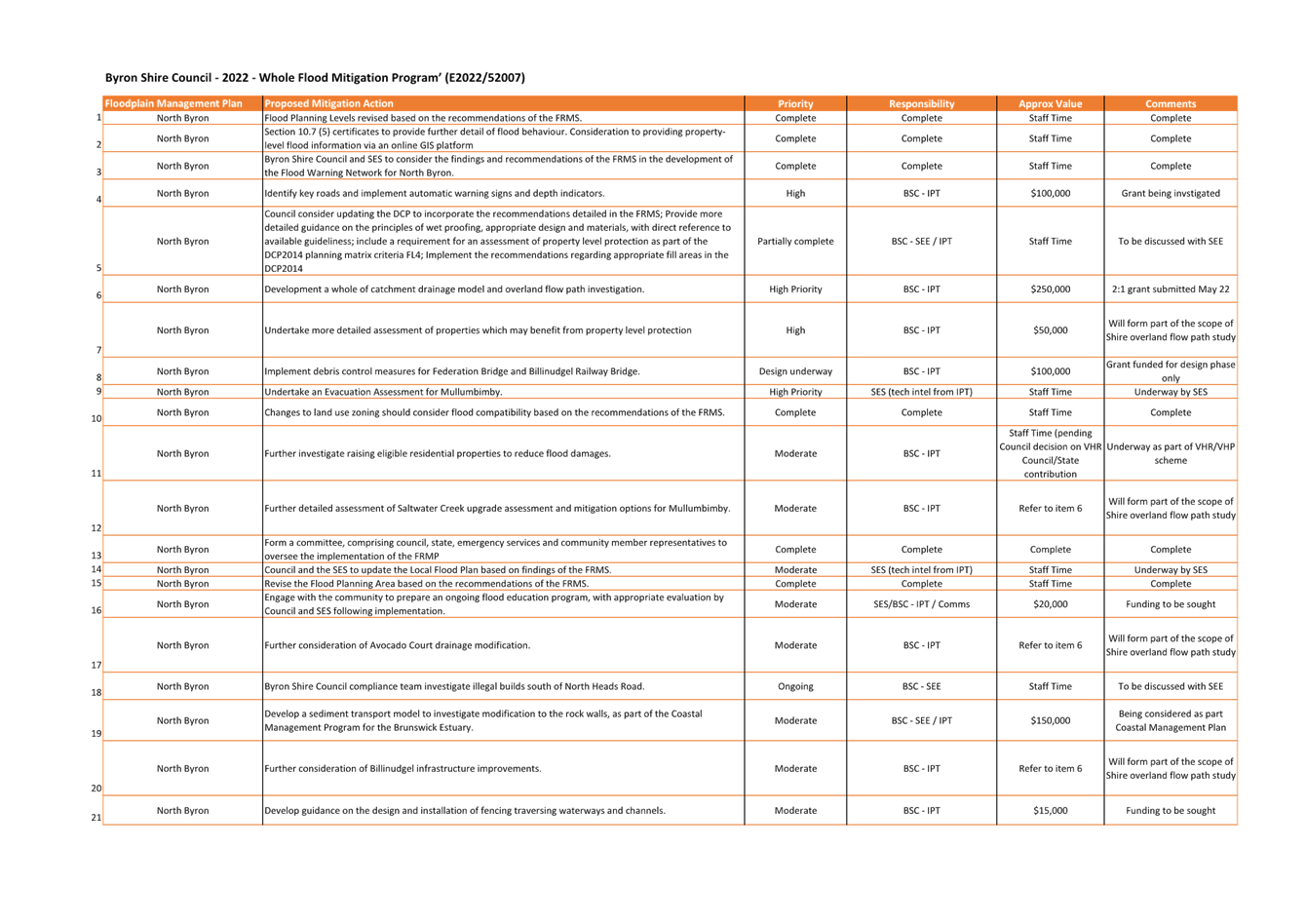

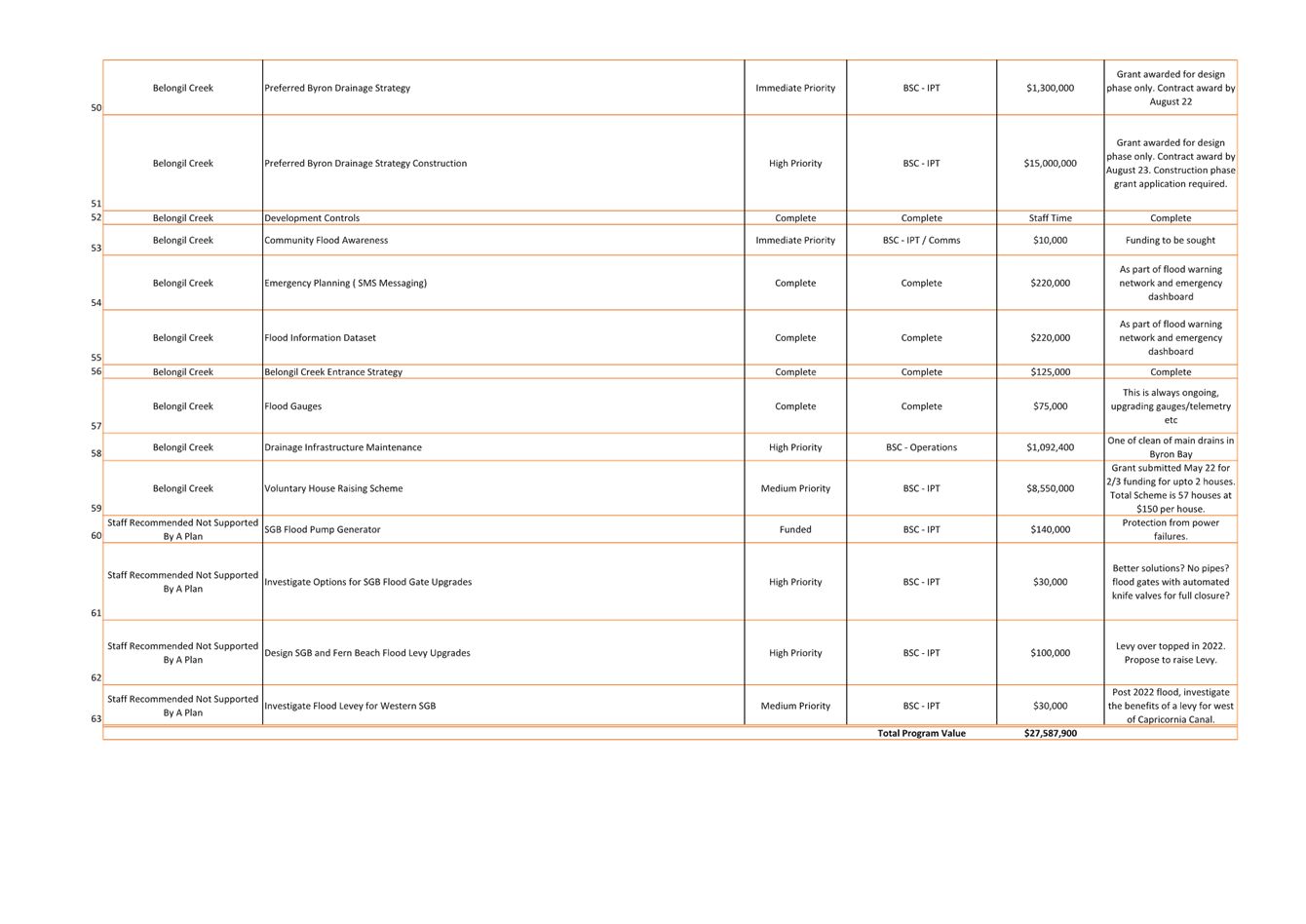
BYRON SHIRE COUNCIL
Staff Reports - Infrastructure Services 4.5
Report No. 4.5 Community Education Strategy and Review of Flood Options /
North Byron Flood Investigations - Projects Update
Directorate: Infrastructure
Services
Report Author: Steve
Twohill, Flood and Drainage Engineer
File No: I2024/677
Summary:
This report provides an update to
the Floodplain Advisory Committee requested in their recommendation of Report
4.2 tabled at the Friday 8 December 2023 committee meeting. This recommendation
has not been ratified with a council resolution. However, Council staff
provide this report in good faith to keep the committee informed of the
responses to these matters acknowledging that the Committee will end in
September under this current Council term.
The list of
items is as follows and is discussed in this report: -
1. That
the Floodplain Management Advisory Committee receive a further update on
the ‘Community Education Strategy and Review of Flood Options’
project and a briefing on ways of further engaging community, for example with
animations from existing and future flood models.
Consultants JBP have progressed this assessment and project
since the public meeting held on 6 December 2023 and the ensuing Christmas
holiday period. Council staff have met with the Consultant JBP in late
December 2023 and February 2024 to discuss ways of further engaging the
community in relation to improved flood awareness to this region.
In addition, Council sought permission from the NSW
Department of Planning & Environment (DPE) to provide and release the
confidential 2022 Flood event review report that was presented to the committee
late last year. DPE have agreed to that request in late December 2023, this
information has been provided to JBP.
This project has budgetary constraints that are already
committed with an agreed scope. Staff have negotiated with the consultant JBP
to undertake a review of the DPE 2022 flood event review report and integrate
outcomes where appropriate in this assessment. The report is well
underway however too premature to release for this committee meeting.
Animation and graphical recreation of the flood event are
supported, however that aspect is not included in the scope for this
project. Given that DPE has commissioned this review by WMA Water and the
fact that it is their report and work, we recommend that DPE commission animation graphic models of the 2022 flood
event and provide to Council to assist in future community engagement for this
project.
We anticipate that the Final report will be presented to the
committee at the next scheduled meeting in May 2024.
RECOMMENDATION:
That the Floodplain Management Advisory
Committee:-
1. Note
the update on the ‘Community Education Strategy and Review of Flood
Options’ project which focusses on the Northern Byron Shire communities;
and
2. Recommend
that the NSW Department of Planning & Environment (DPE) be requested to commission
animation graphic models of the 2022 flood event and provide to Council to
assist in future community engagement.
Attachments:
1 JBP-Review
Of Flood Studies North Byron Study Region - Draft Report - Feb 2024, E2024/47658 , page 20⇩ 
2 JBP-Executive
Summary-Review Of Flood Studies North Byron Region - Draft - March 2024, E2024/47660 , page 20⇩ 
Report
This report provides an update to the Floodplain Advisory
Committee requested in their recommendation of Report 4.2 tabled at the Friday
8 December 2023 committee meeting.
This recommendation has not been ratified with a council
resolution. However, Council staff provide this report in good faith to
keep the committee informed of the responses to these matters acknowledging
that the Committee will end in September under this current Council term.
Background to this project is contained in the previous
report table at the 8 December 2023 meeting – refer File I2023/1607.
Consultants JBP have progressed this assessment and project
since the public meeting held on 6 December 2023 and the ensuing Christmas
holiday period. Council staff have met with the Consultant JBP in late
December 2023 and February 2024 to discuss ways of further engaging the
community in relation to improved flood awareness to this region.
Attachments 1 & 2 are provided for the committee’s
information.
In addition, Council sought permission from the NSW
Department of Planning & Environment (DPE) to provide and release the
confidential 2022 Flood event review report that was presented to the committee
late last year. DPE have agreed to that request in late December 2023,
this information has been provided to JBP.
This project has budgetary constraints that are already
committed with an agreed scope. Staff have negotiated with the consultant JBP
to undertake a review of the DPE 2022 flood event review report and integrate
outcomes where appropriate in this assessment. The report is well
underway however too premature to release for this committee meeting.
Animation and graphical recreation of the flood event are
supported, however that aspect is not included in the scope for this
project. Given that DPE has commissioned this review by WMA Water and the
fact that it is their report and work, we recommend that DPE commission
animation graphic models of the 2022 flood event and provide to Council to
assist in future community engagement for this project.
There are eight (8) interrelated flood related
investigations in this study area that will be nearing completion. These
other projects include: -
PM22_30091 - AGRN1012 - Local Government Recovery Grant Program
PM22_1486 - Flood Warning Systems (Gauges) Upgrade - Shire Wide
PM23_1513
- Flood Pump Generator Power Supply - South Golden Beach
PM23_1514
- Rear Drainage Easements Upgrade - South Golden Beach
PM23_1516
- Flood Pump Investigation for Western Levee - South Golden Beach
PM23_1517 - Drainage Easement Maintenance Access Upgrade - Narooma
Drive
PM23_1519
- Flood Gate Upgrade Options Investigation - South Golden Beach
PM23_#####
- Sky Pump Feasibility Investigation - South Golden Beach Canal system
Once all these investigations are complete, there is an
opportunity to report all of these projects in a consolidated and integrated
manner to the community June/July 2024.
Next steps
The Floodplain Advisory Management Committee will be updated
as the project progresses. Committee members will be provided an
opportunity to be further involved during the later stage of the project at an
options workshop (date not yet confirmed).
Strategic Considerations
Community Strategic Plan and Operational Plan
|
CSP Objective
|
CSP Strategy
|
DP Action
|
Code
|
OP Activity
|
|
3:
Nurtured Environment
|
3.3:
Protect the health of coastline, estuaries, waterways, and catchments
|
3.3.2:
Floodplain management - Mitigate the impact of flooding on private and public
property
|
3.3.2.3
|
Floodplain
Risk Management Committee coordination
|
|
|
|
|
|
|
|
|
|
Legal/Statutory/Policy Considerations
The study will align with the framework established by the
NSW Floodplain Development Manual and national best practice as outlined in the
Australian Institute for Disaster Resilience Handbook 7: Managing the
floodplain: best practice in flood risk management in Australia (AIDR, 2017).
Financial Considerations
This is a grant funded project comprising consultancy fees
only of $37,940 (excl. GST).
Consultation and Engagement
A Community and Stakeholder Engagement Plan (CSEP)
has been developed for the project for implementation. The CSEP aims to
collate community and stakeholder concerns and ideas and address all concerns
after reviewing management options and data. The CSEP considers different
approaches to communications and engagement, following the IAP2 Public
Participation Spectrum. The key outcomes of the project is improved
community and stakeholder understanding and education on flood risk and flood
risk management, as such the below is proposed:
• Council Staff/DPE
representatives are given a steering role (Empowered).
• Council’s Advisory
Committees are Involved
• The community is Involved within
the project. This is deliberately not at a level that would allow their
request for new mitigation scenarios to be tested without checks from flood
engineers to ensure they are viable; however, it will ensure they are a focus
on this project.
Staff Reports - Infrastructure Services 4.5 - Attachment 1
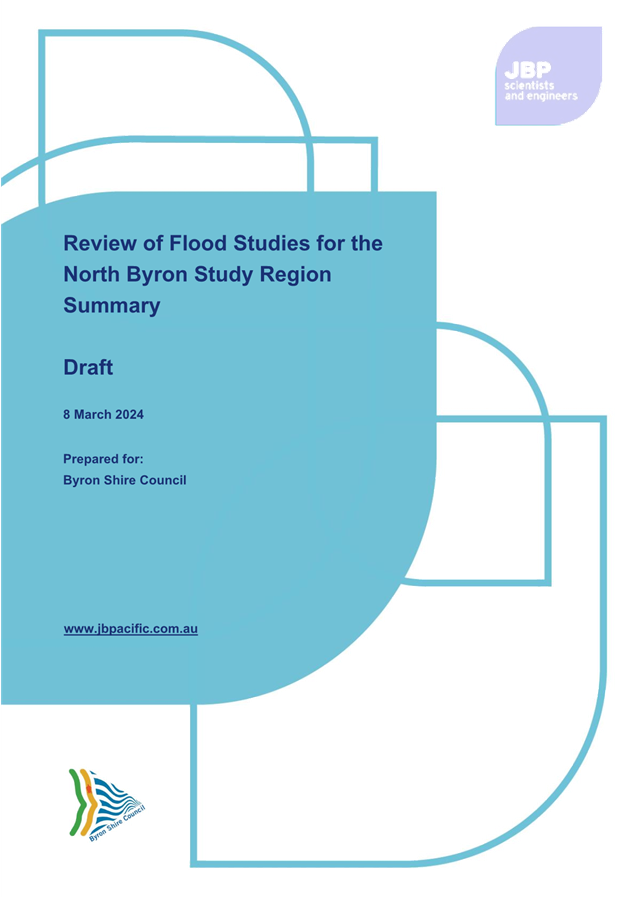
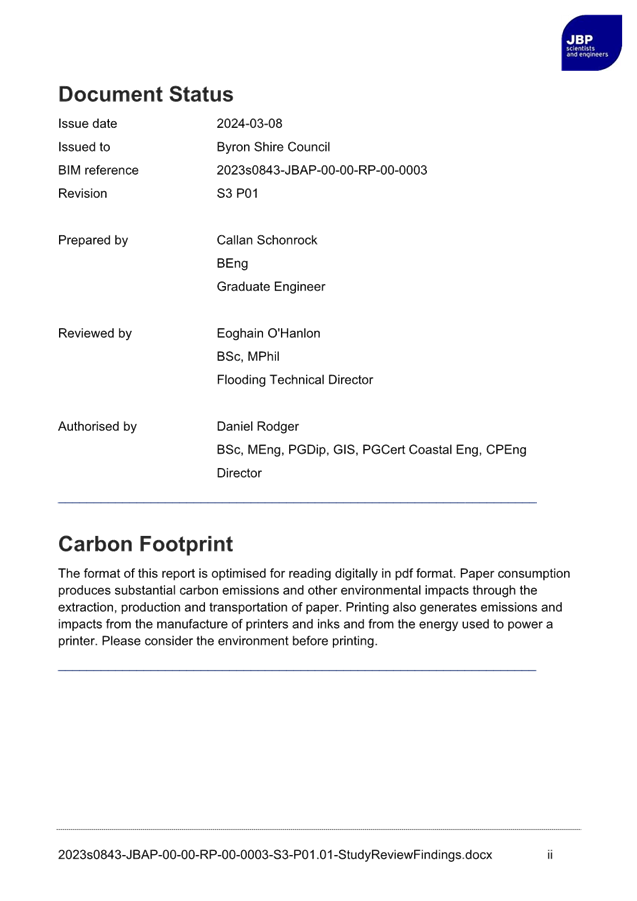

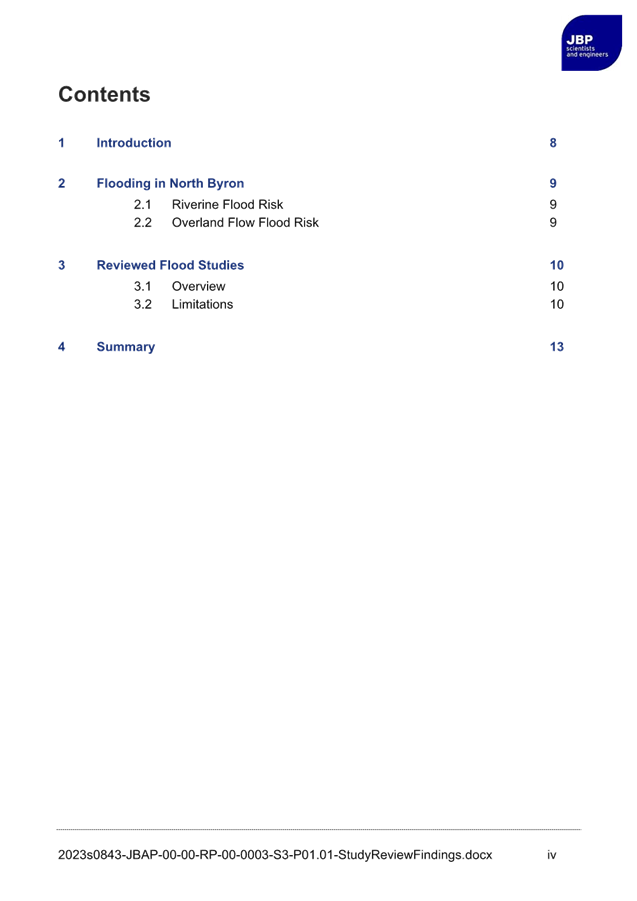

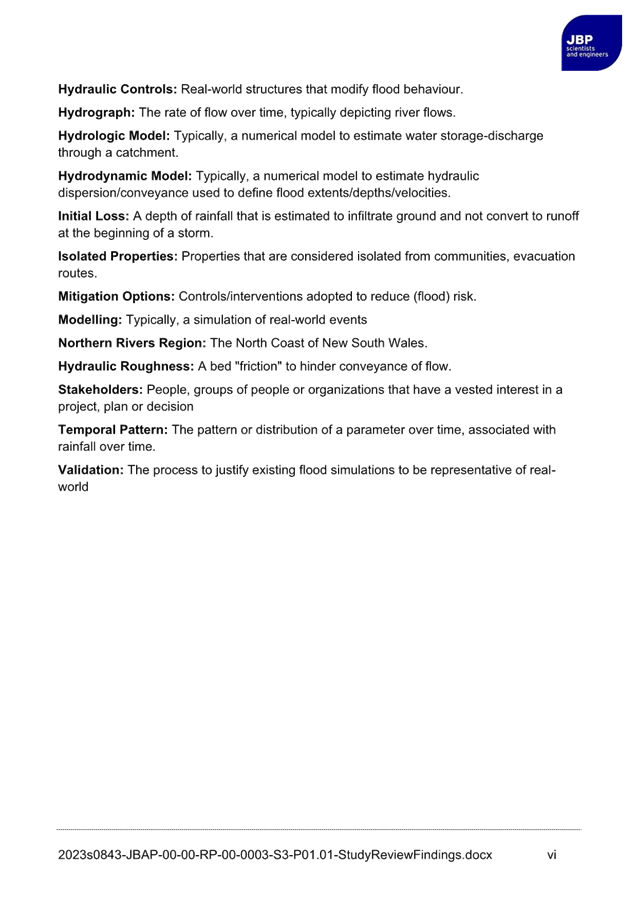

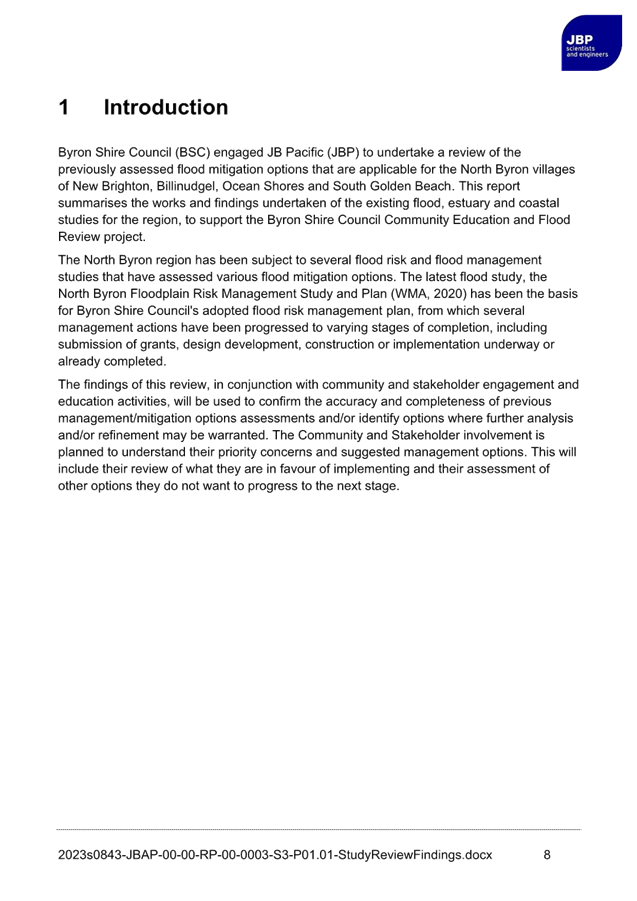

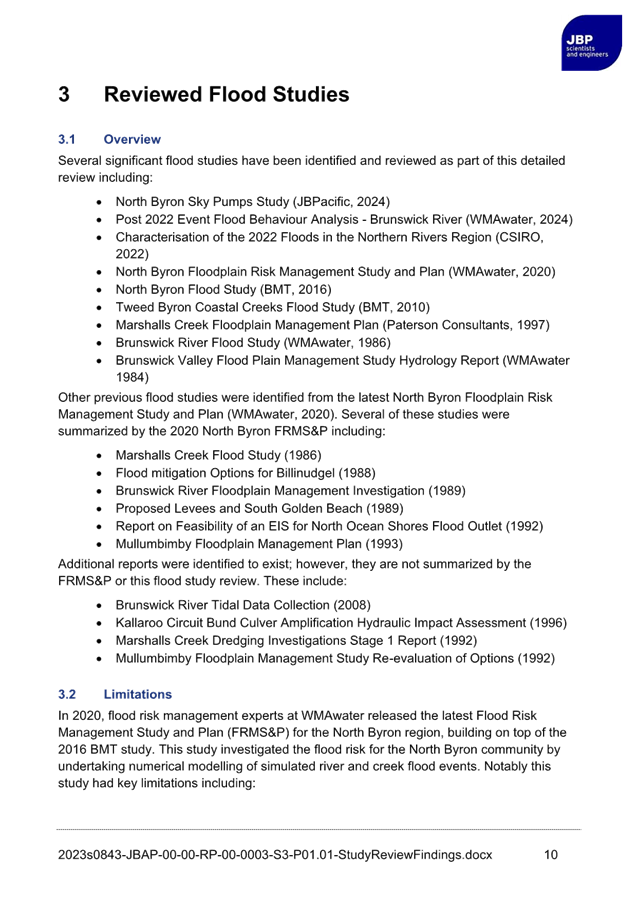
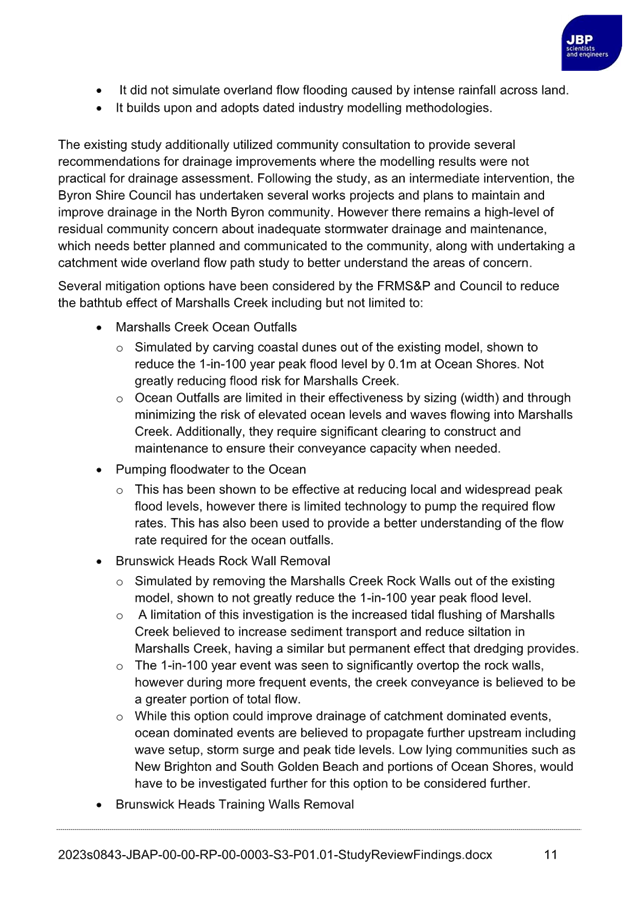
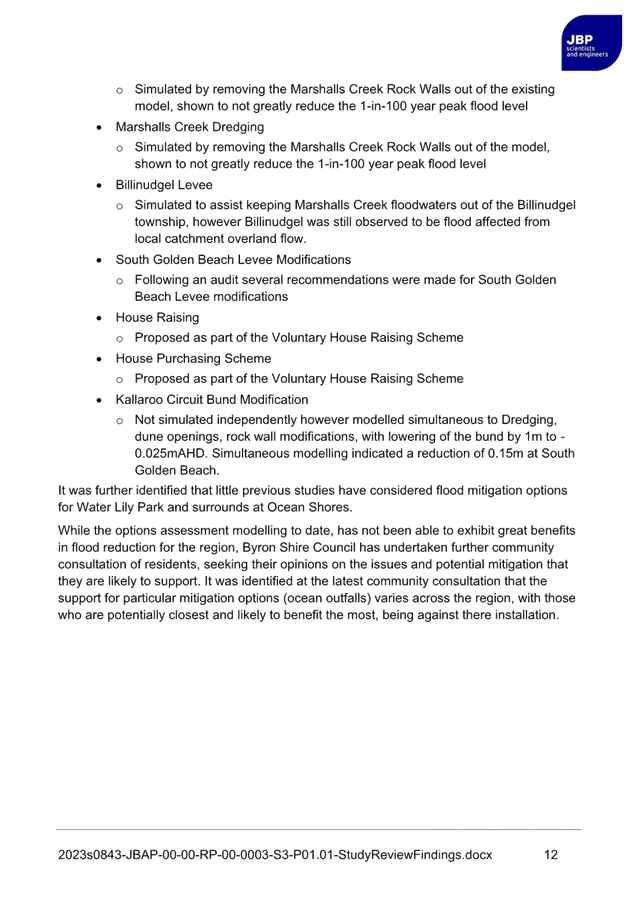
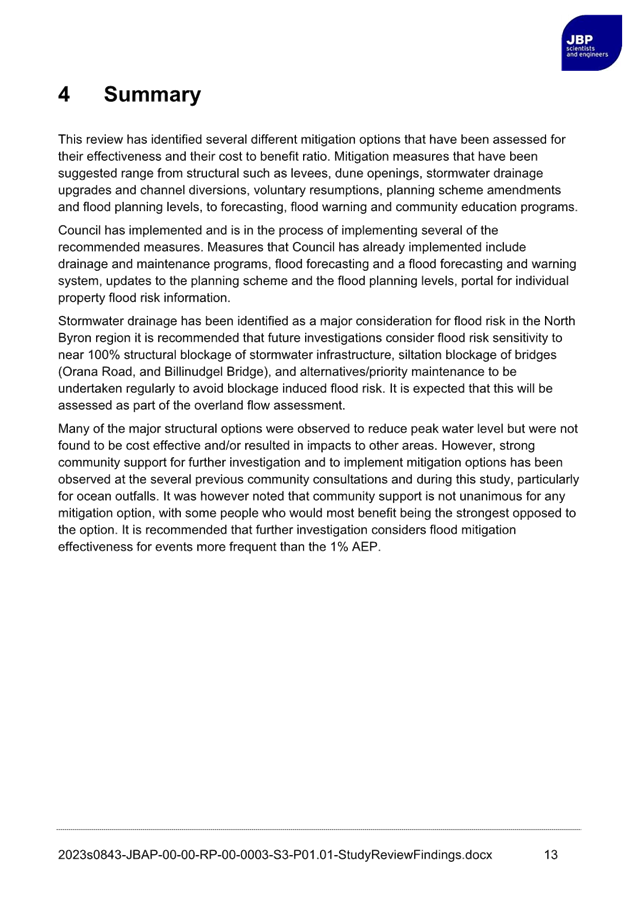

Staff Reports - Infrastructure Services 4.5 - Attachment 2
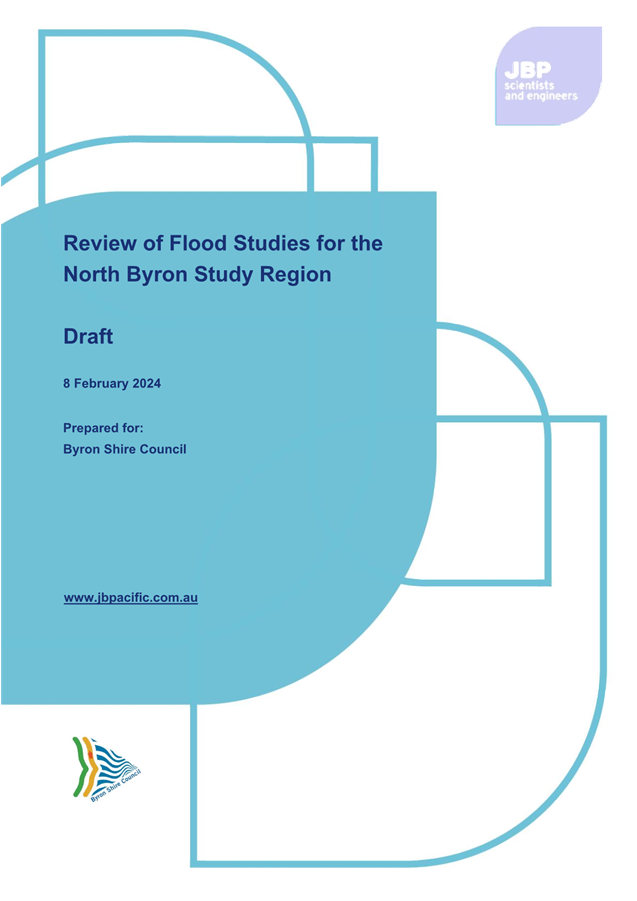
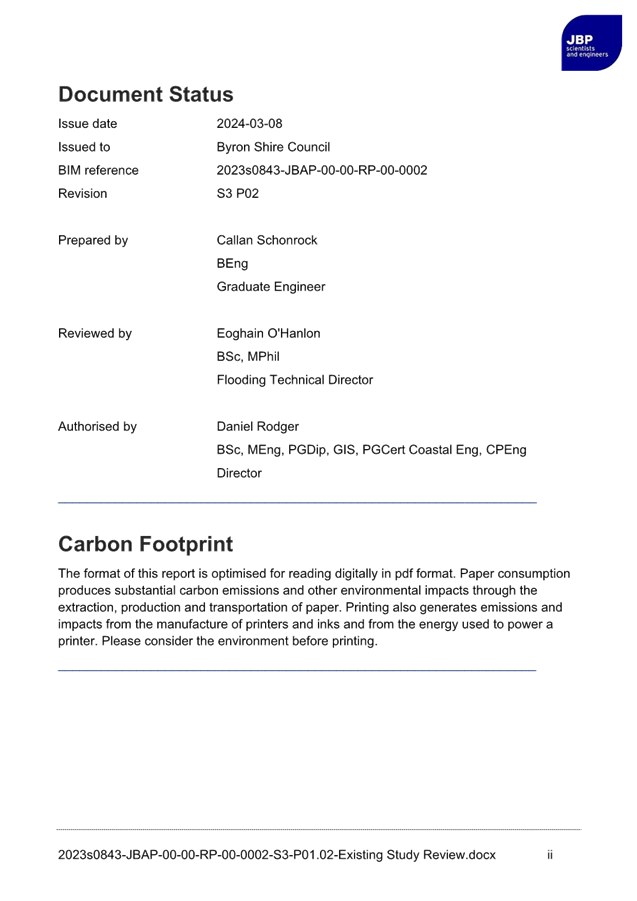
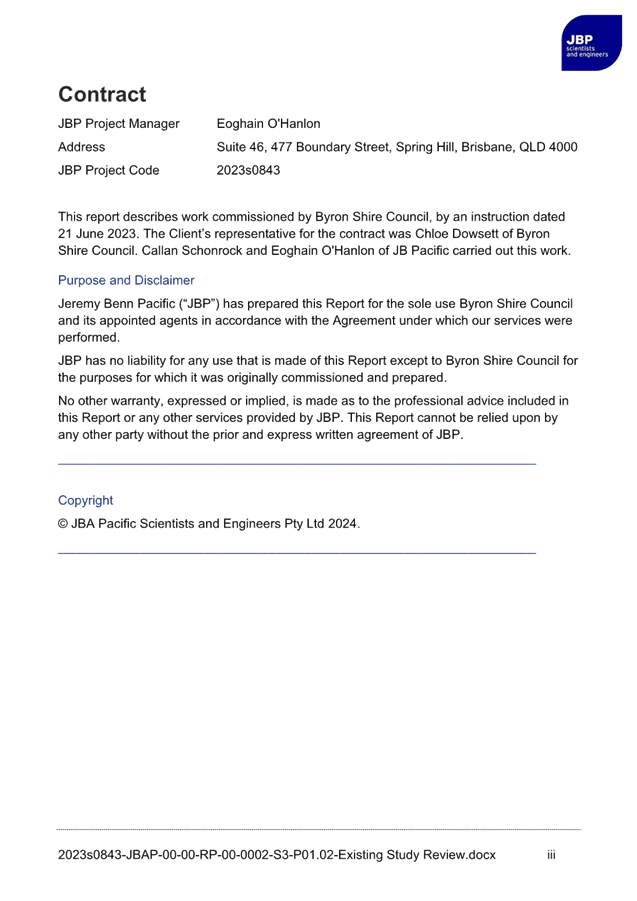


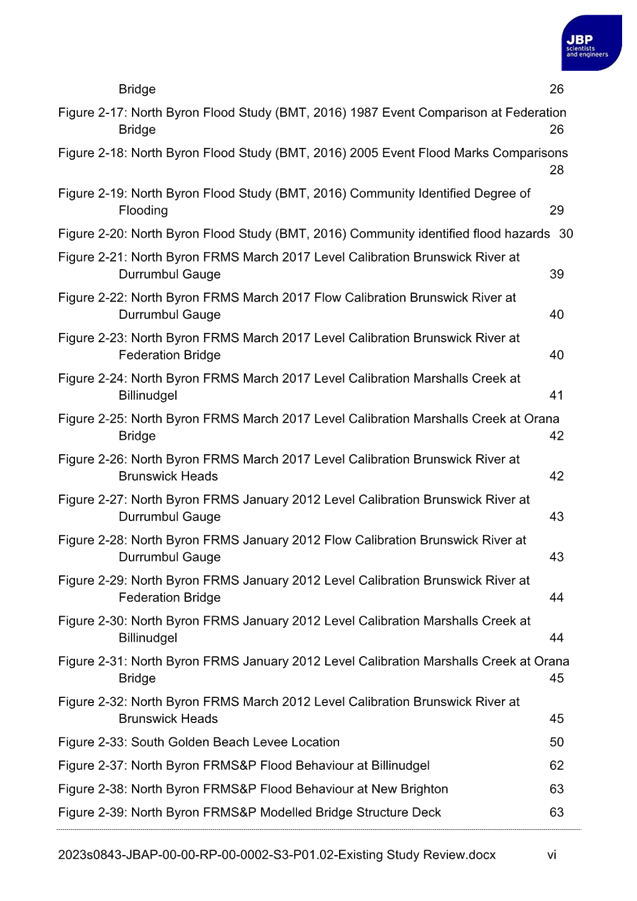


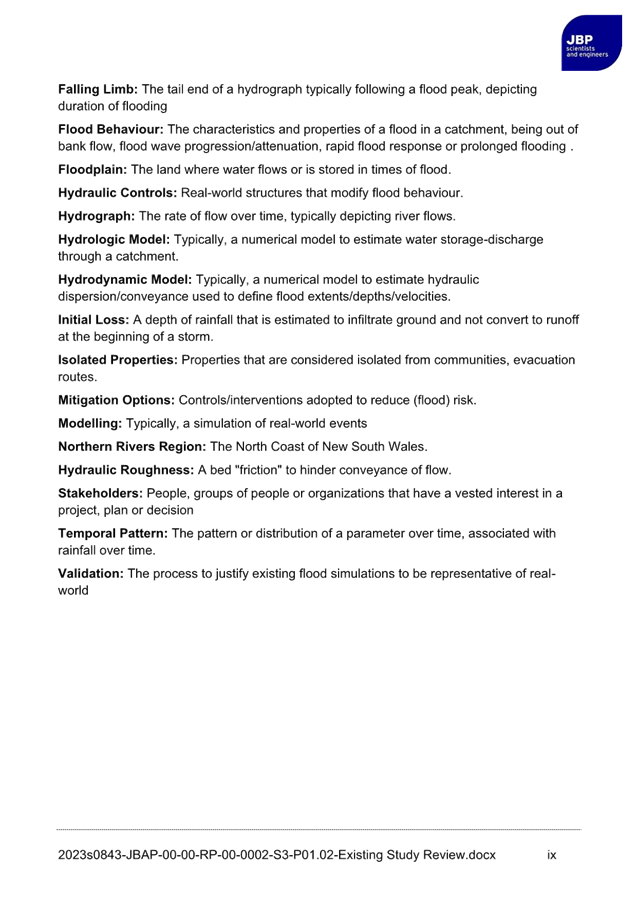
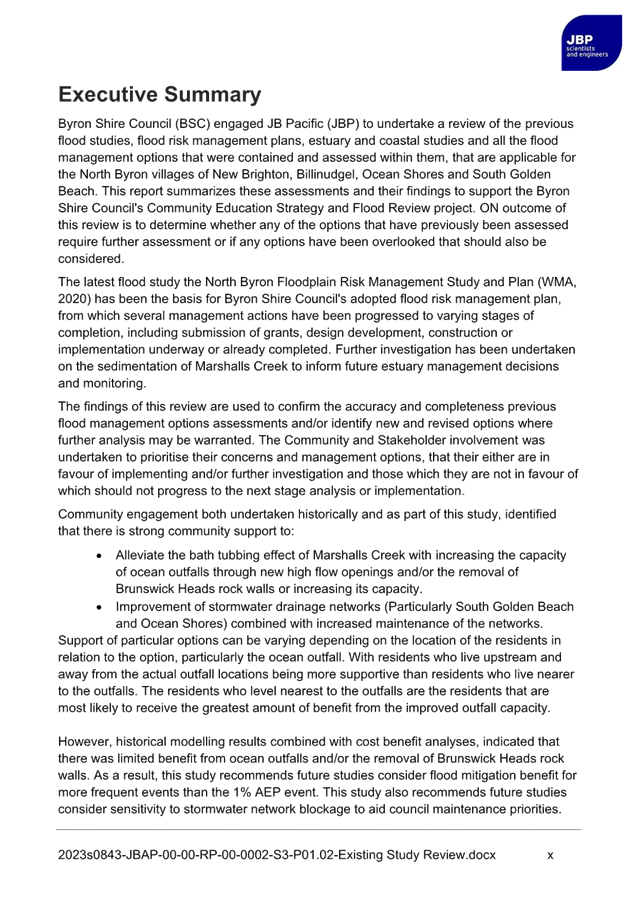
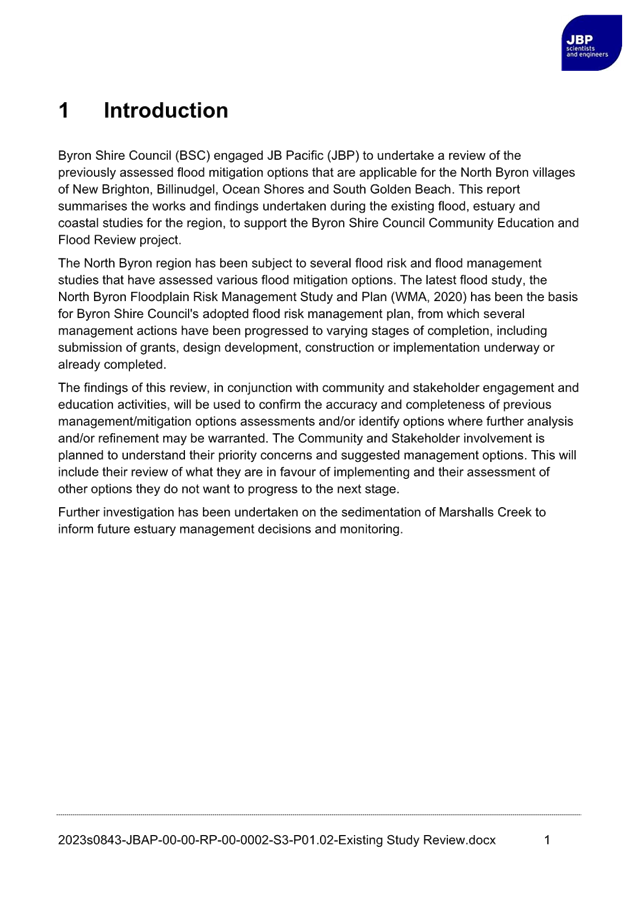

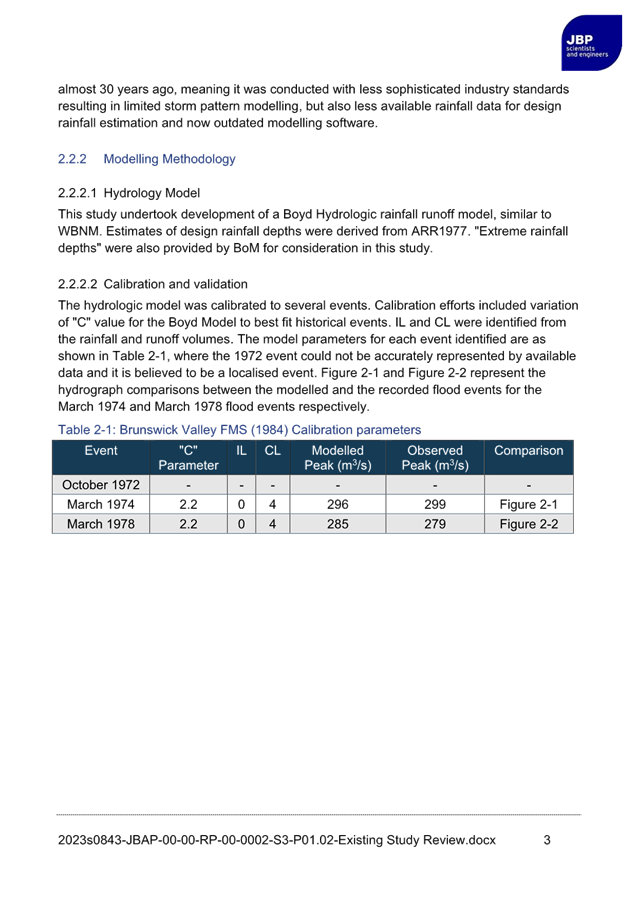
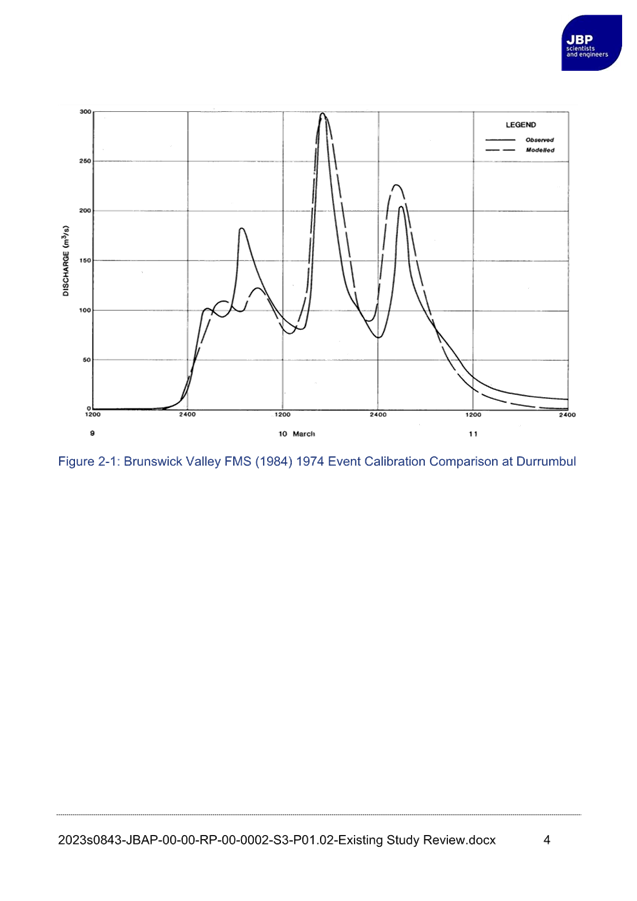

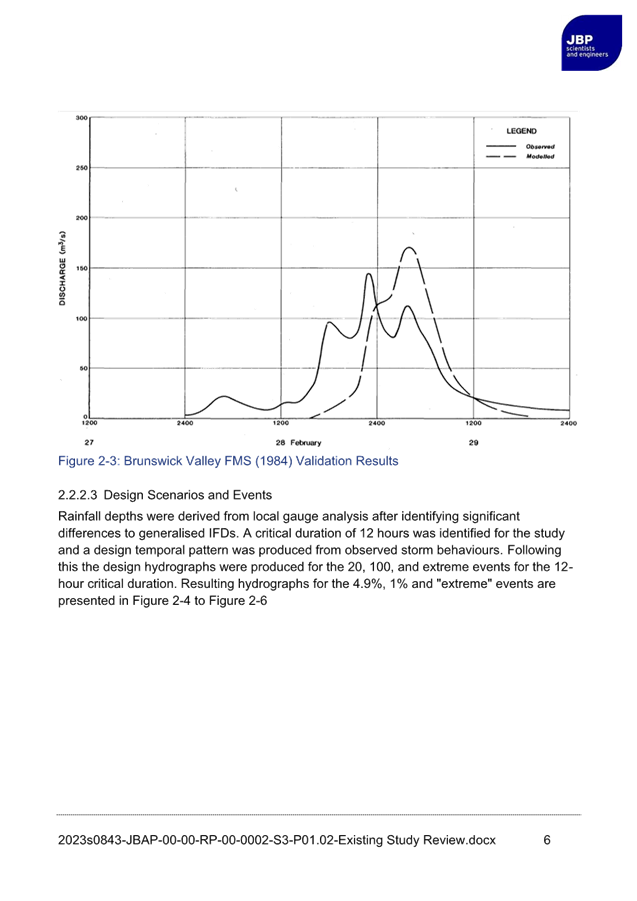

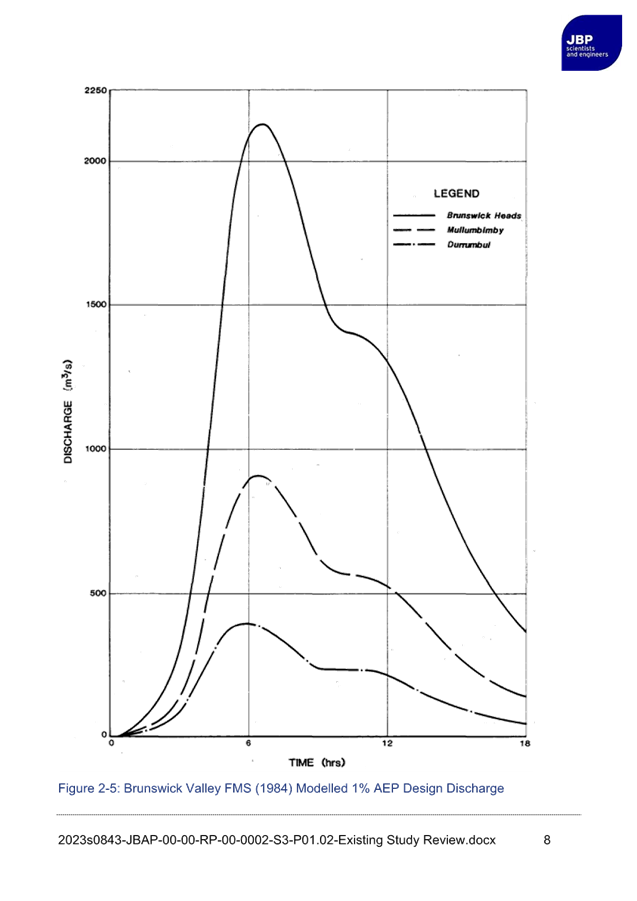
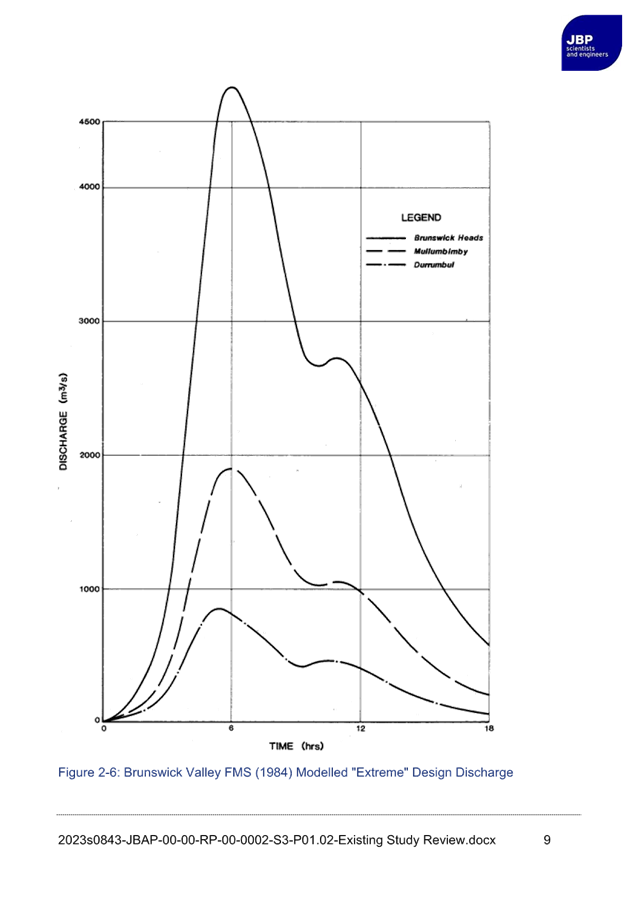
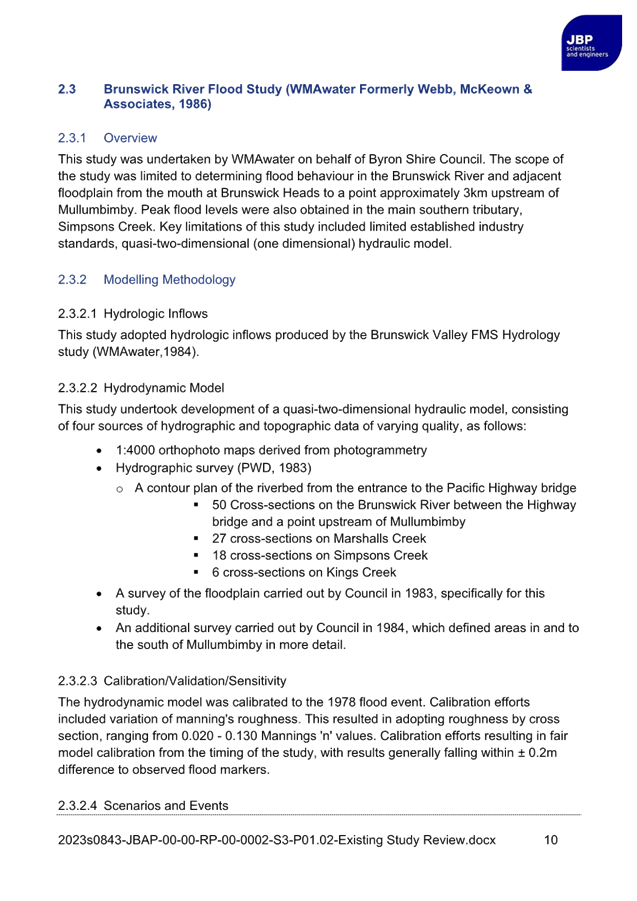

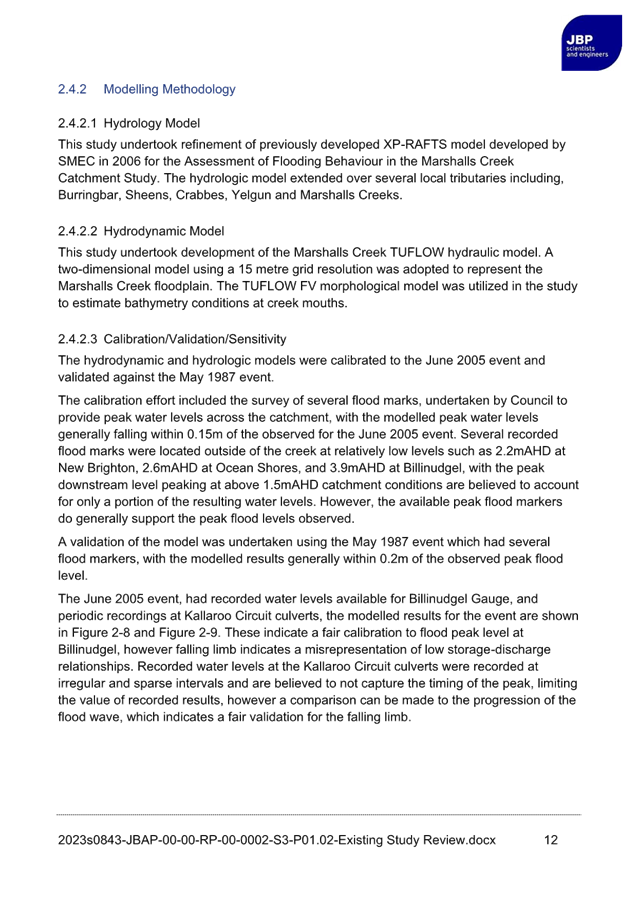
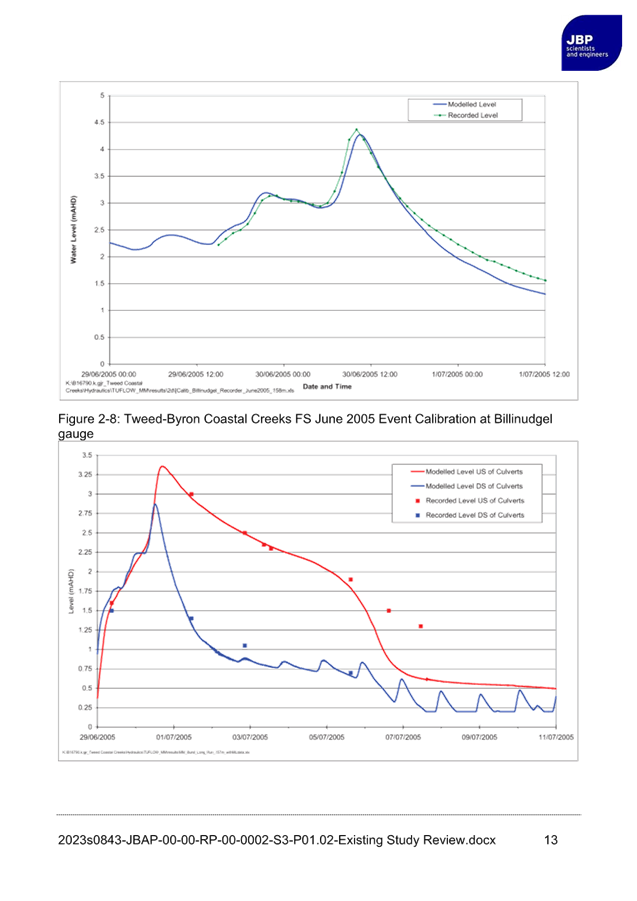
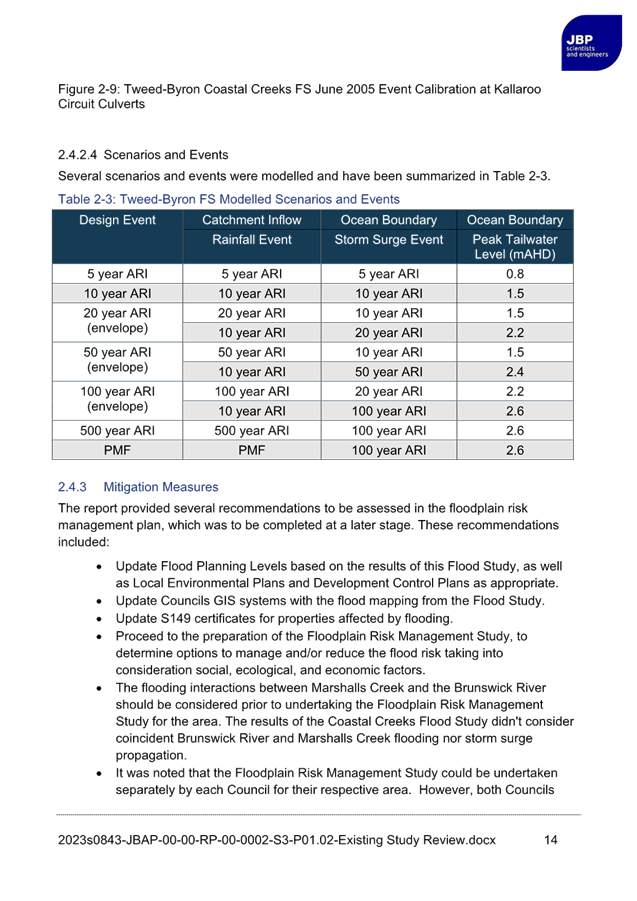

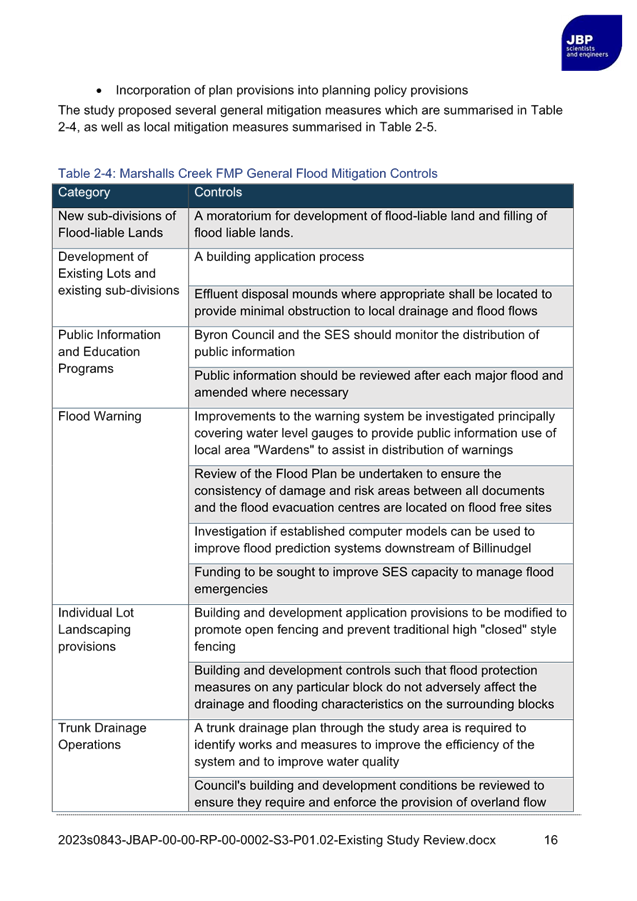
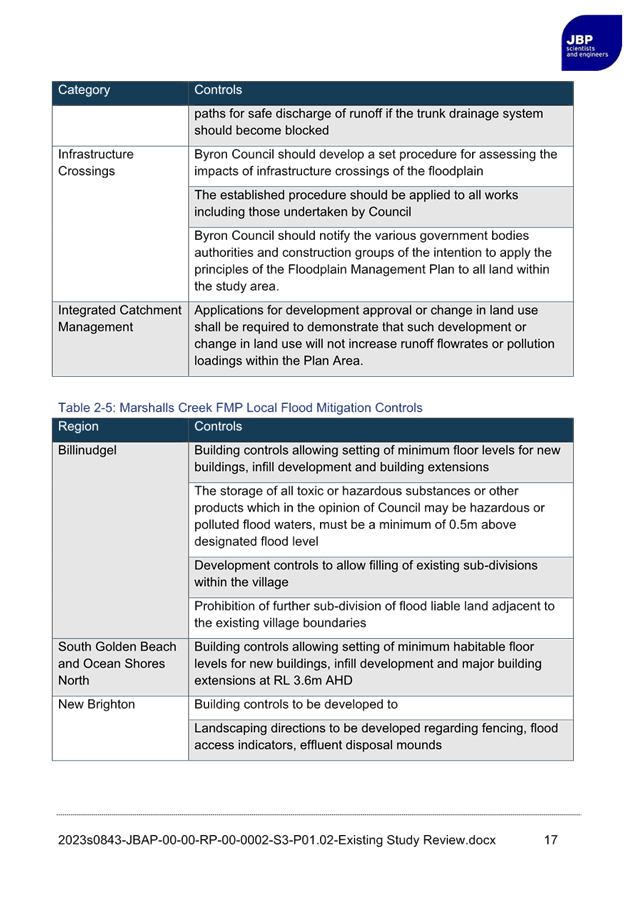


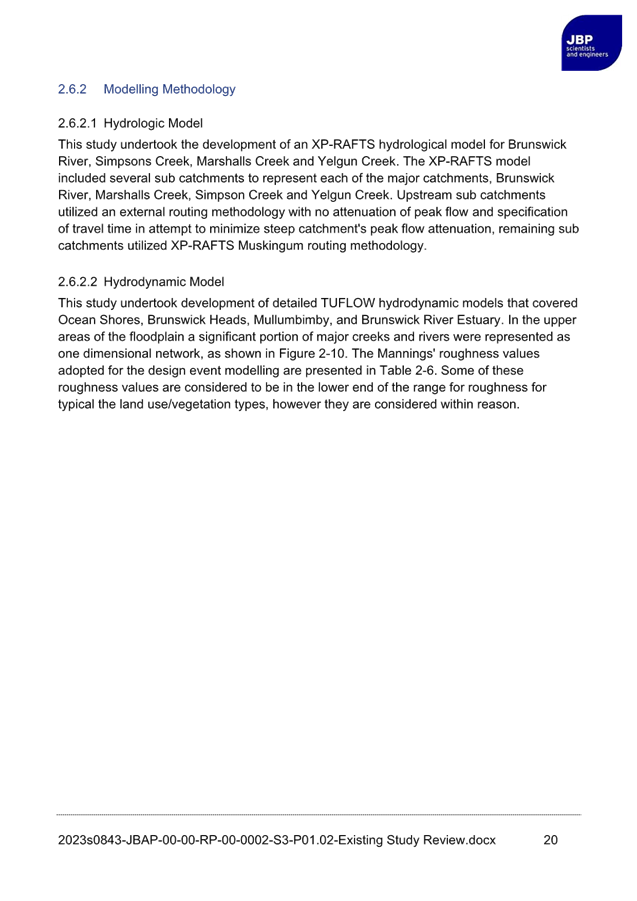


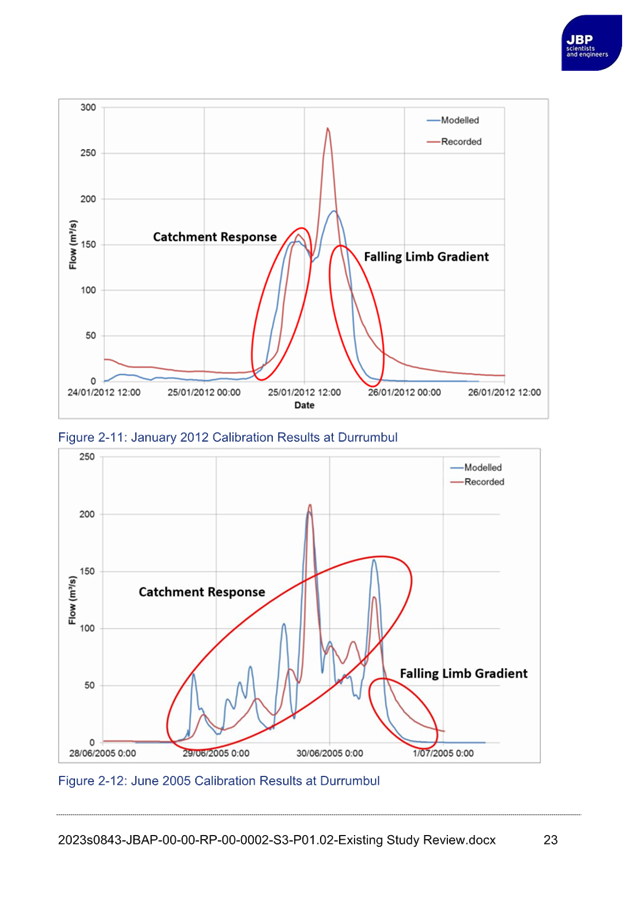
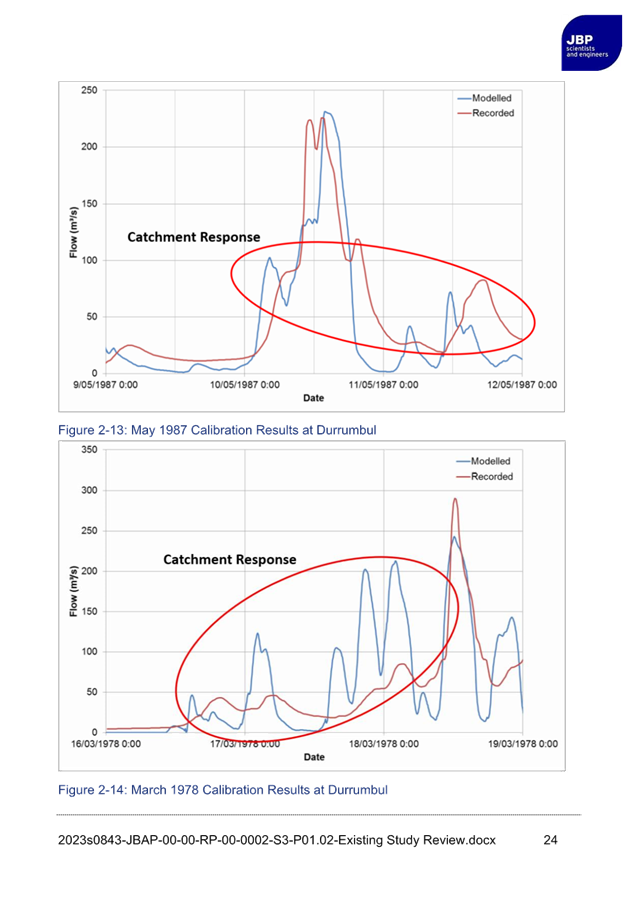
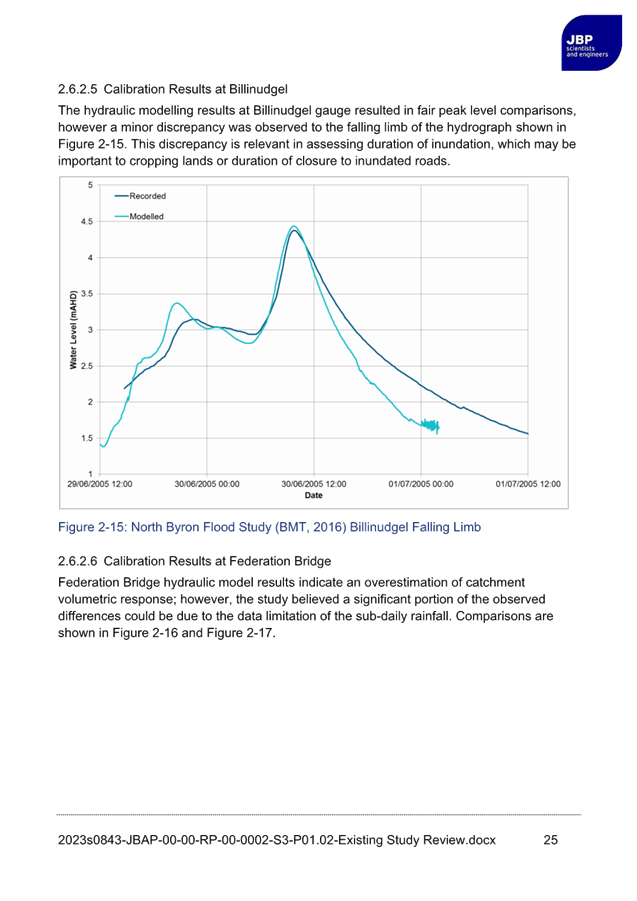
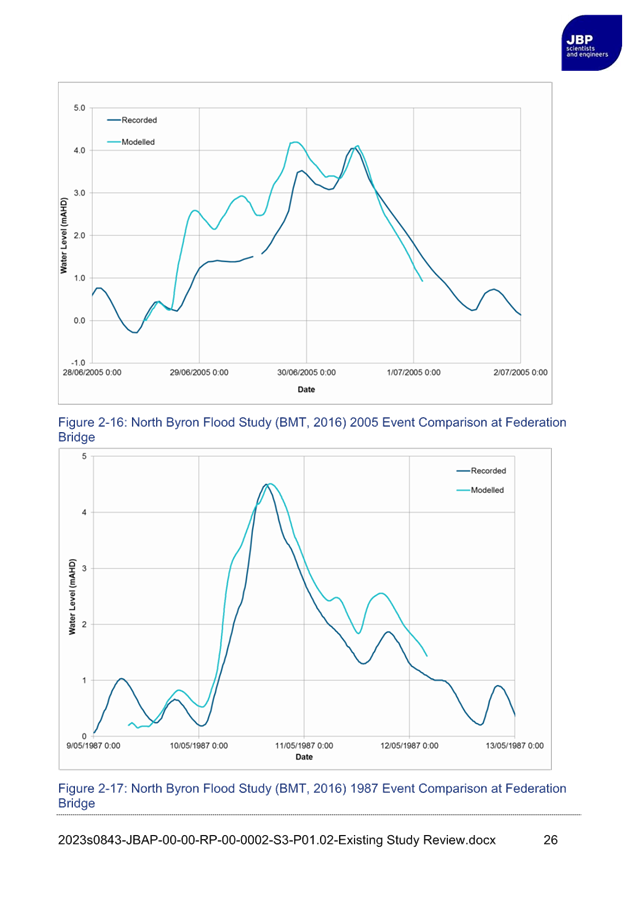

 Distributed
09/05/24
Distributed
09/05/24


































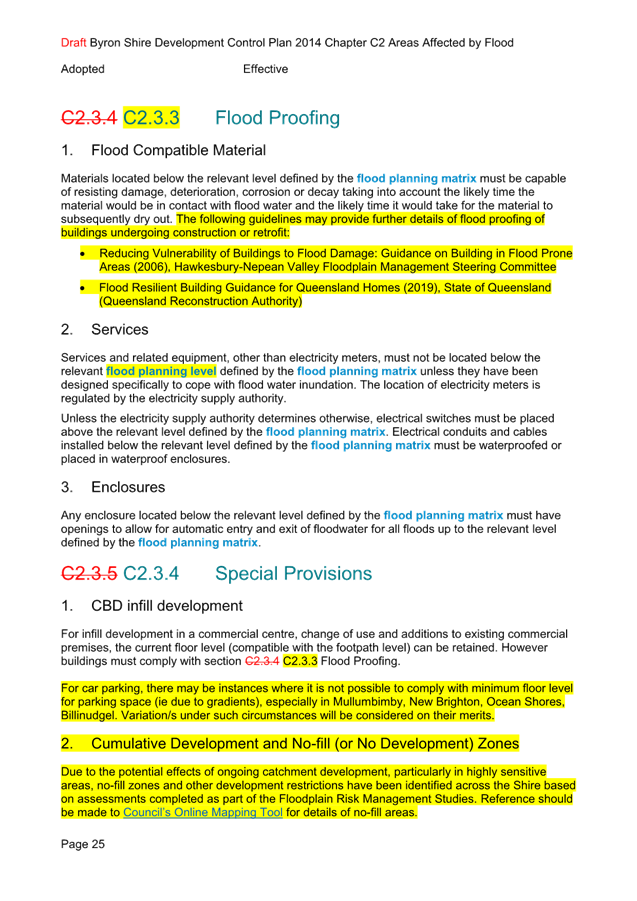
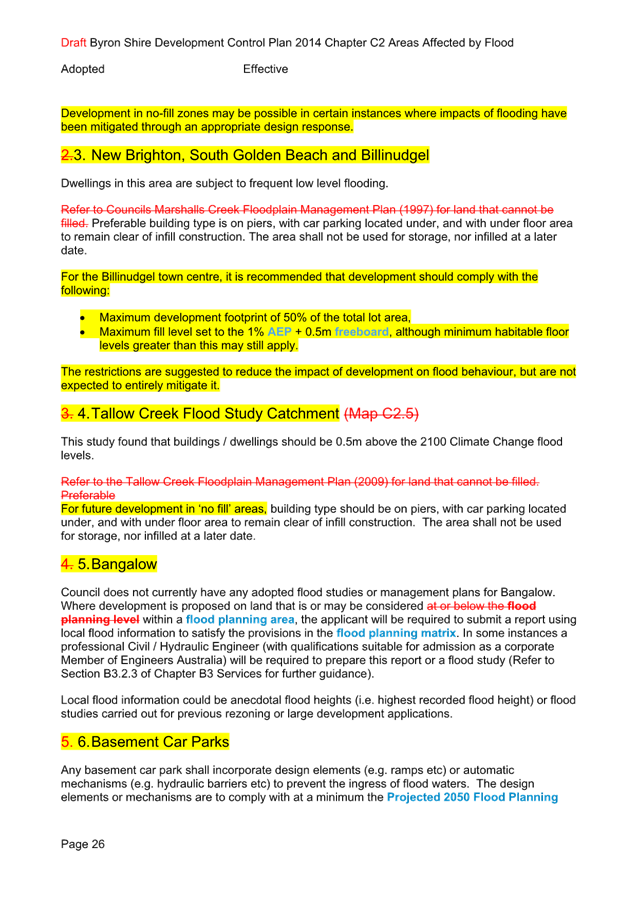





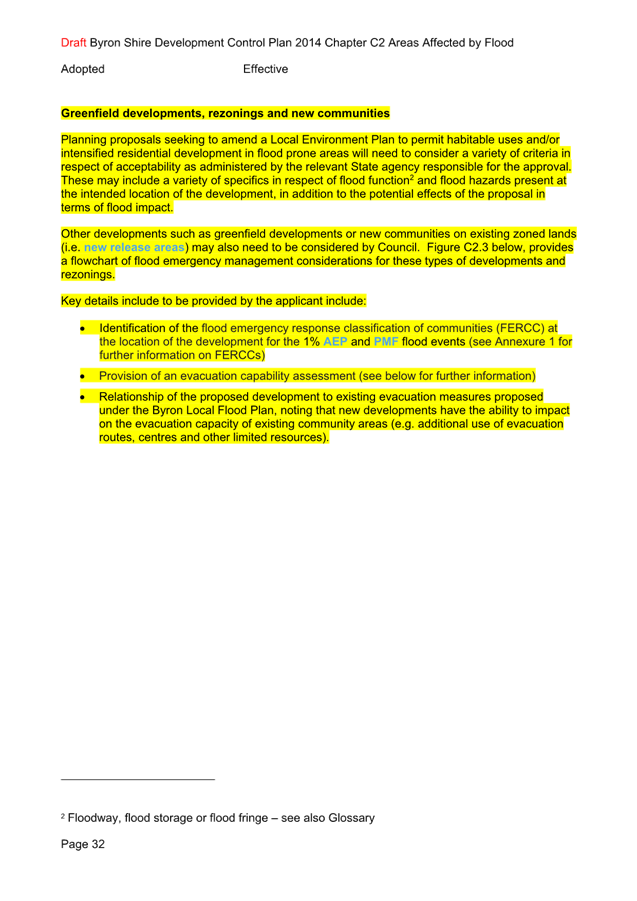

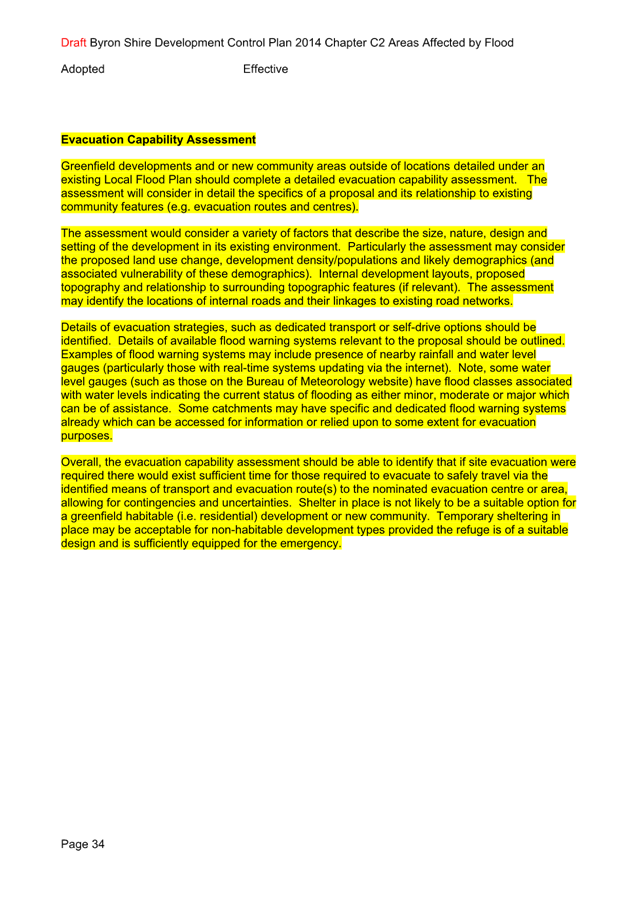
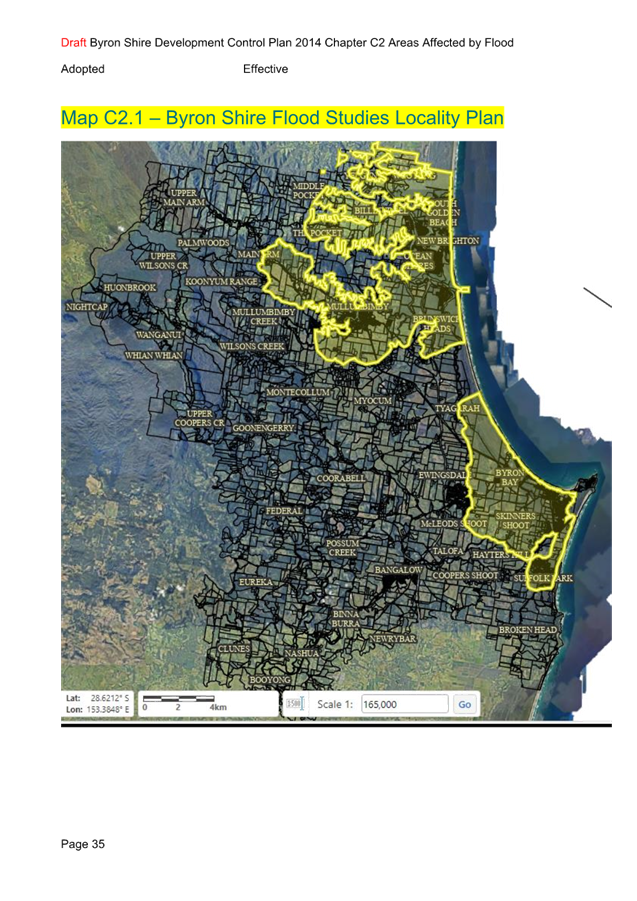
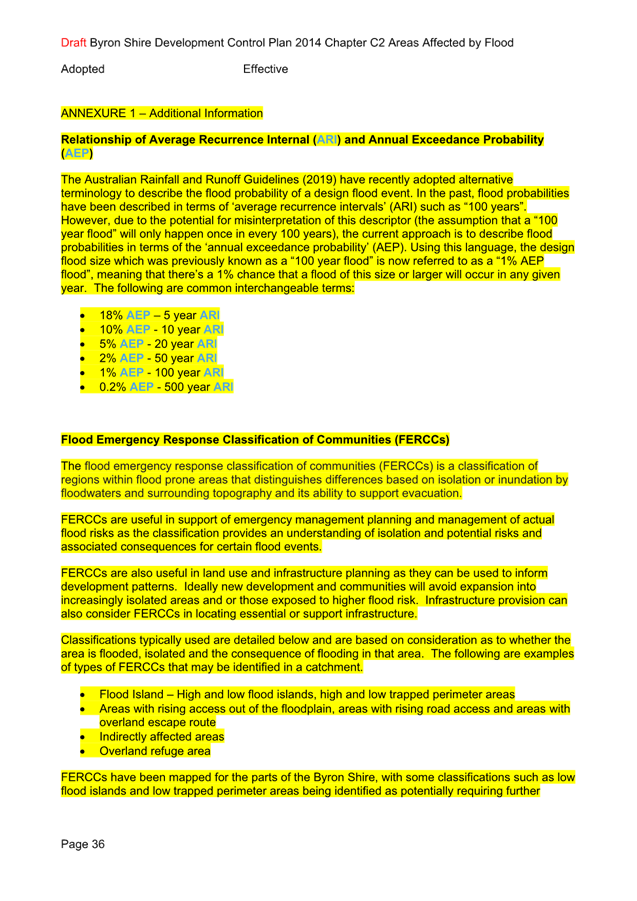



















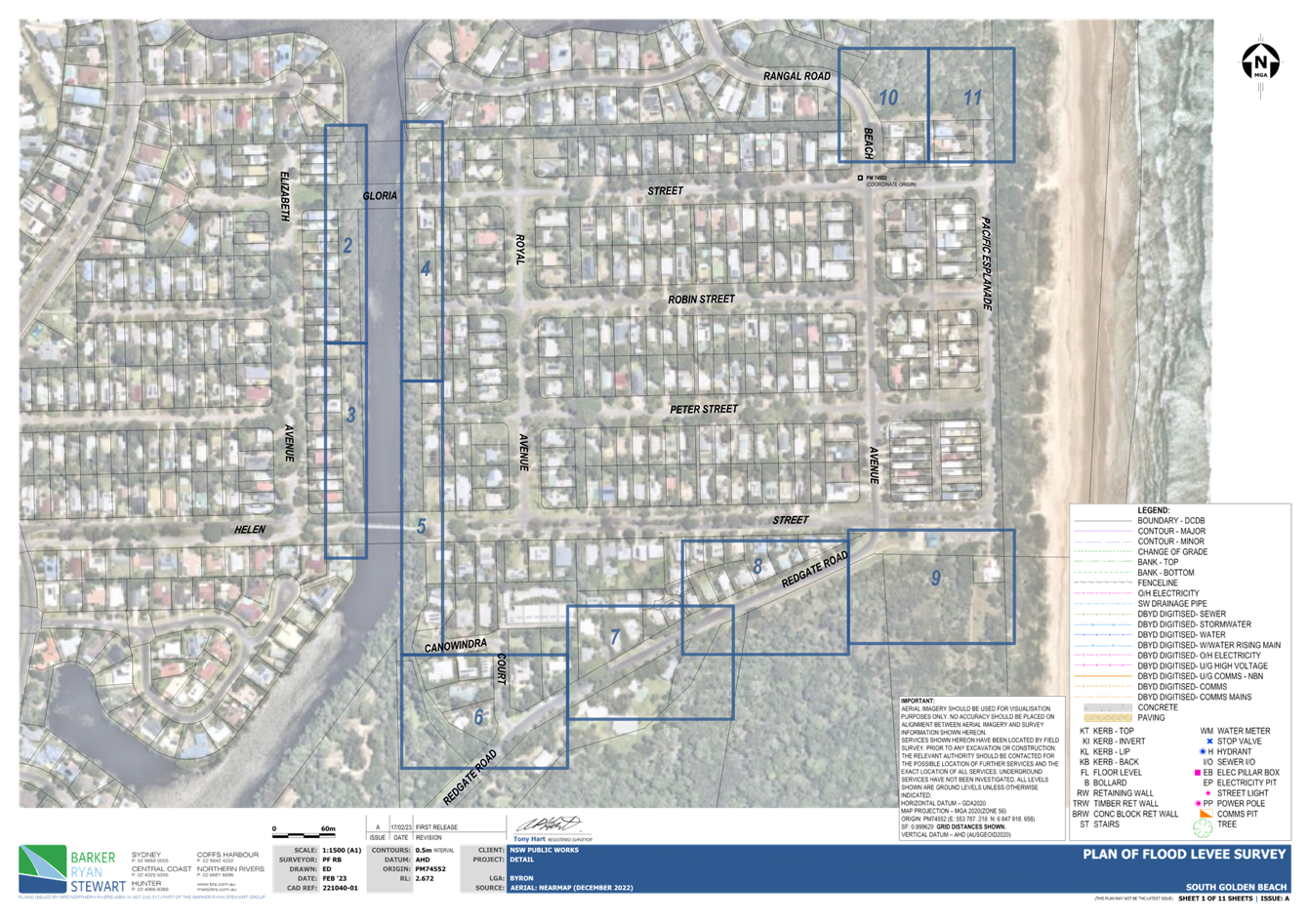
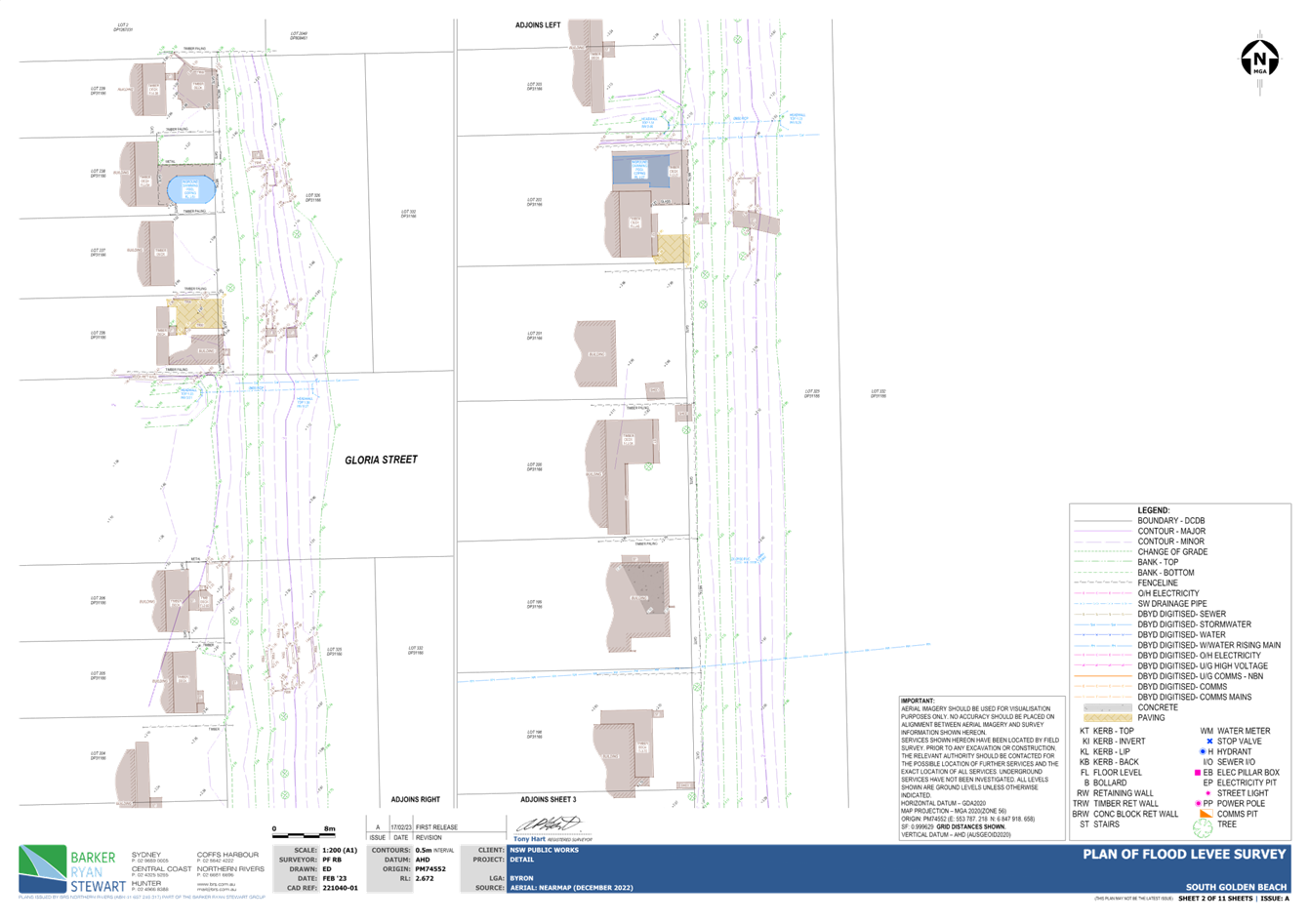
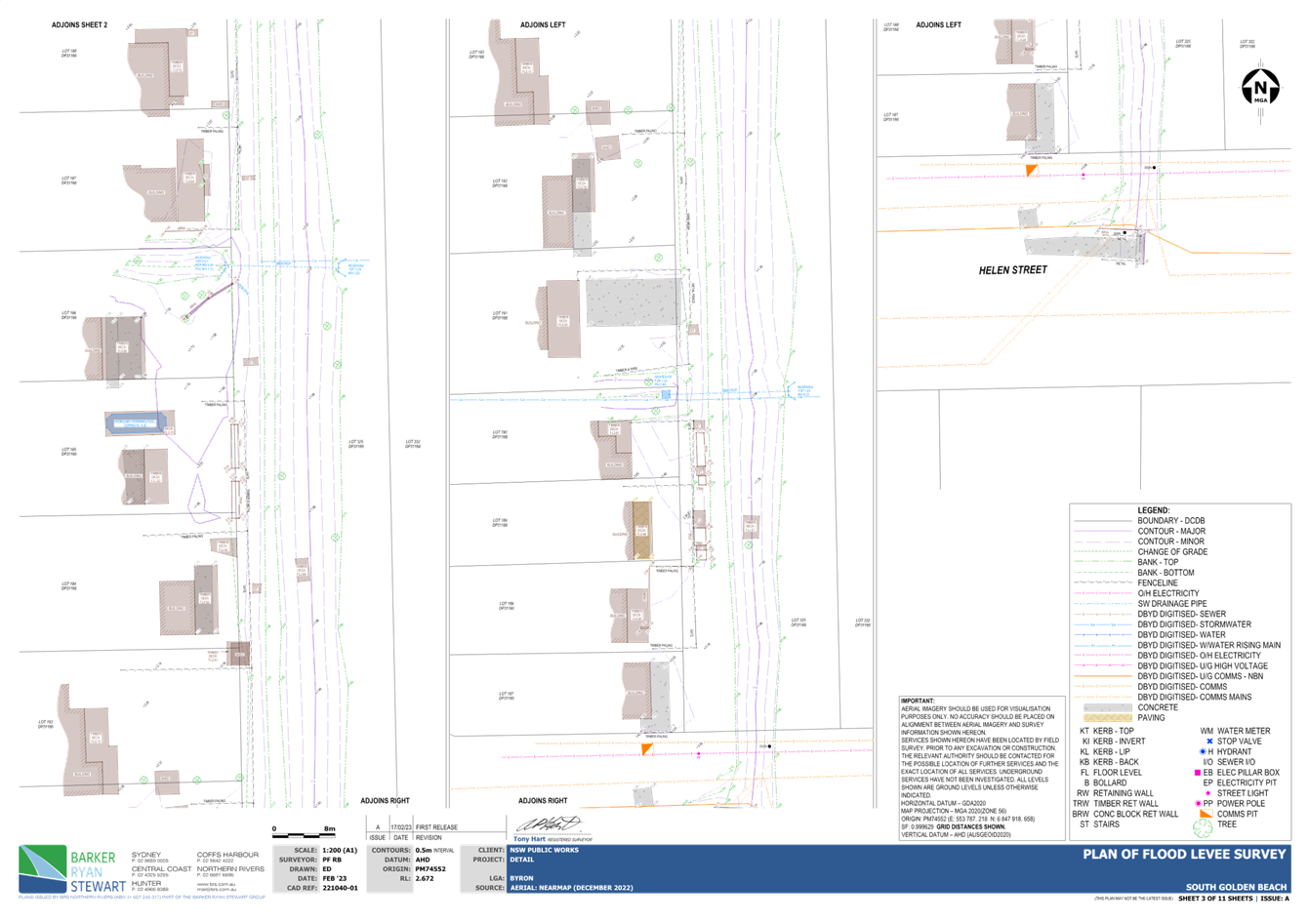
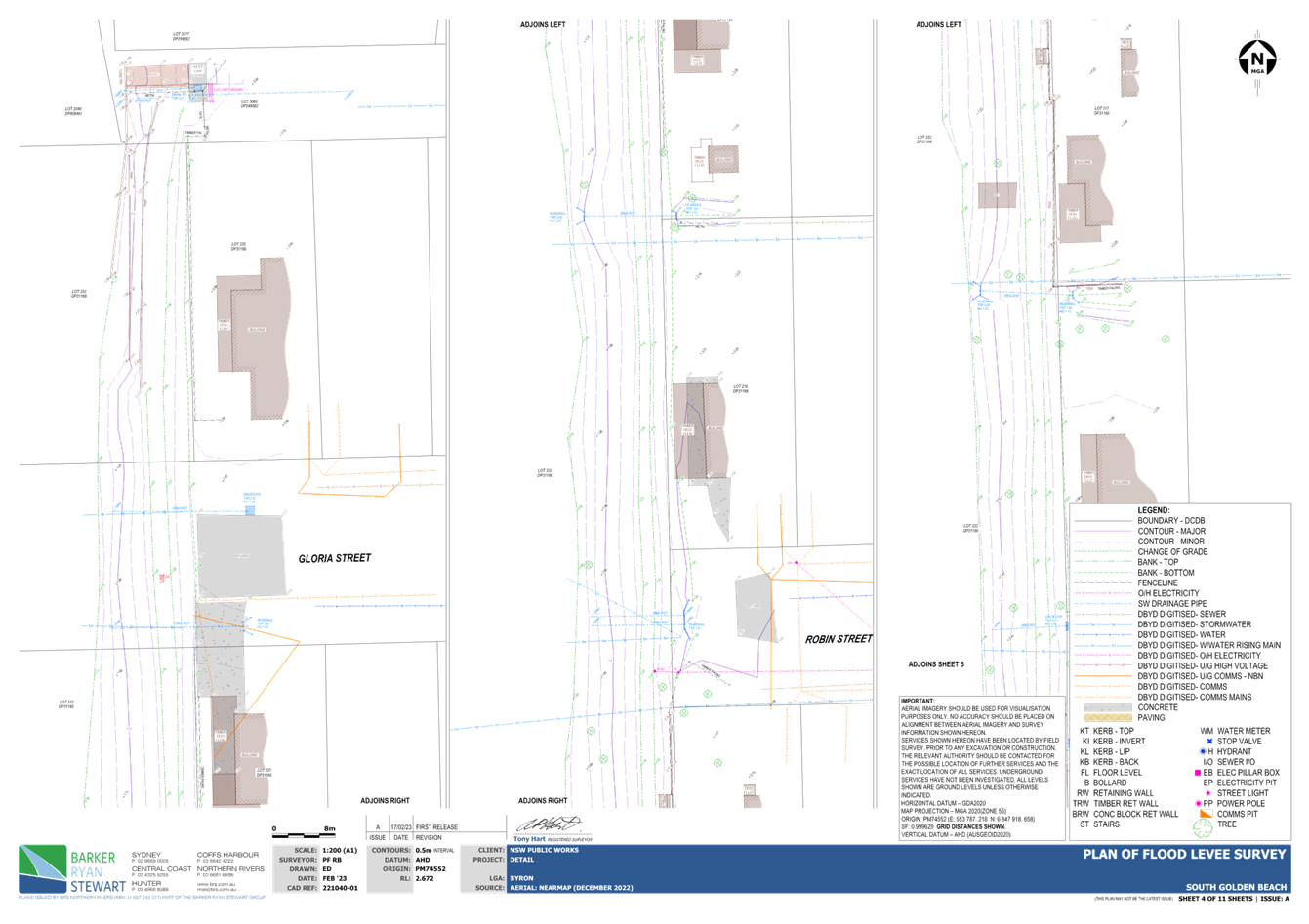

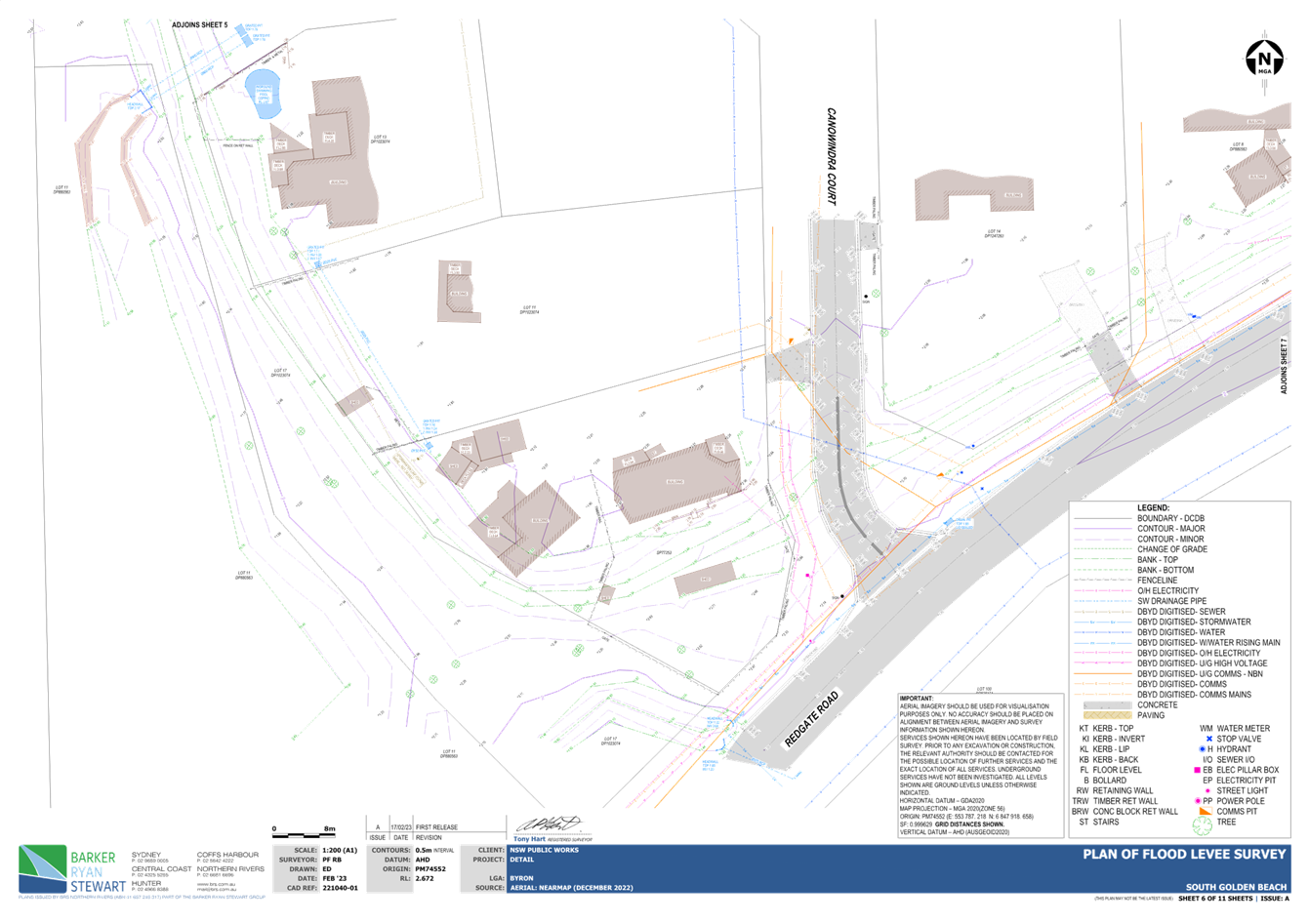
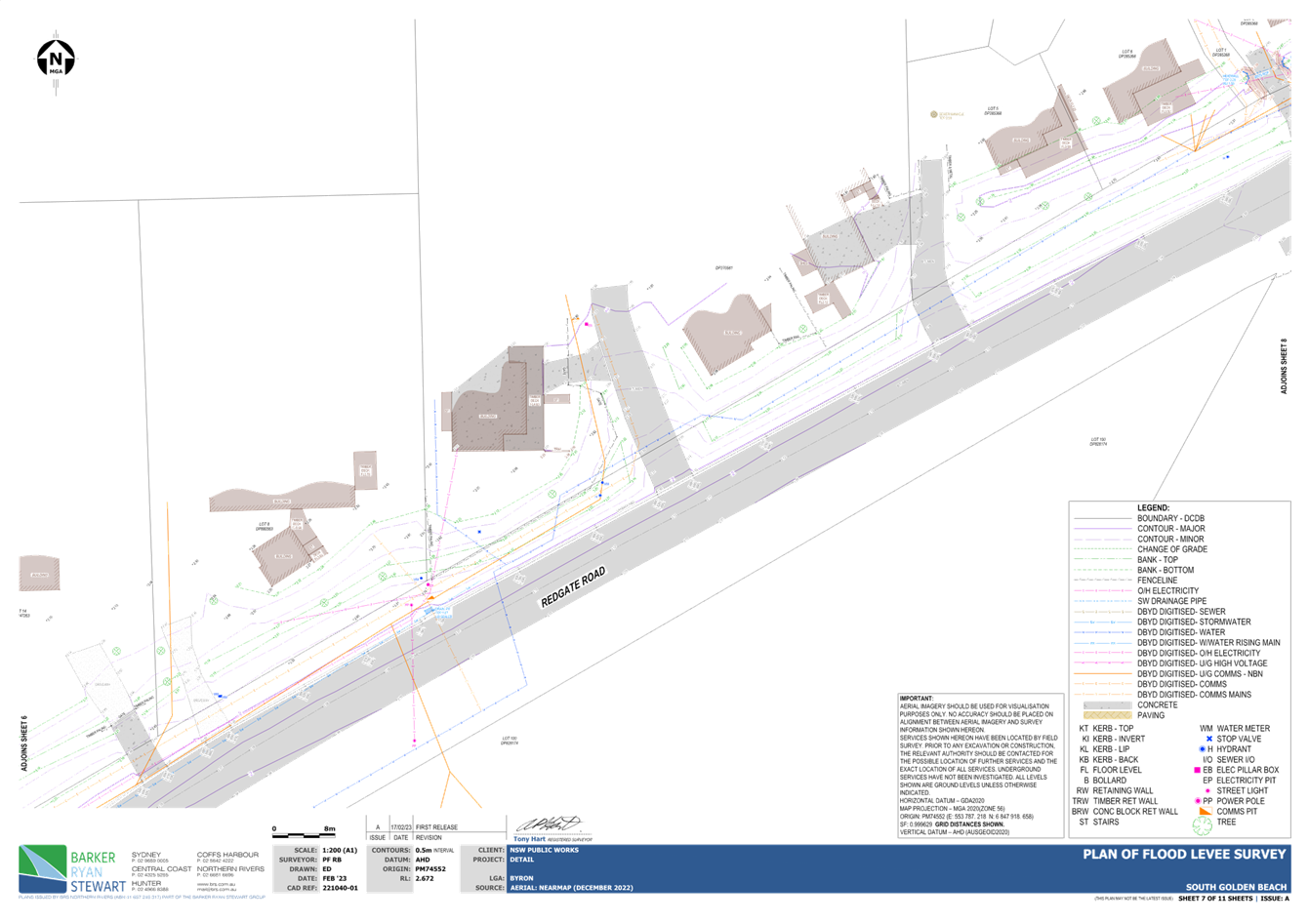
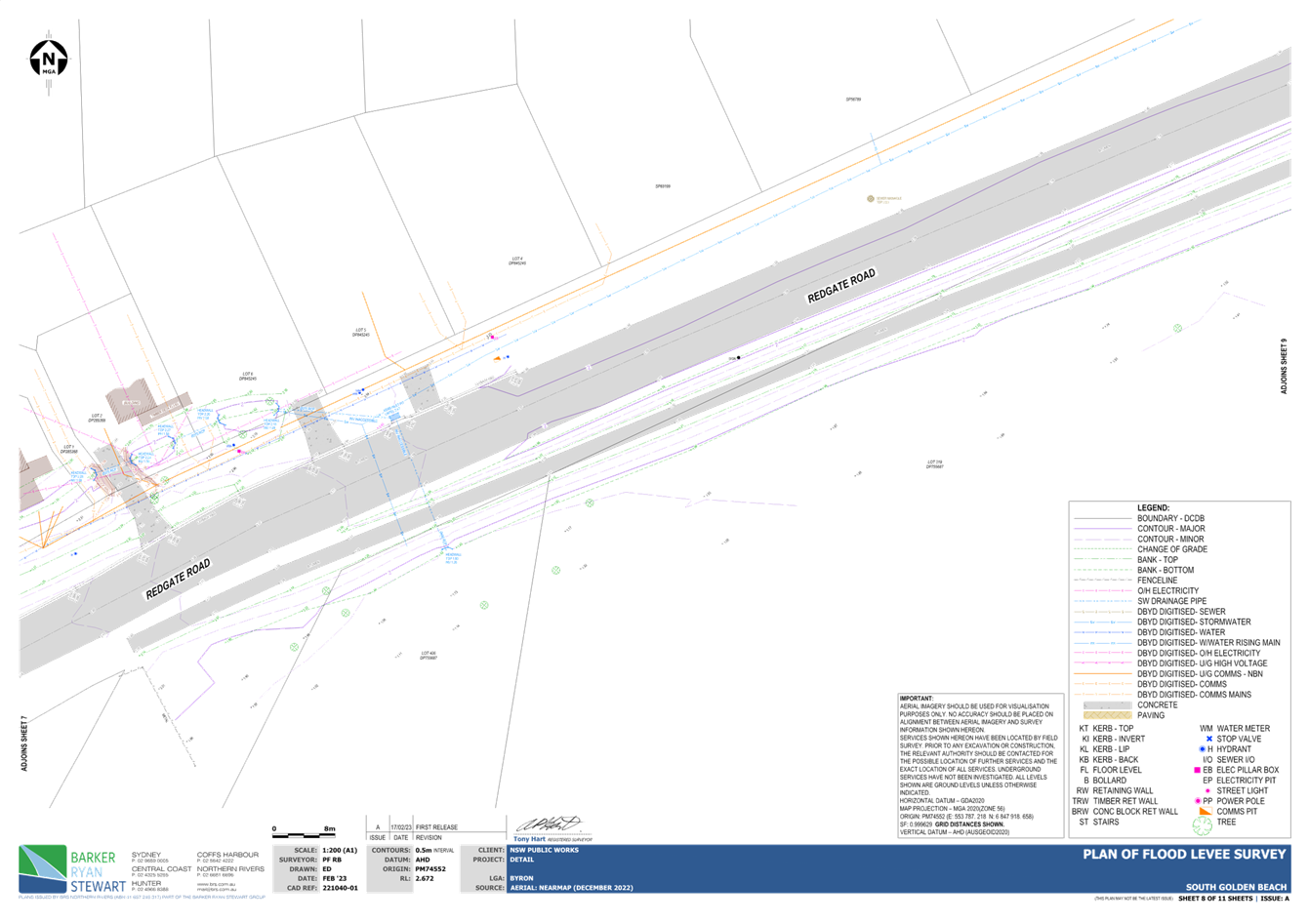
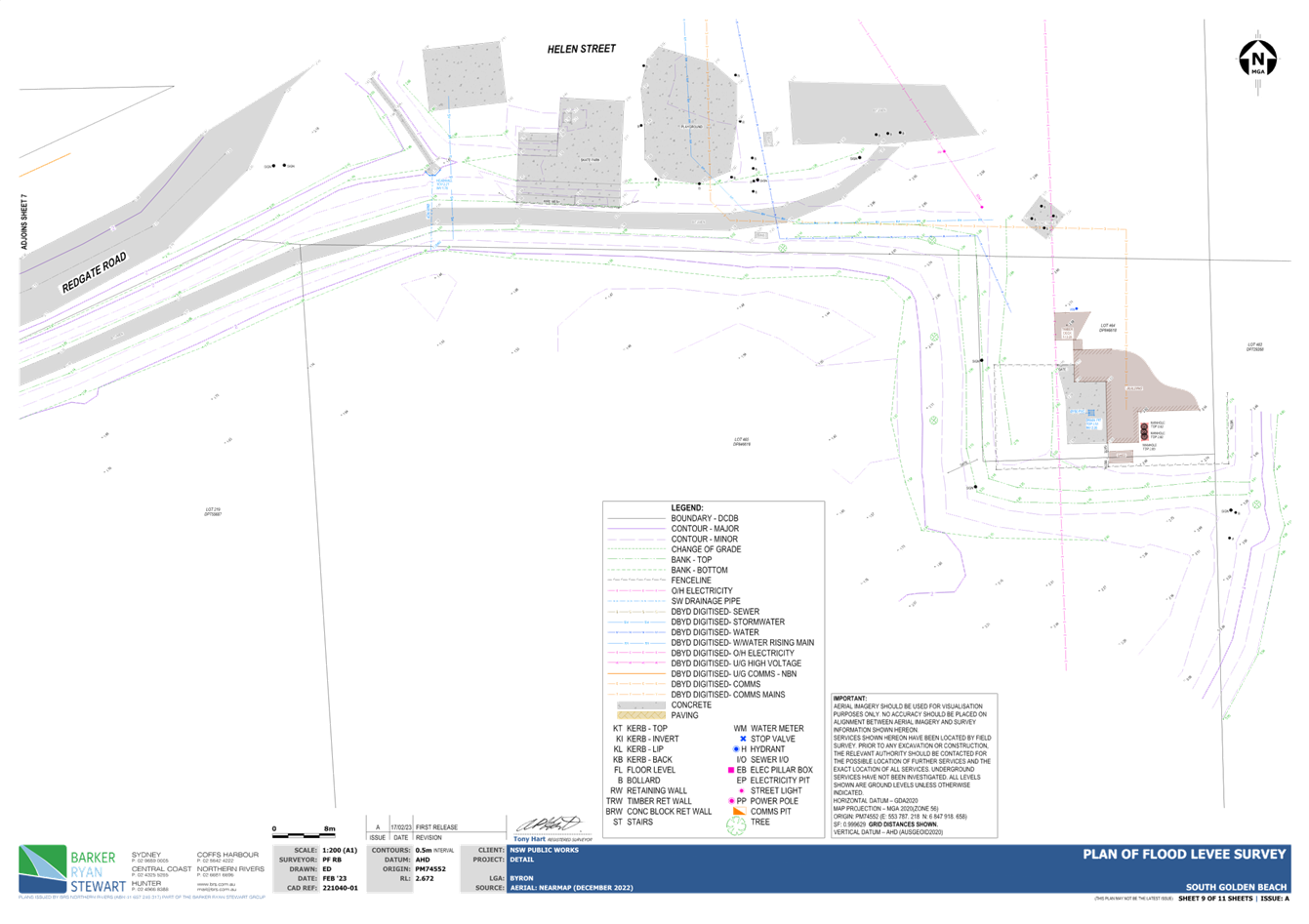


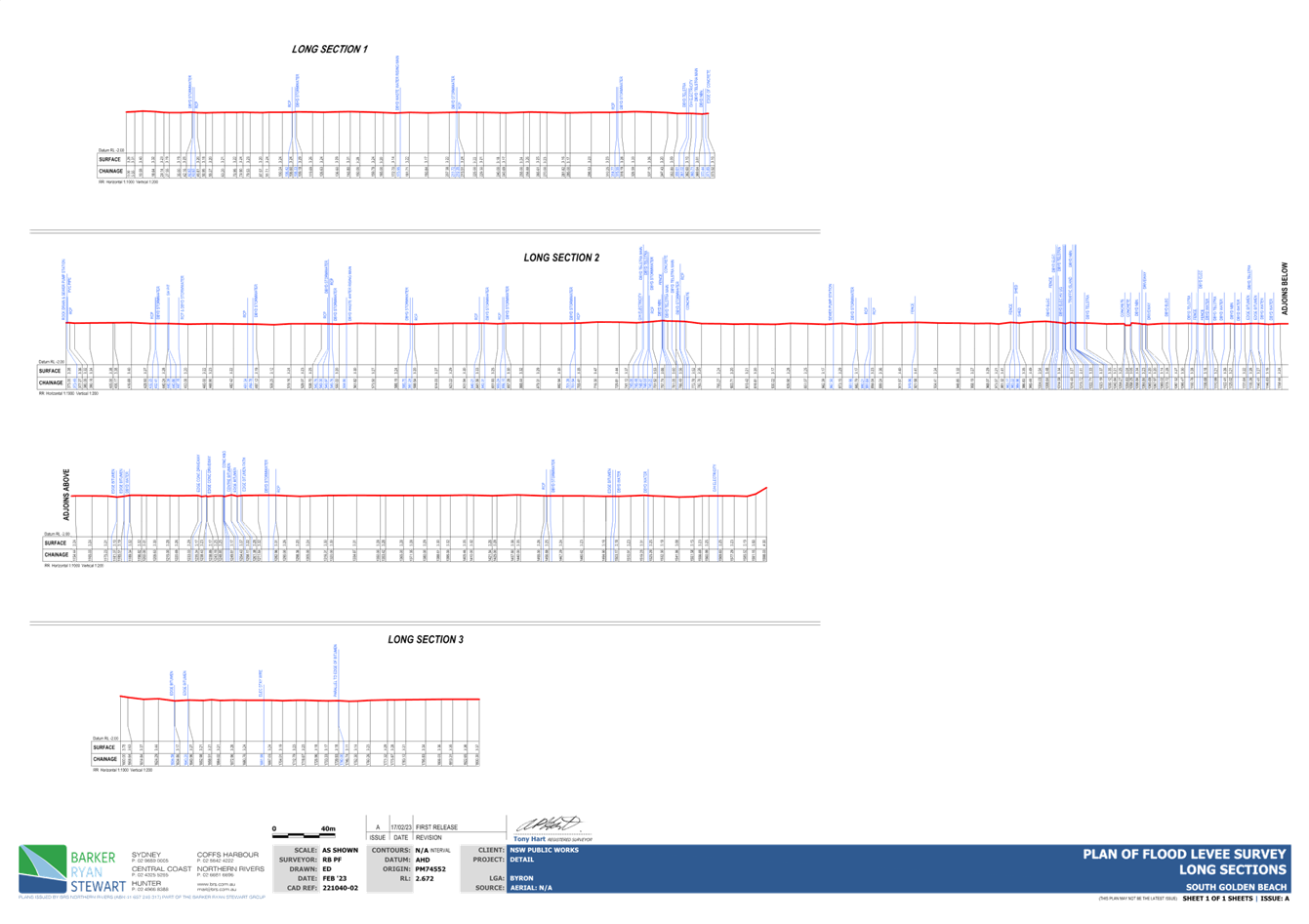

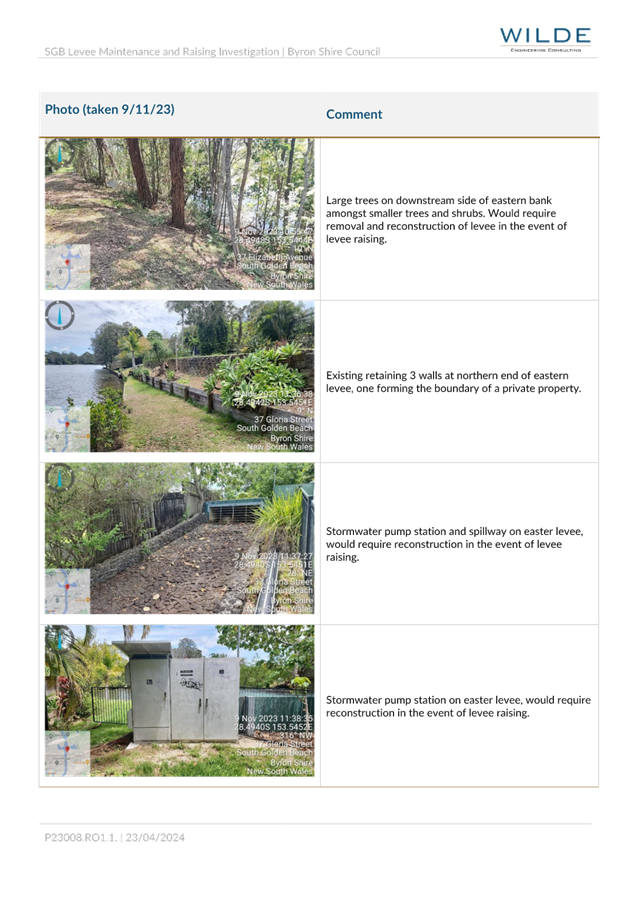
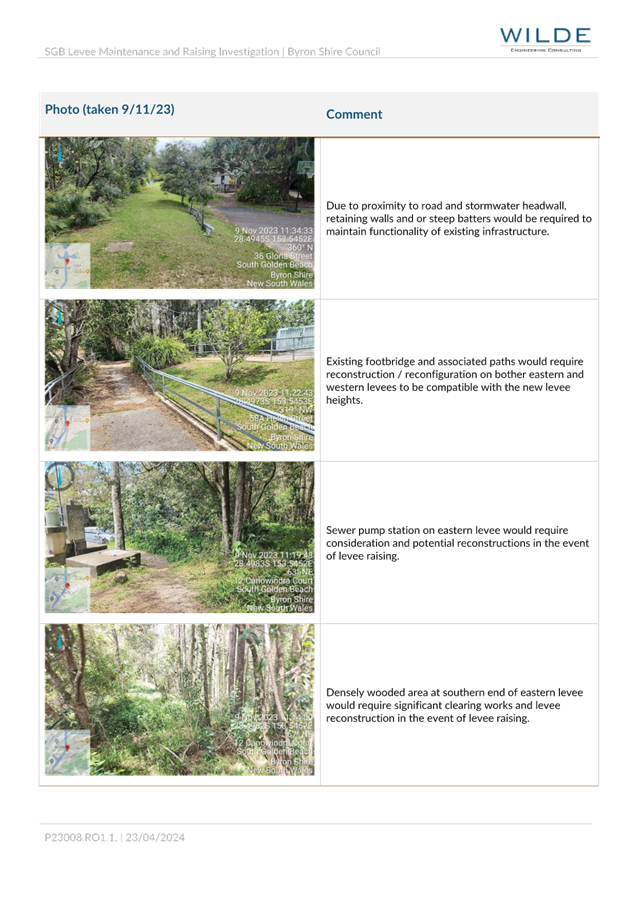
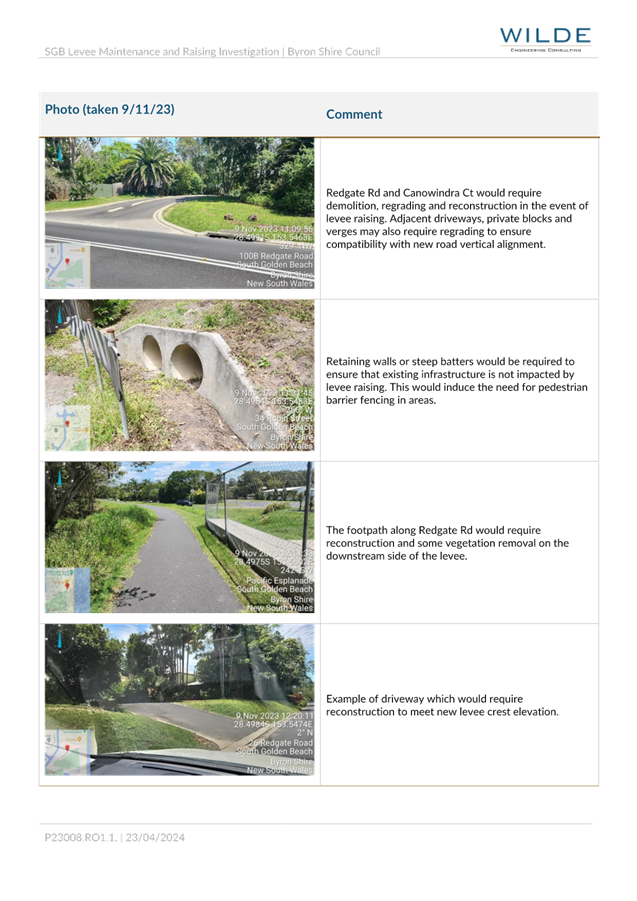

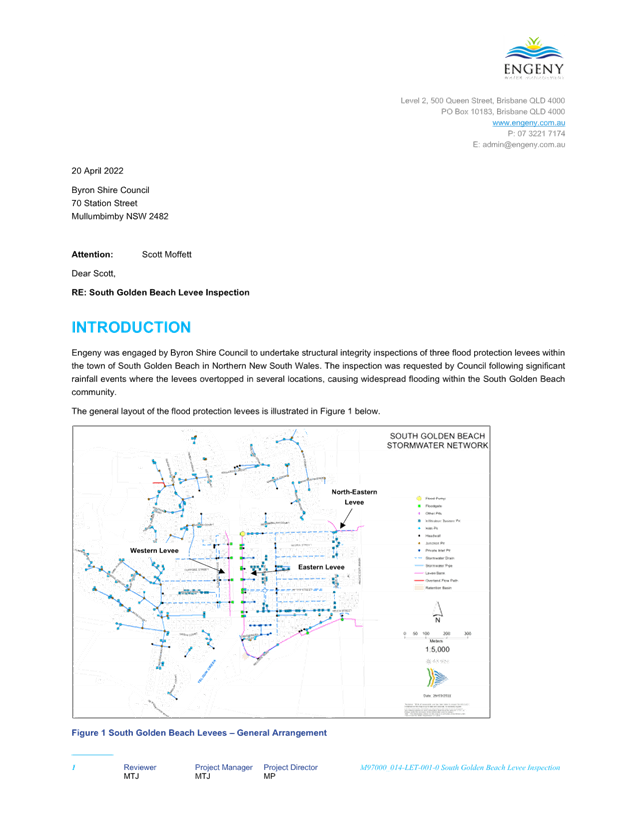
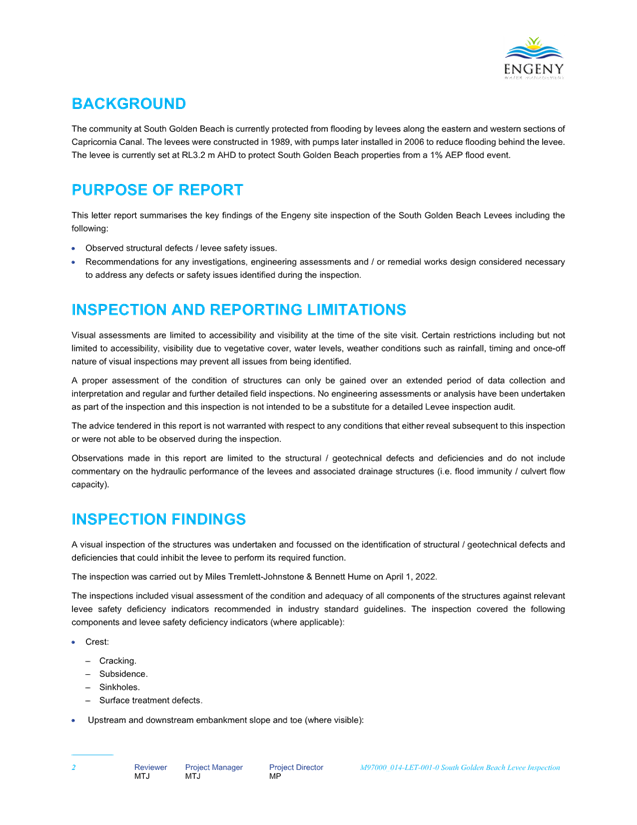

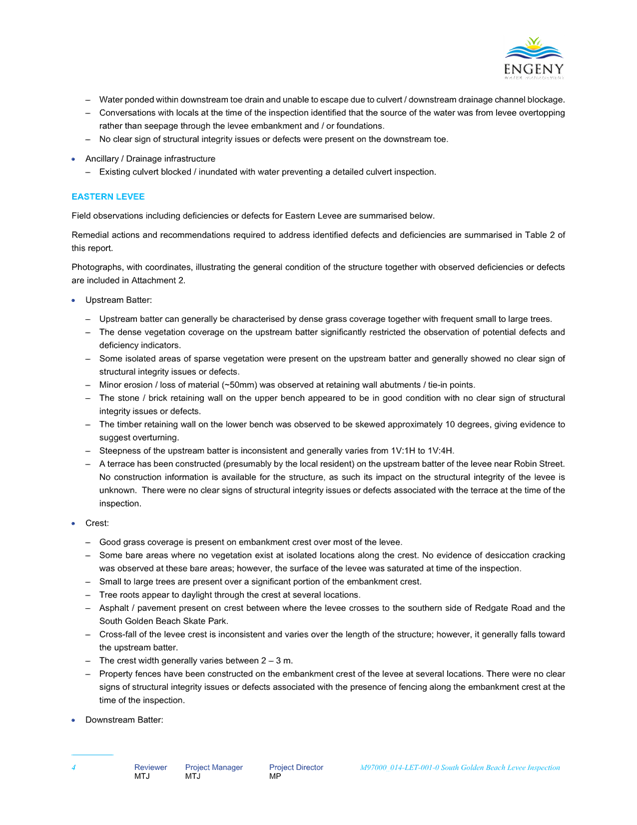
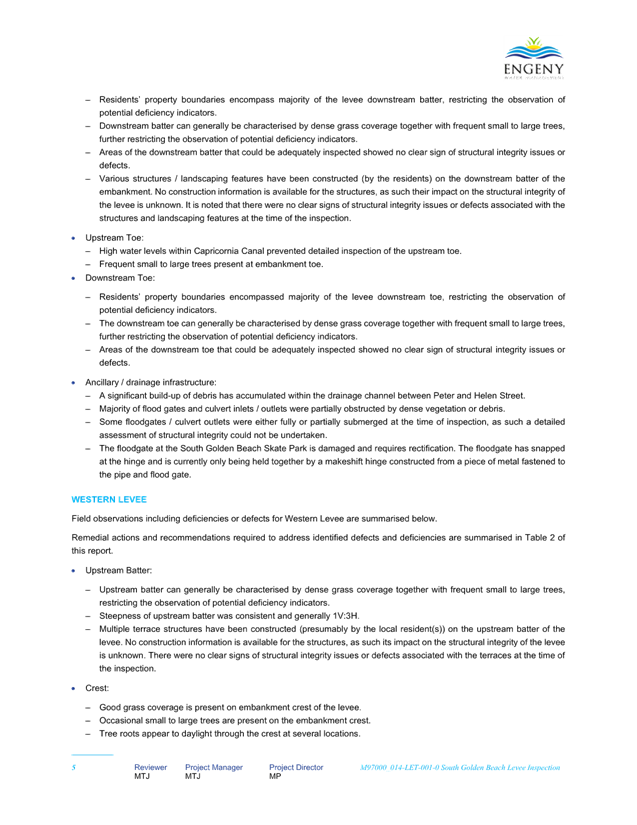

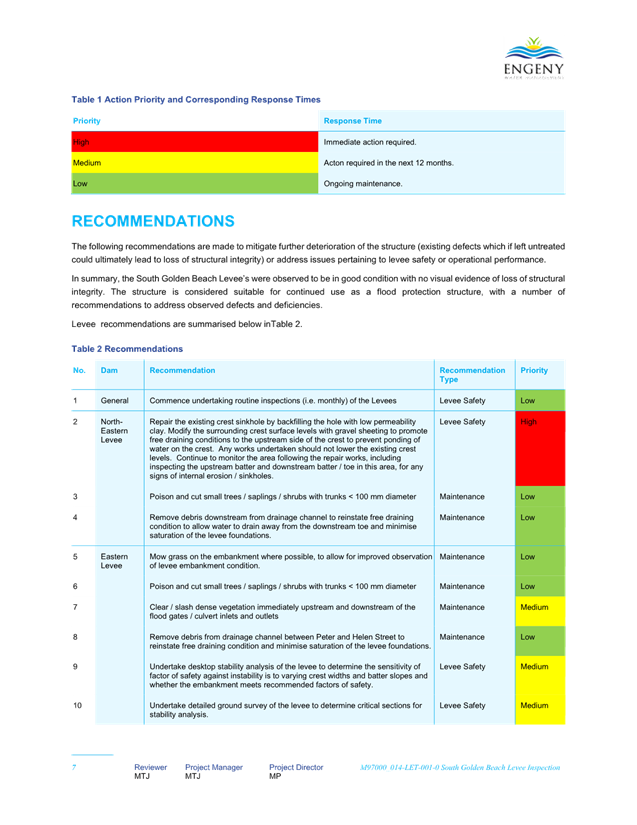



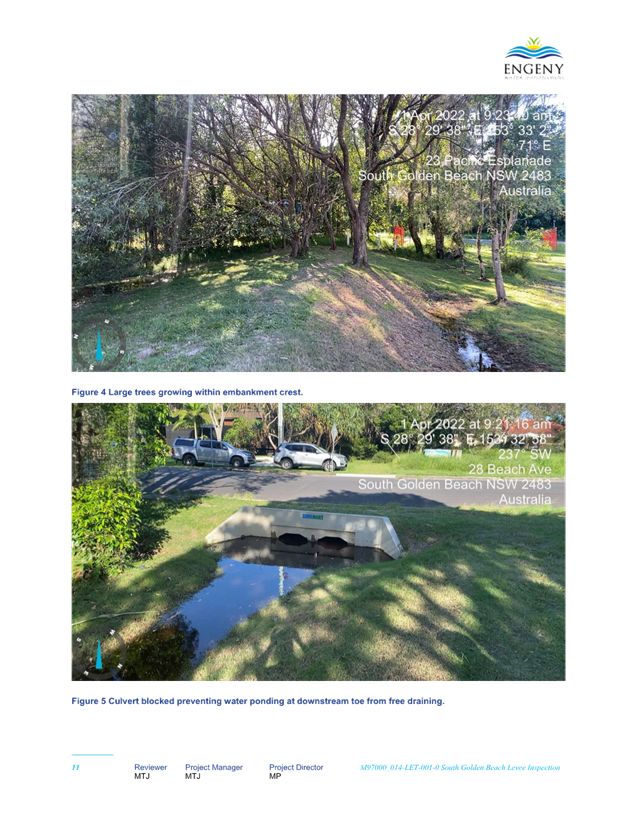
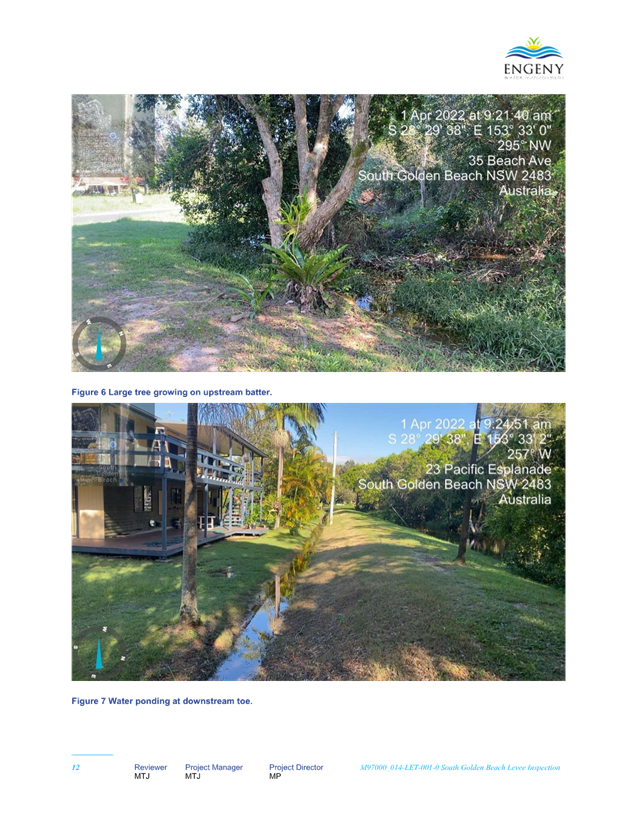
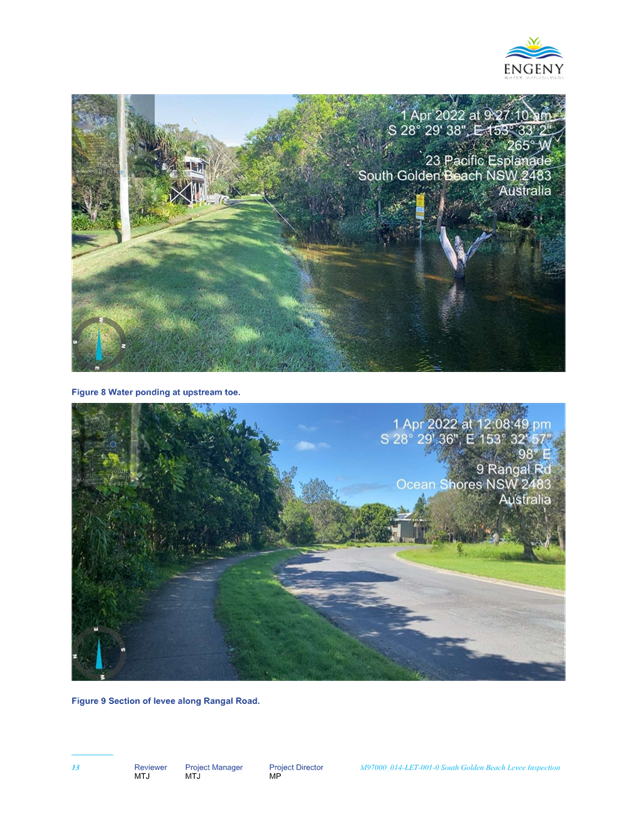

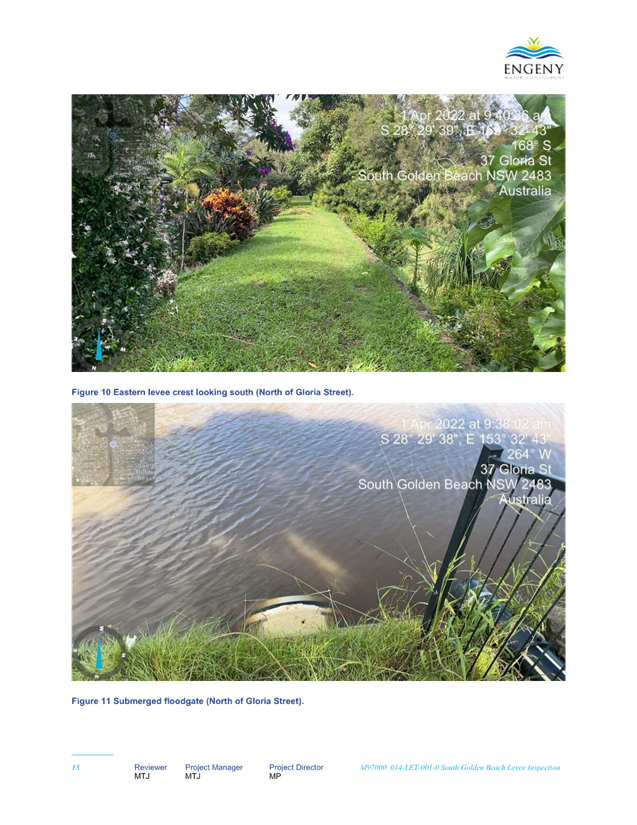

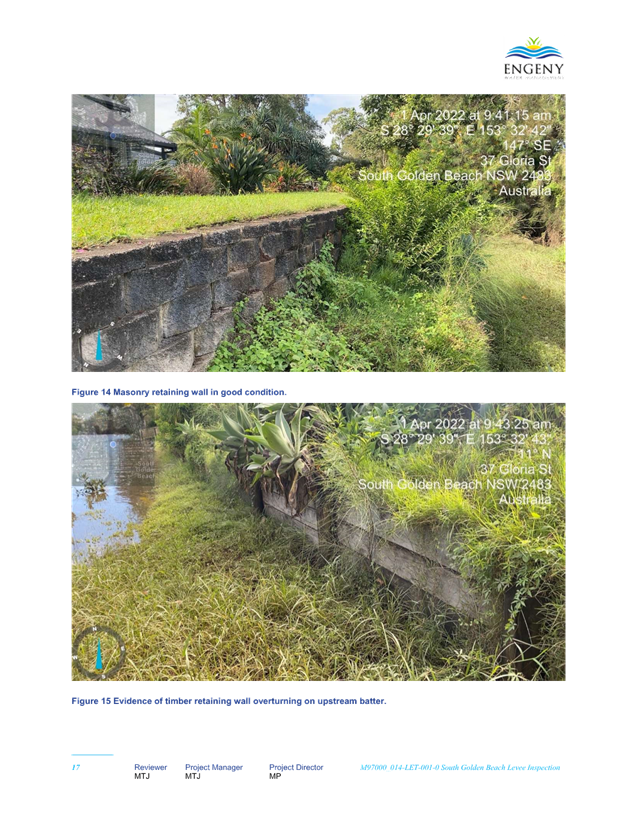
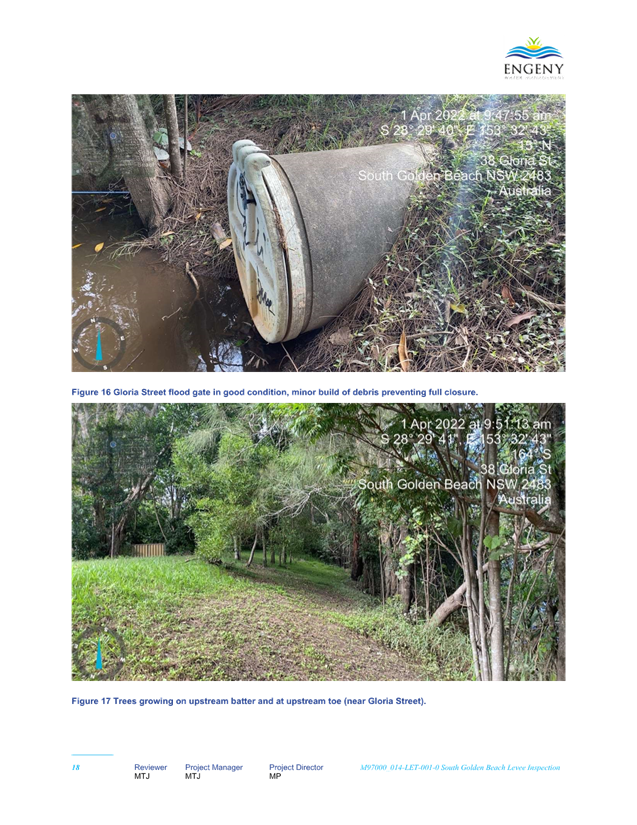
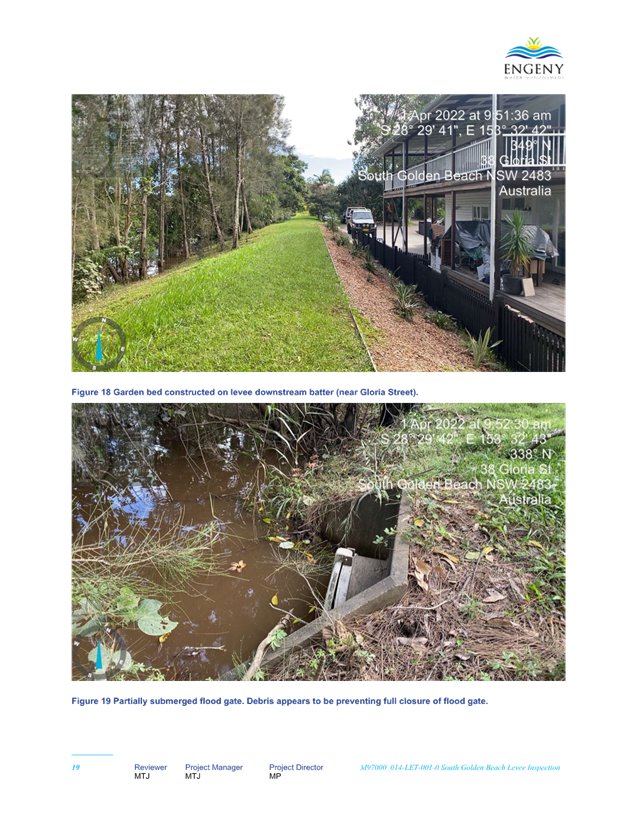


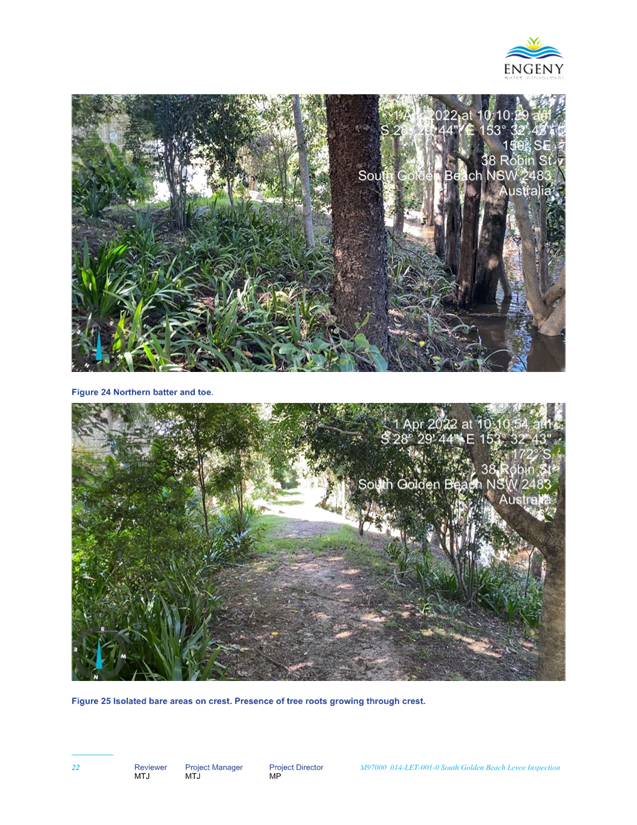
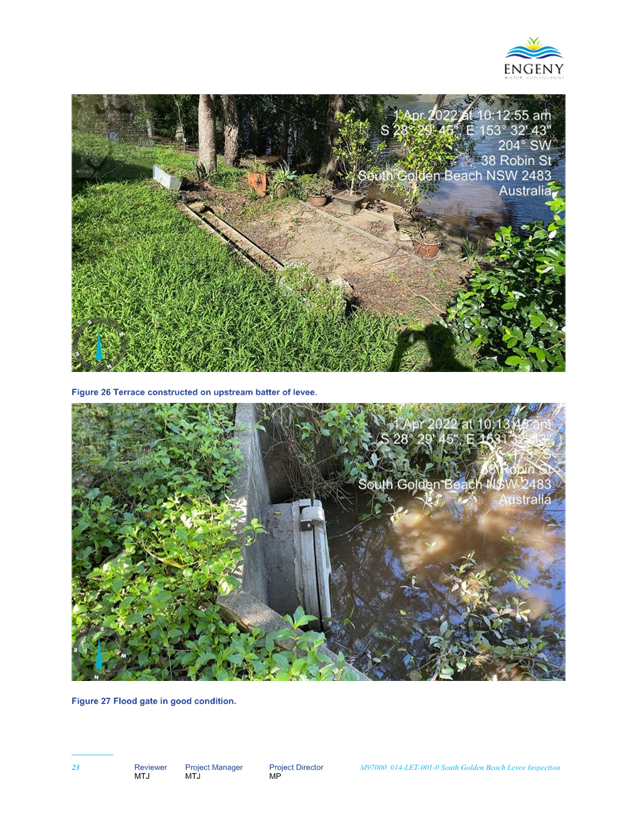

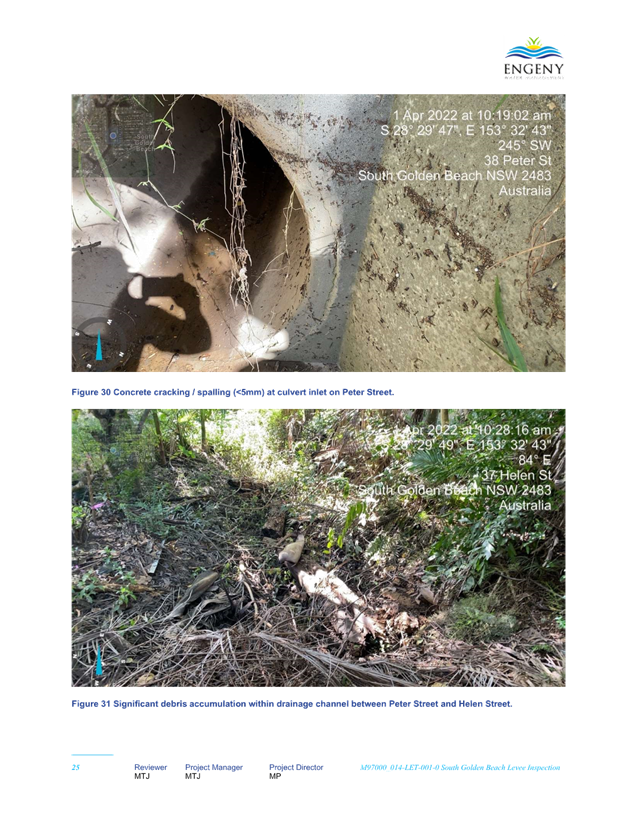
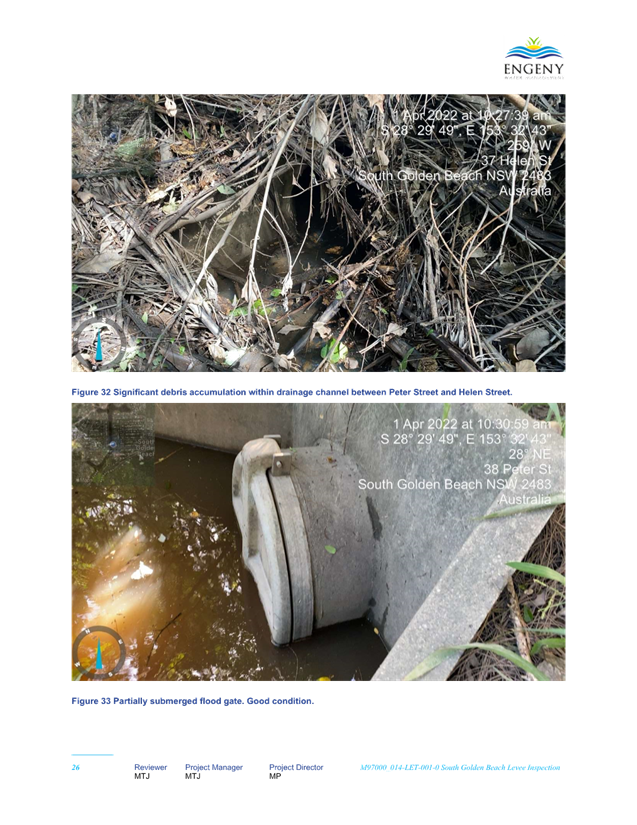
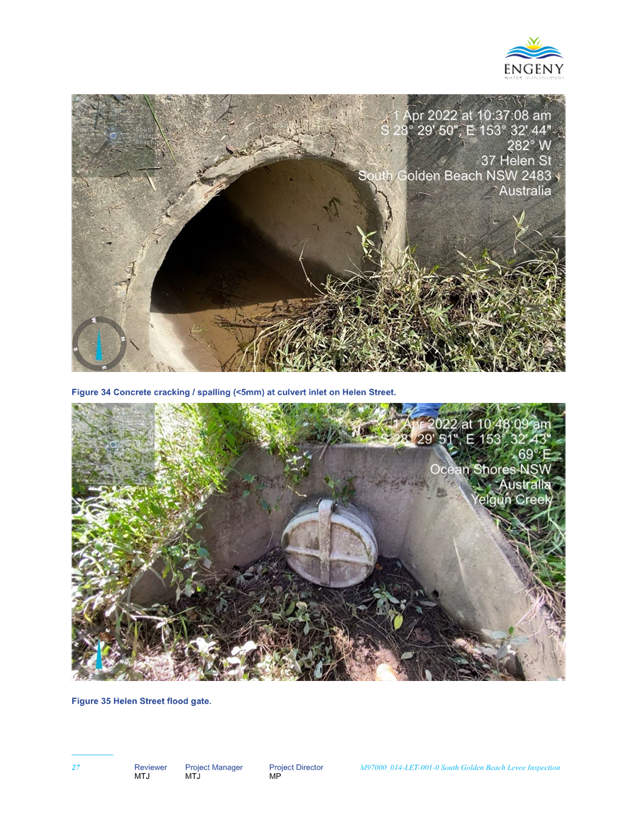
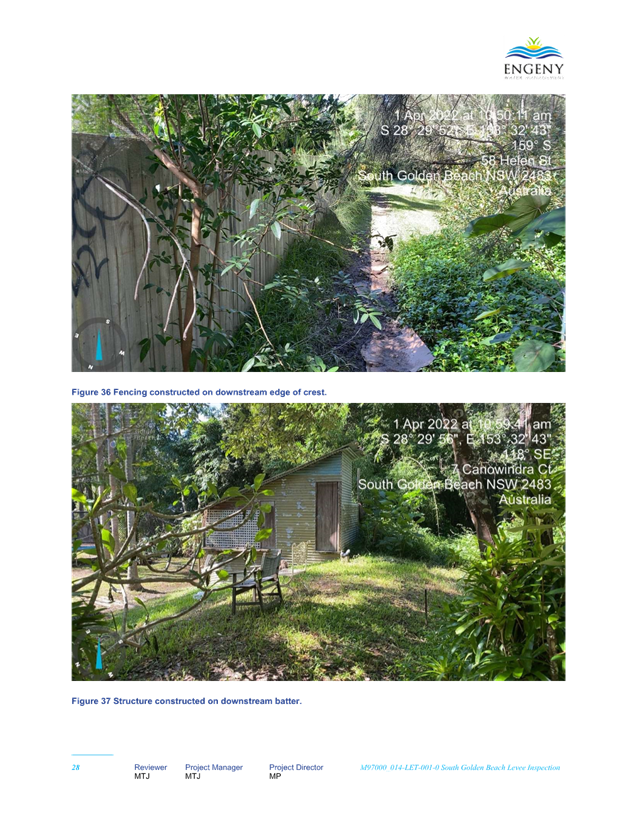



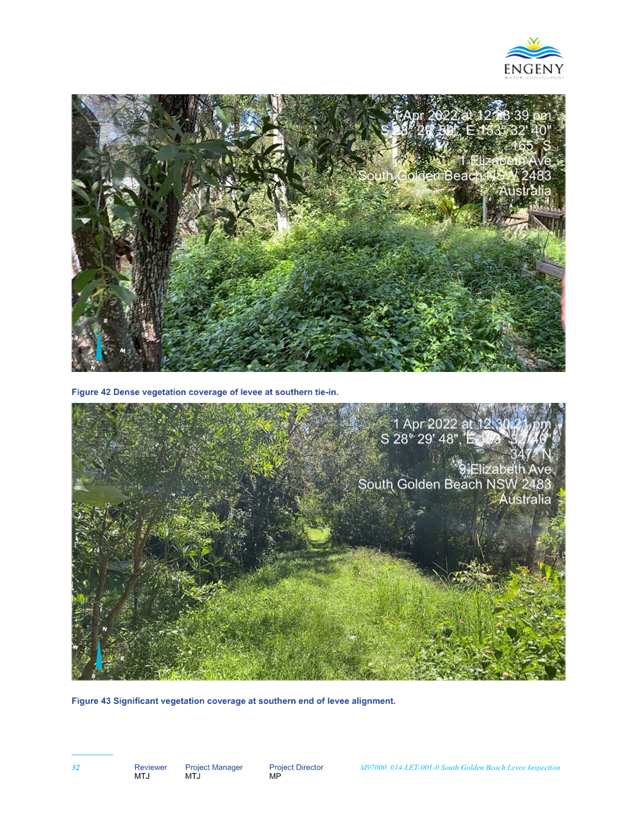
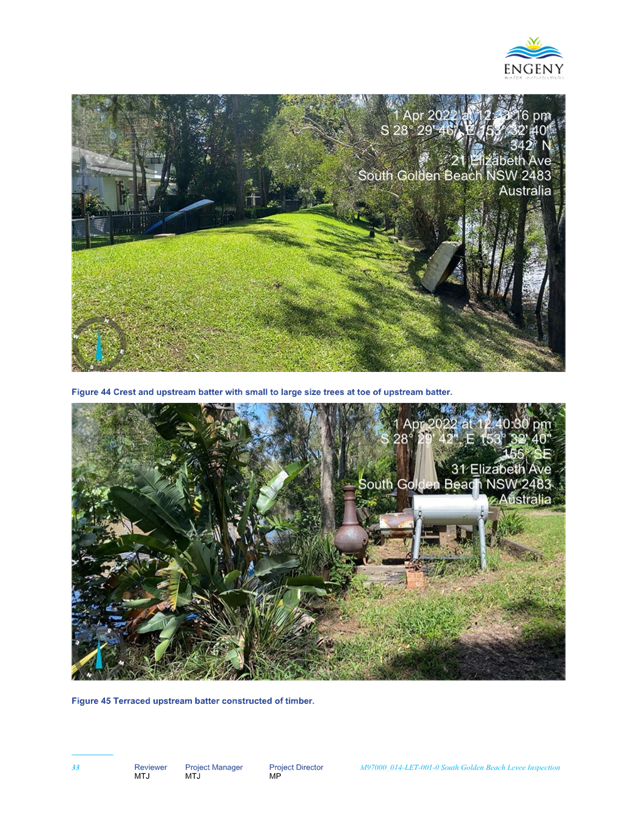

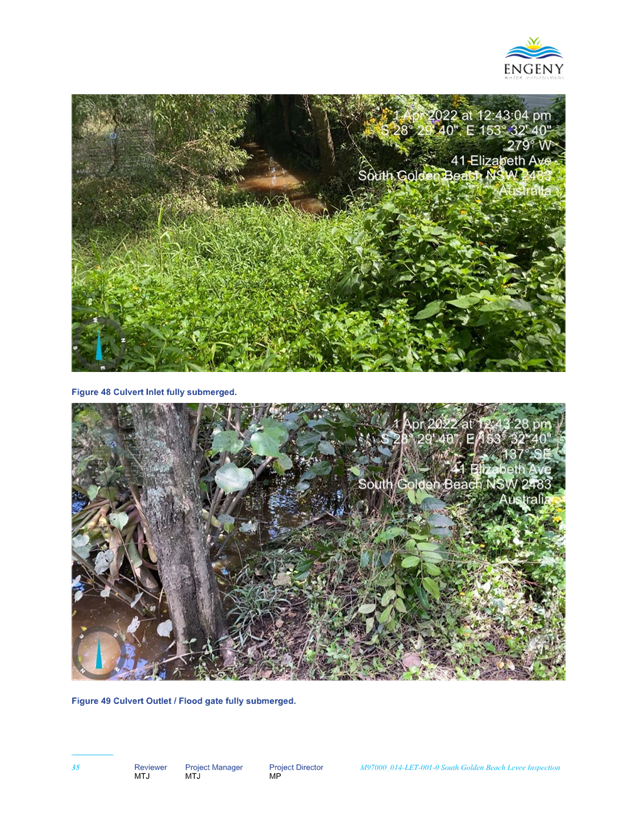
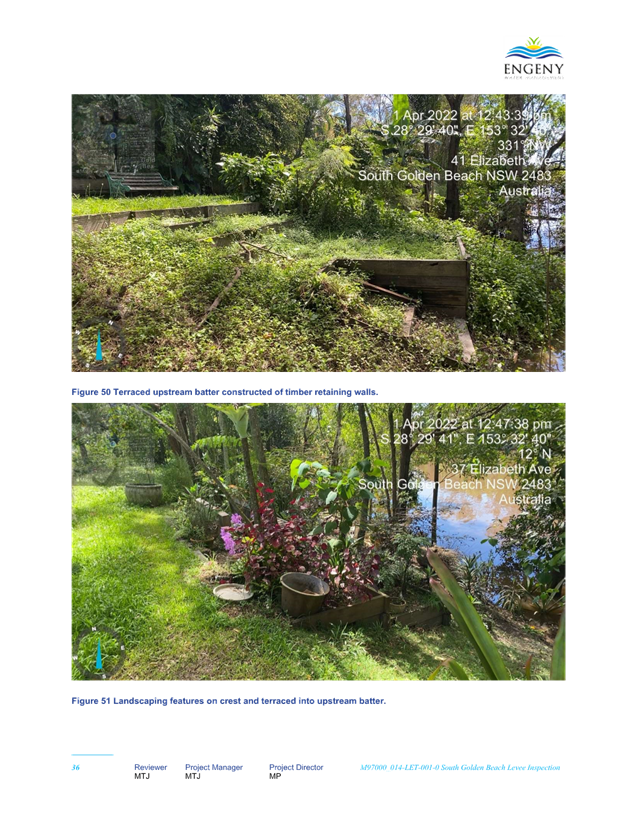
 Figure 1-1: Project
site
Figure 1-1: Project
site
































